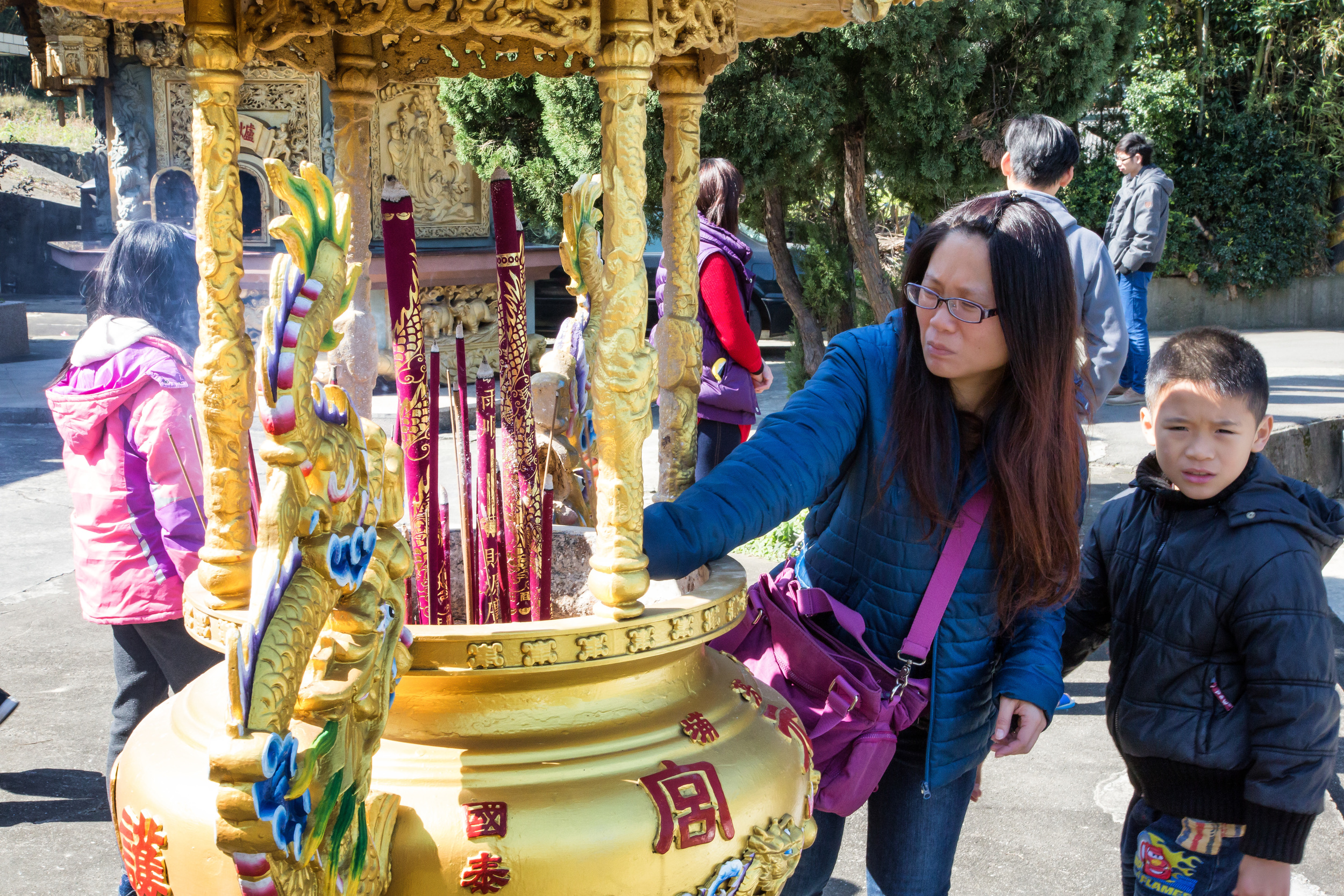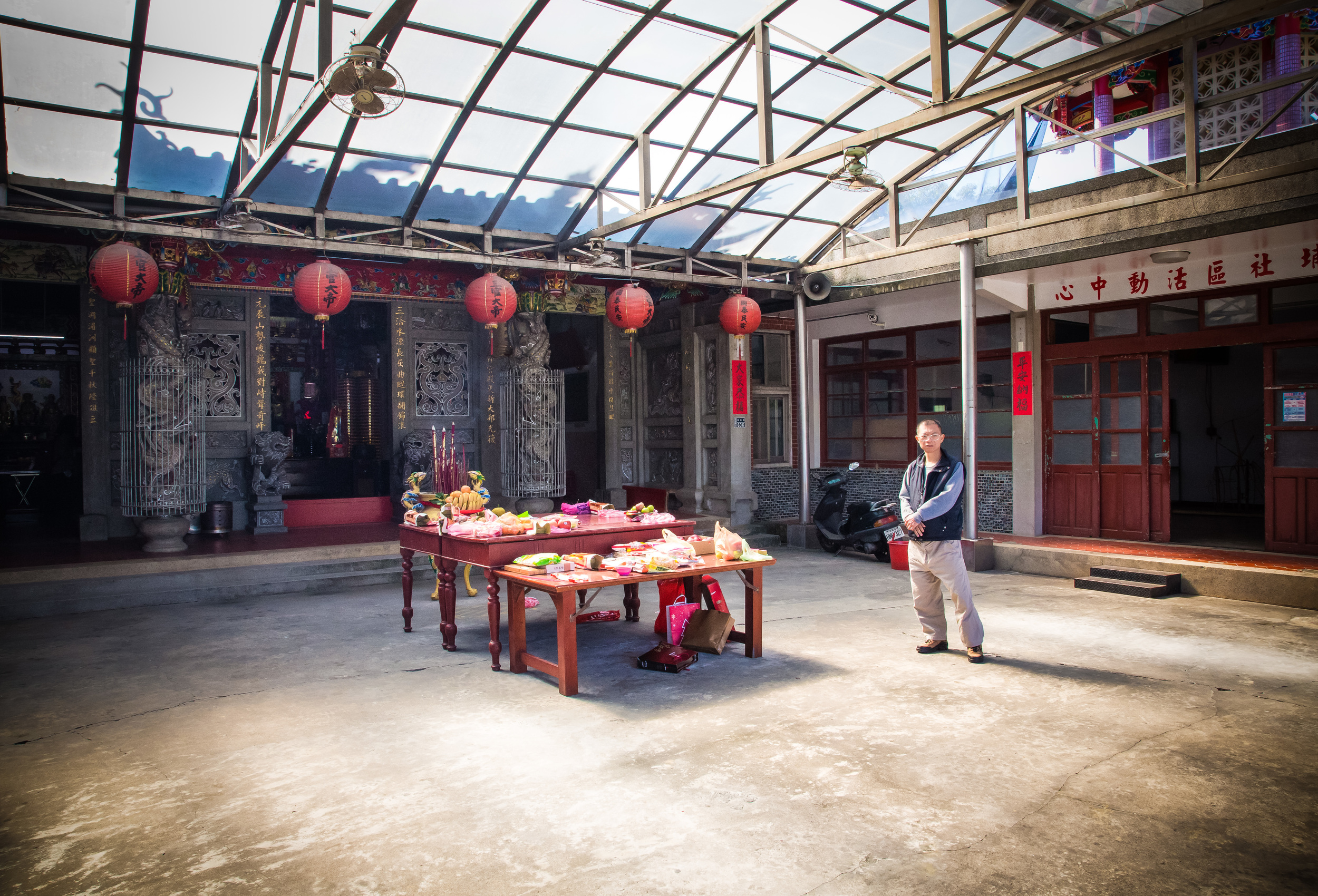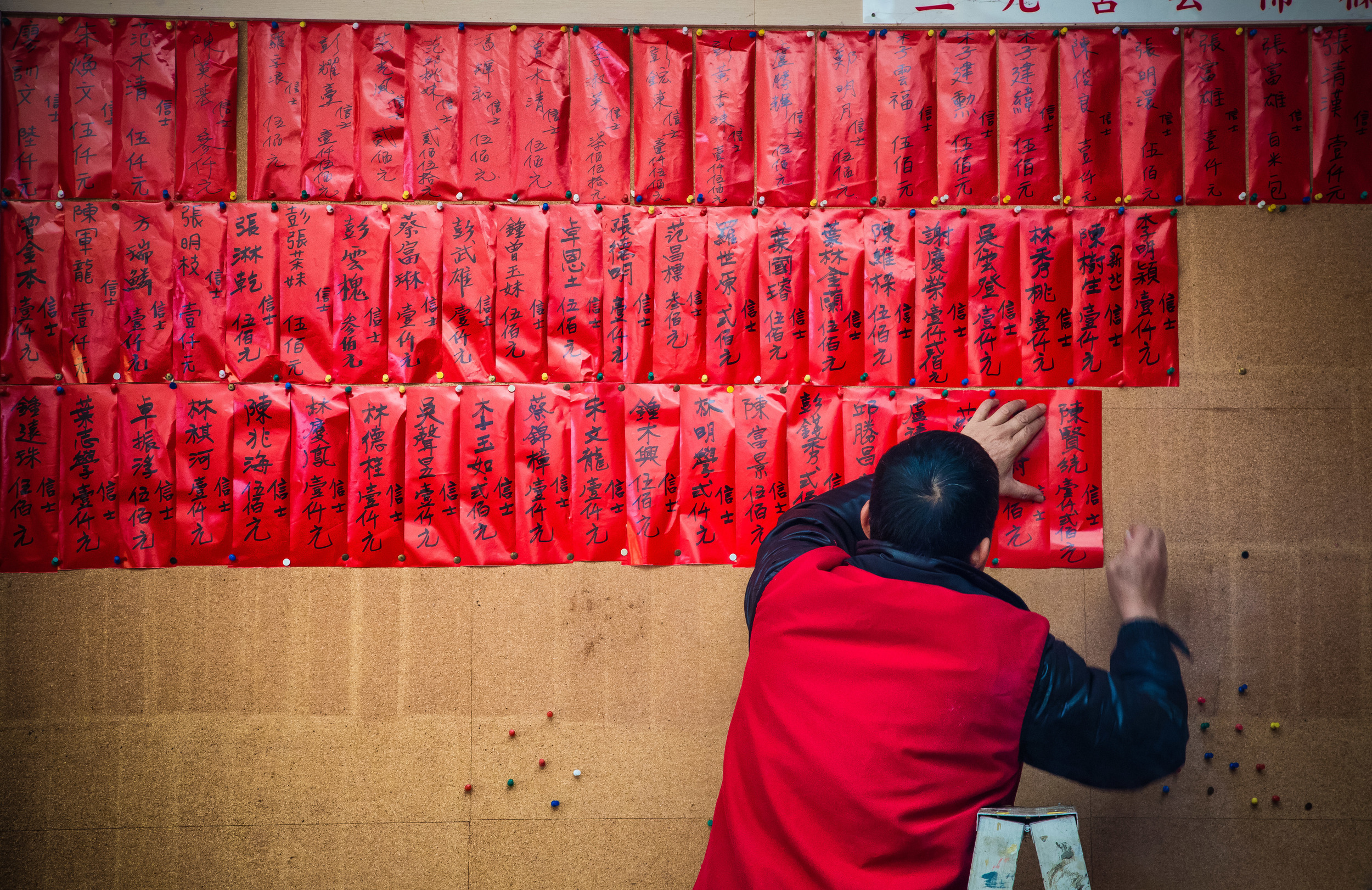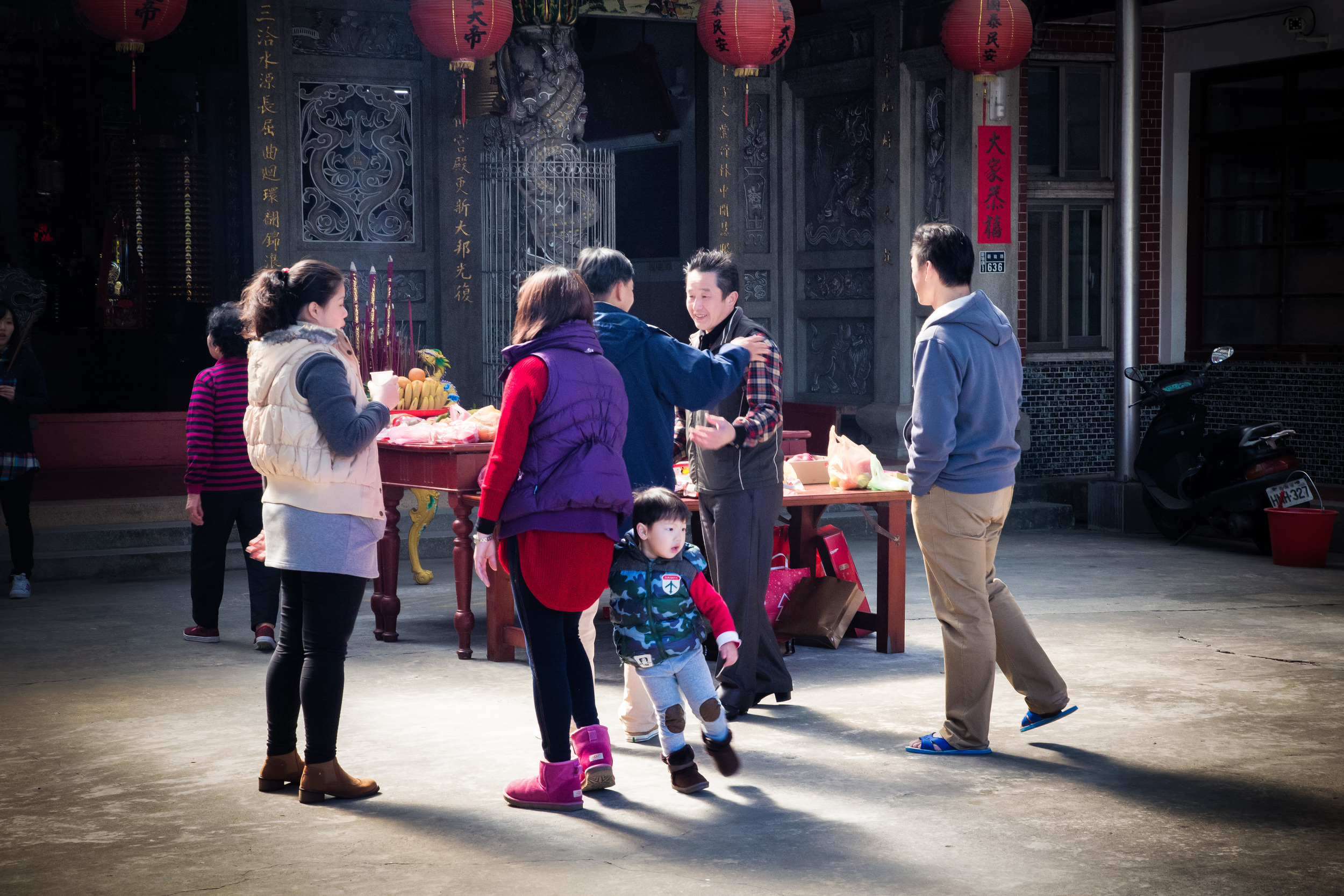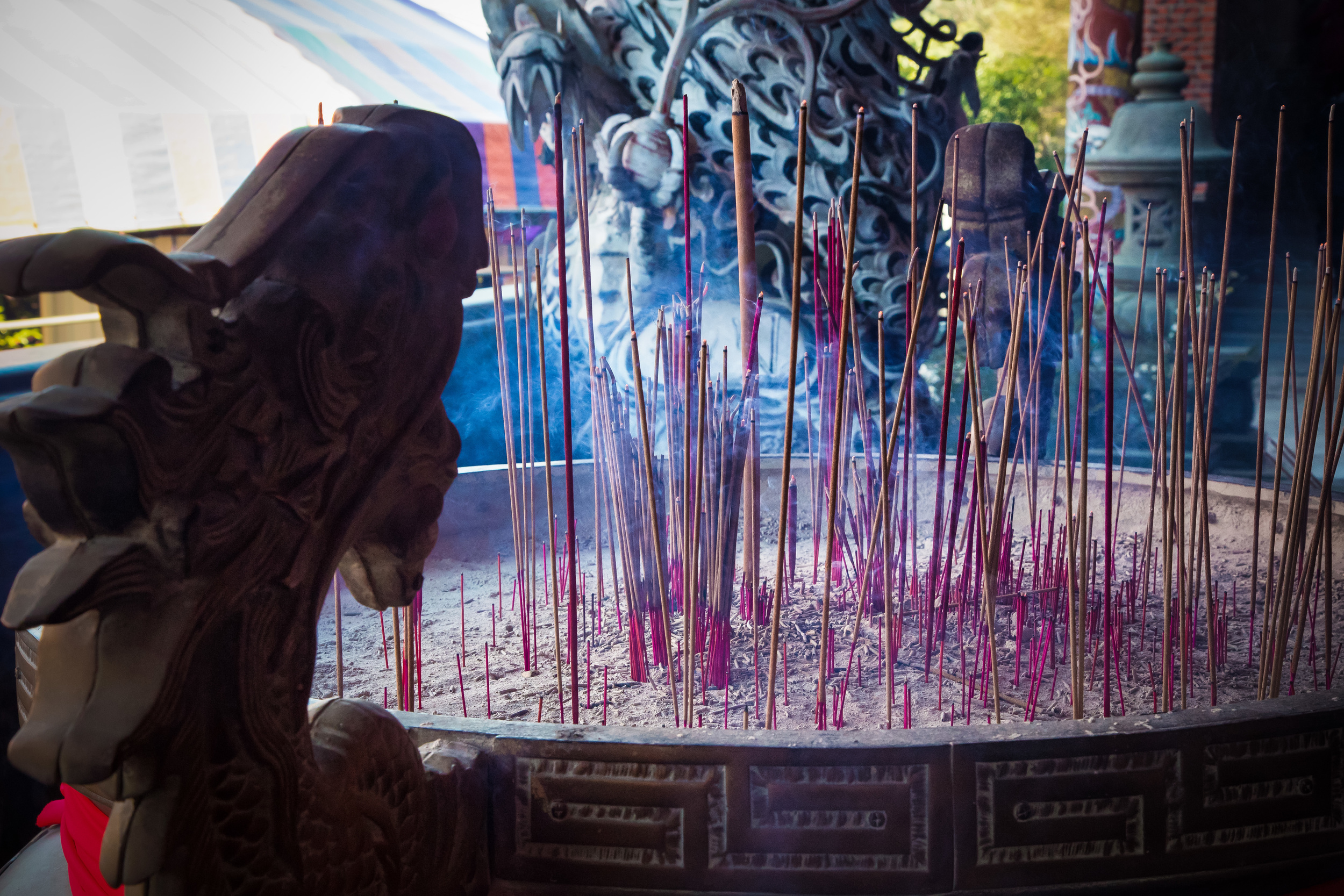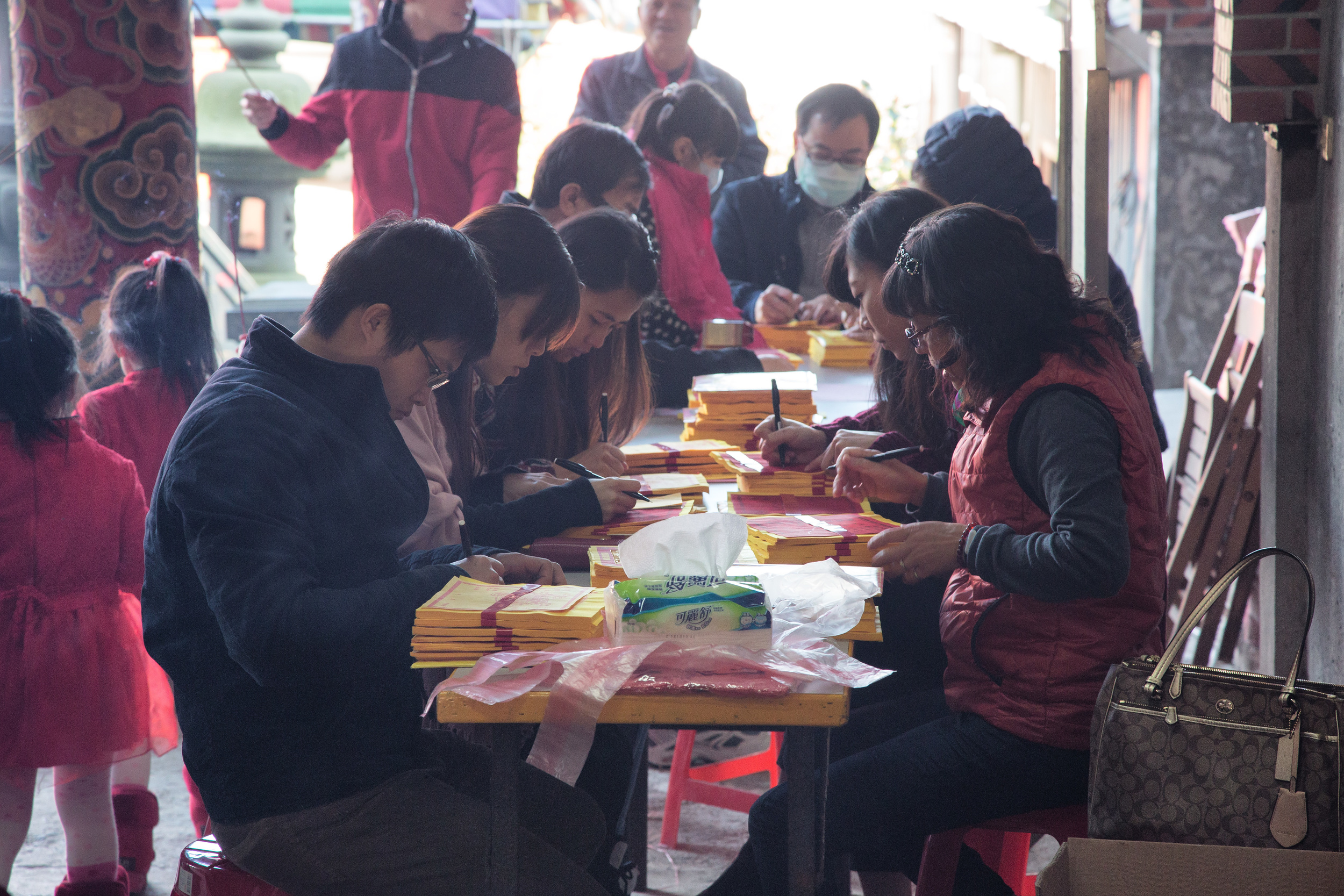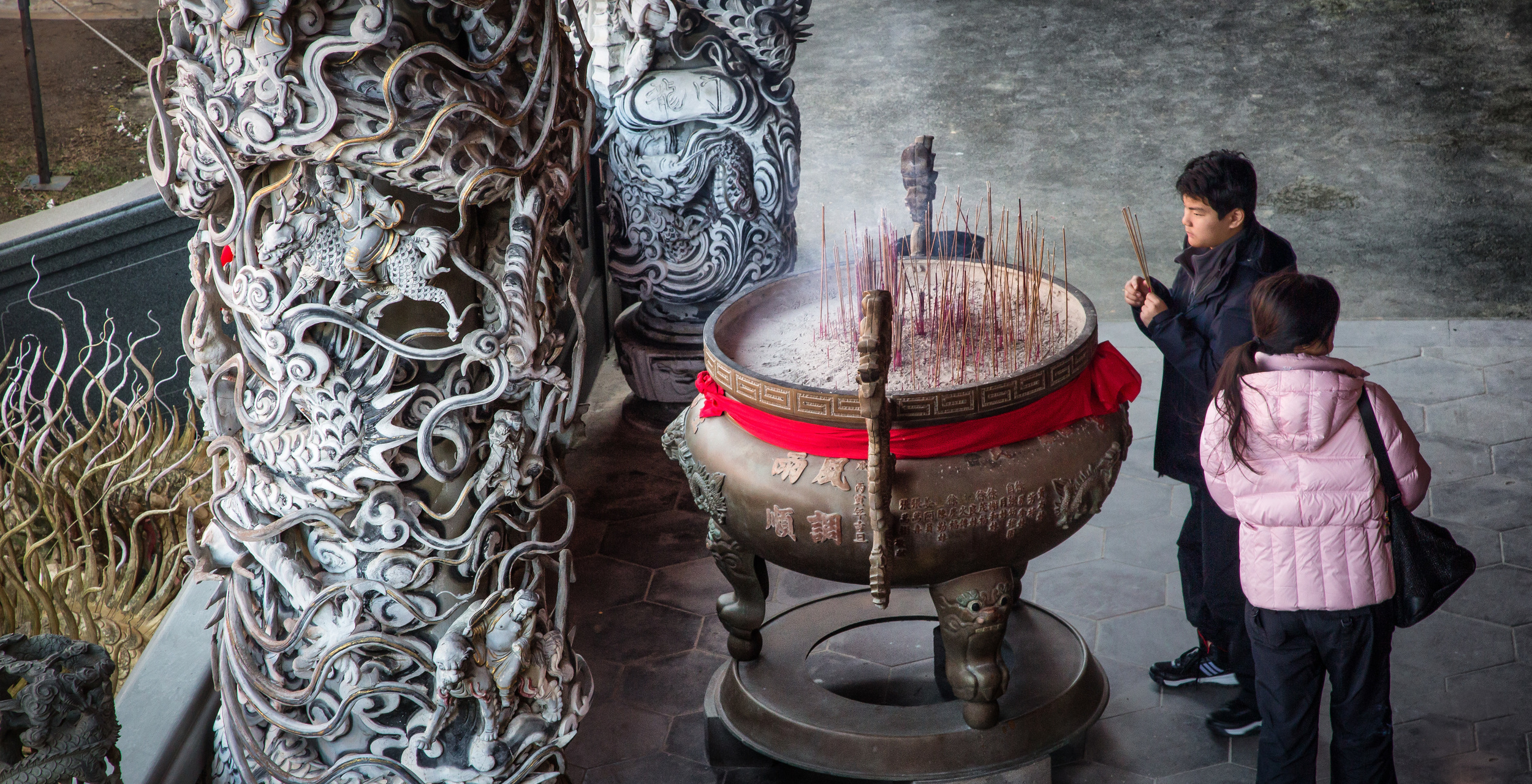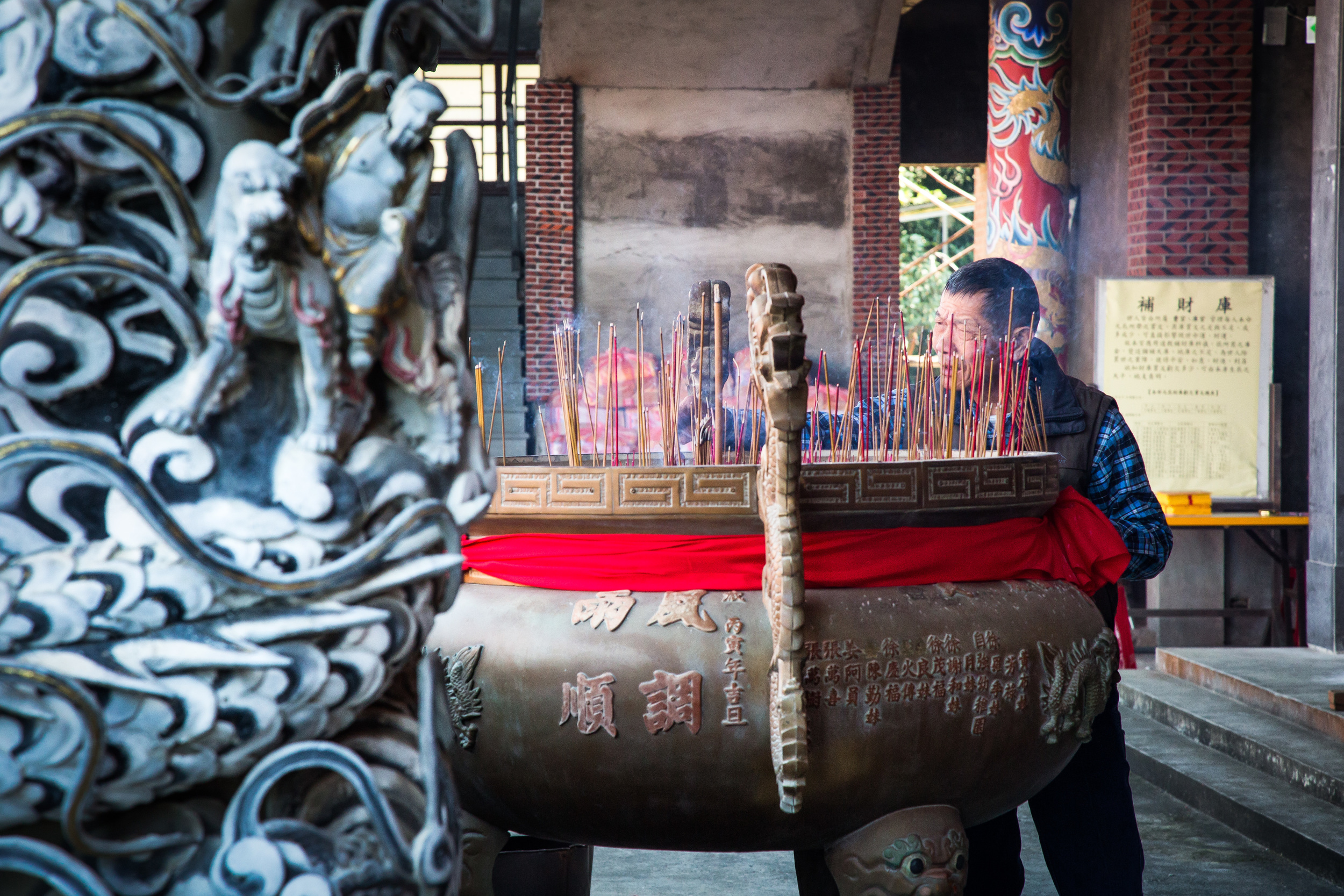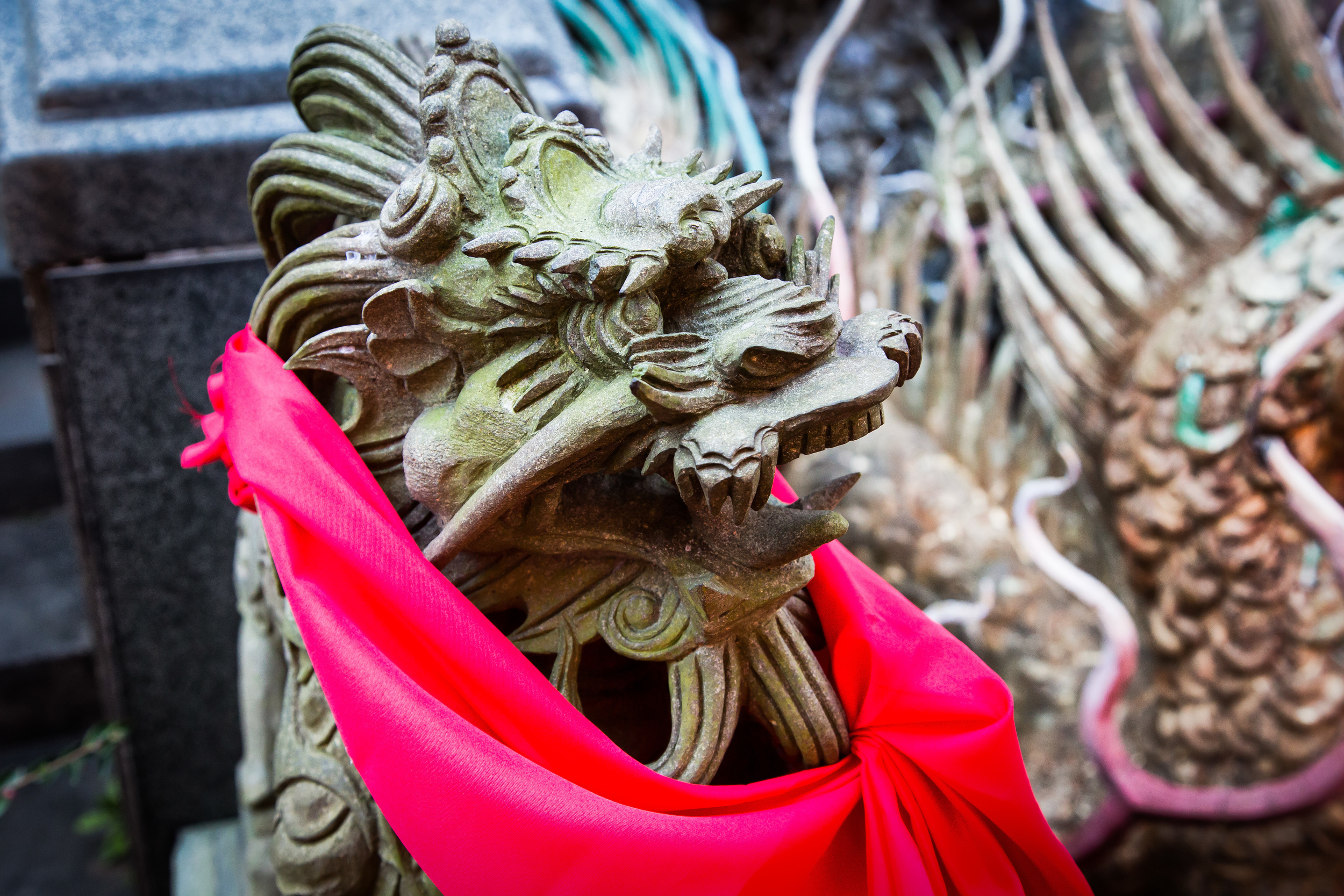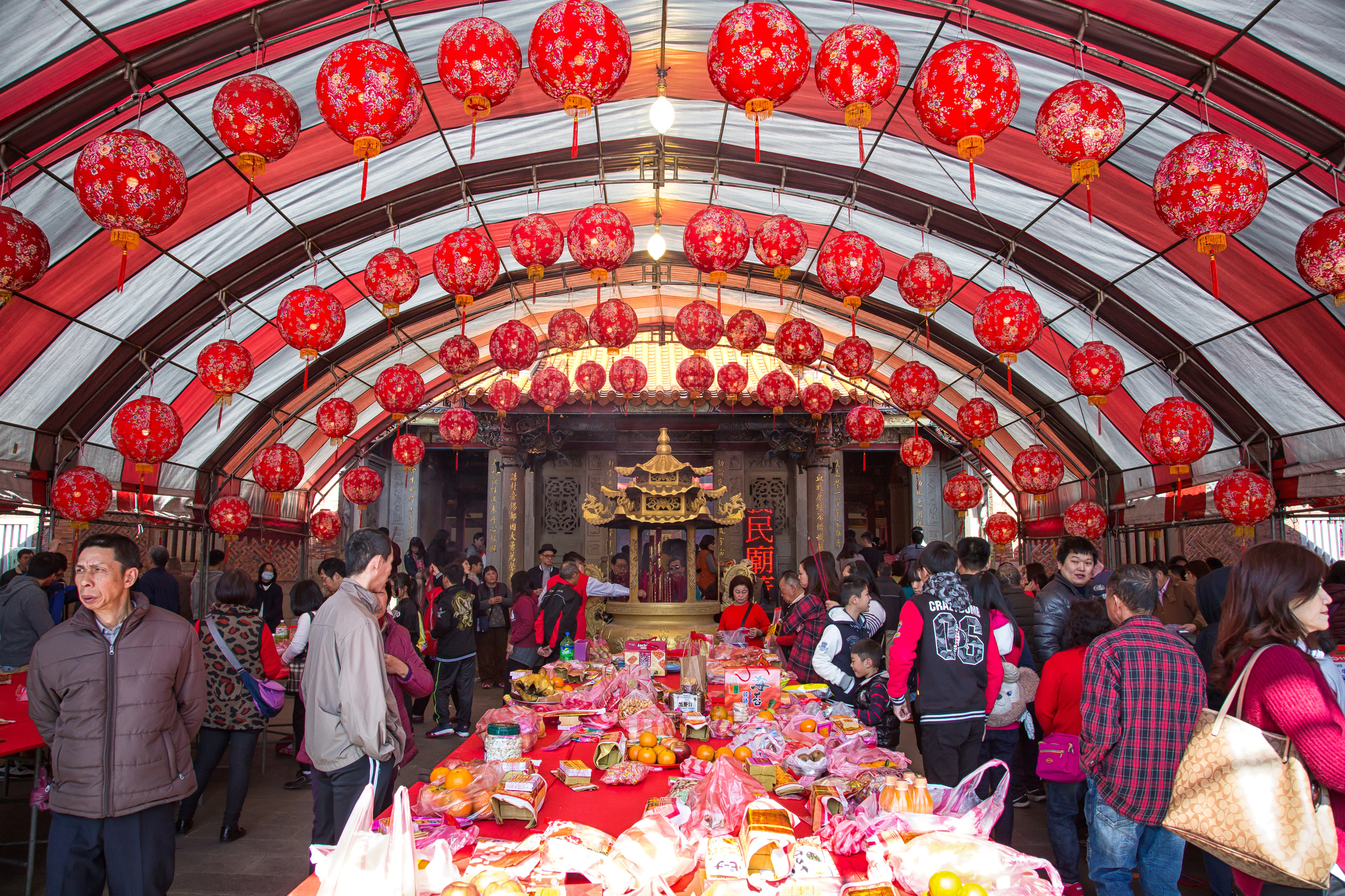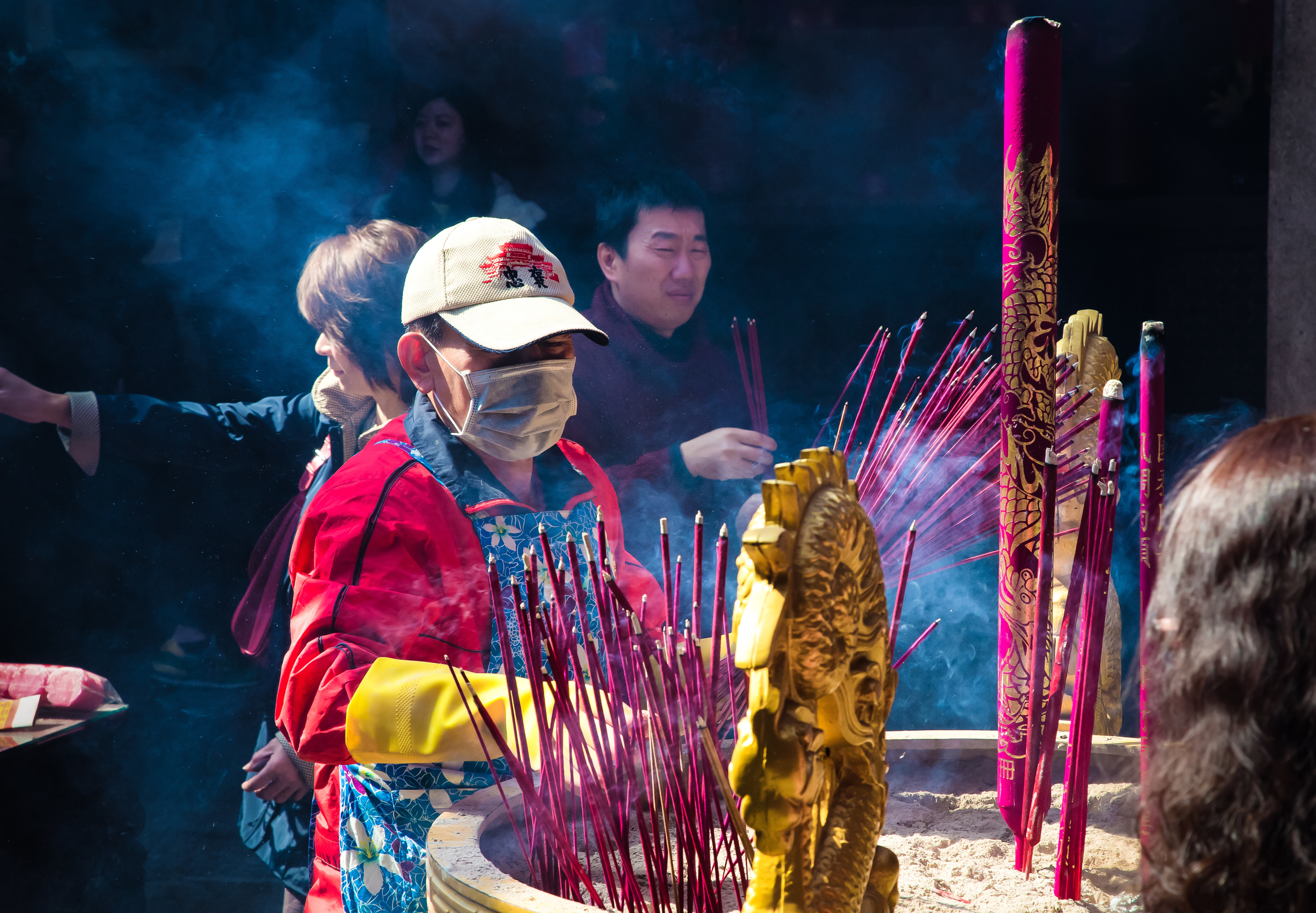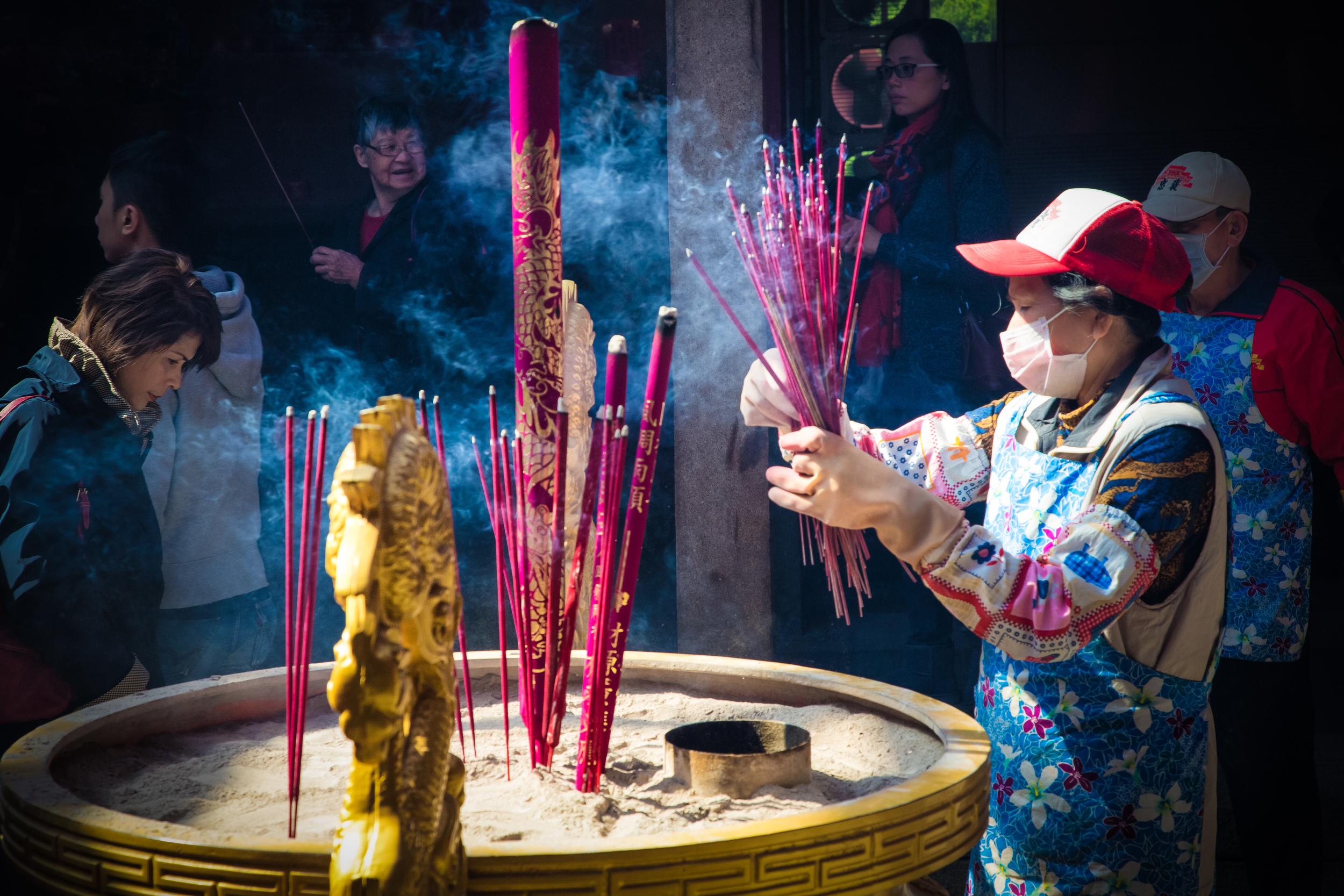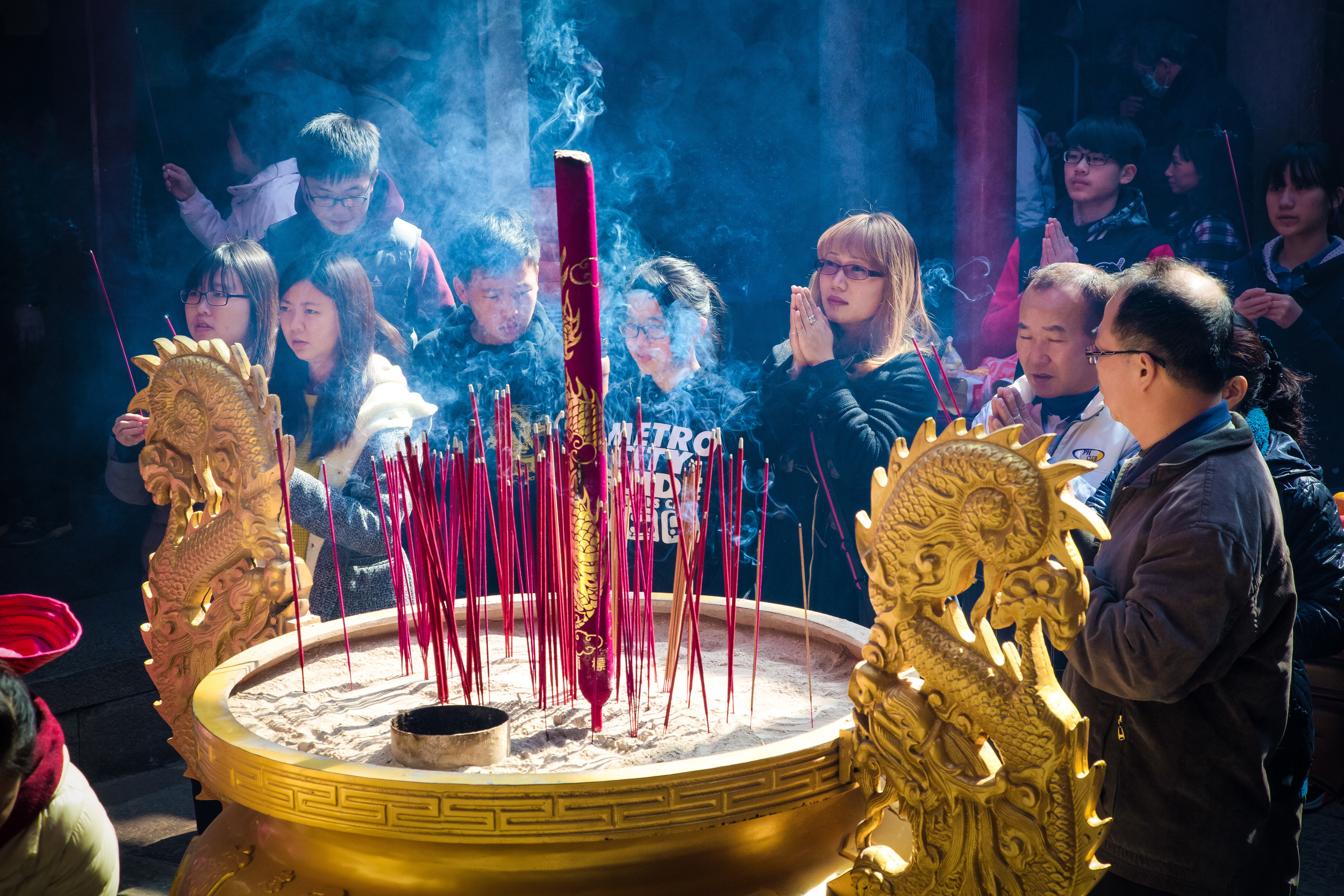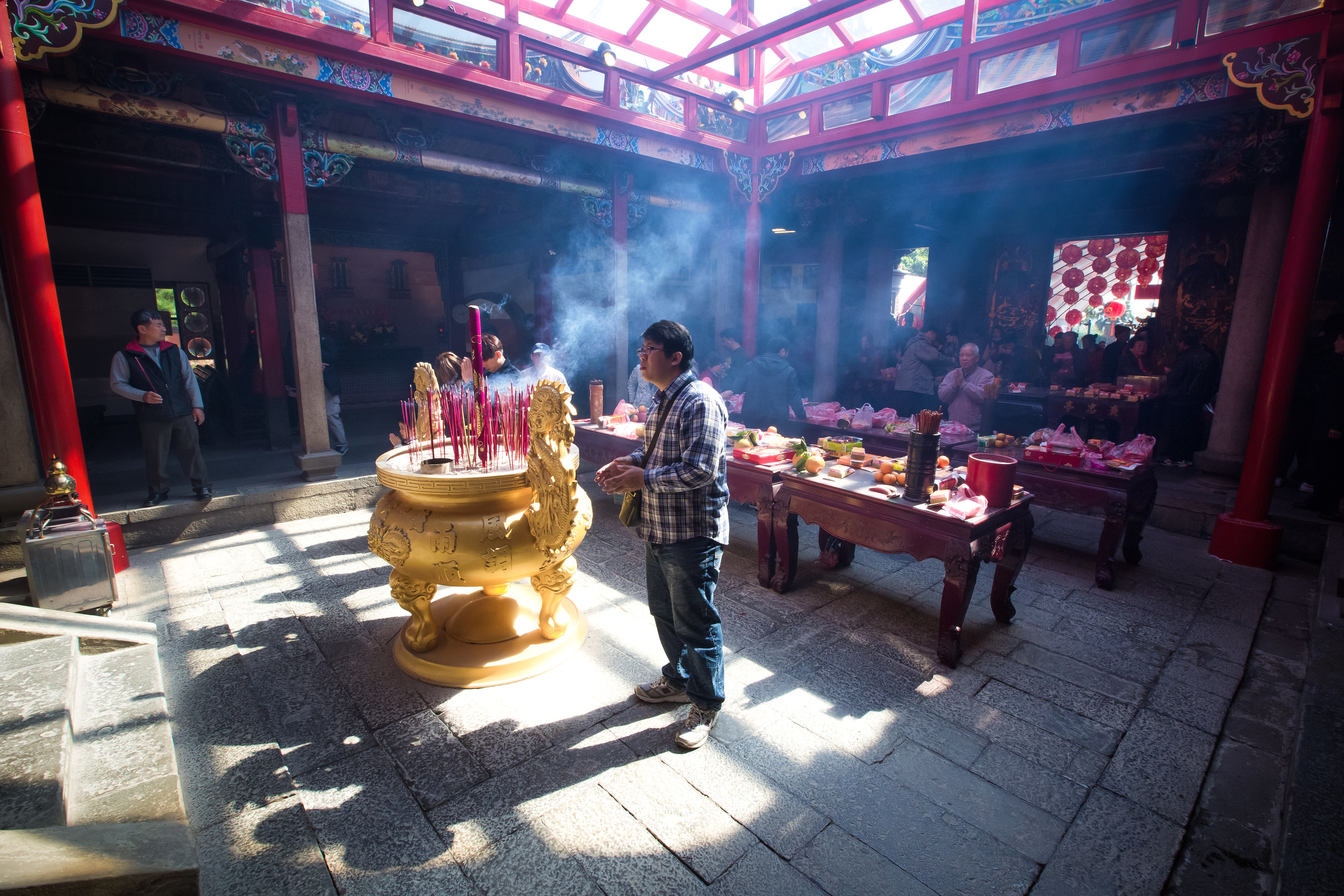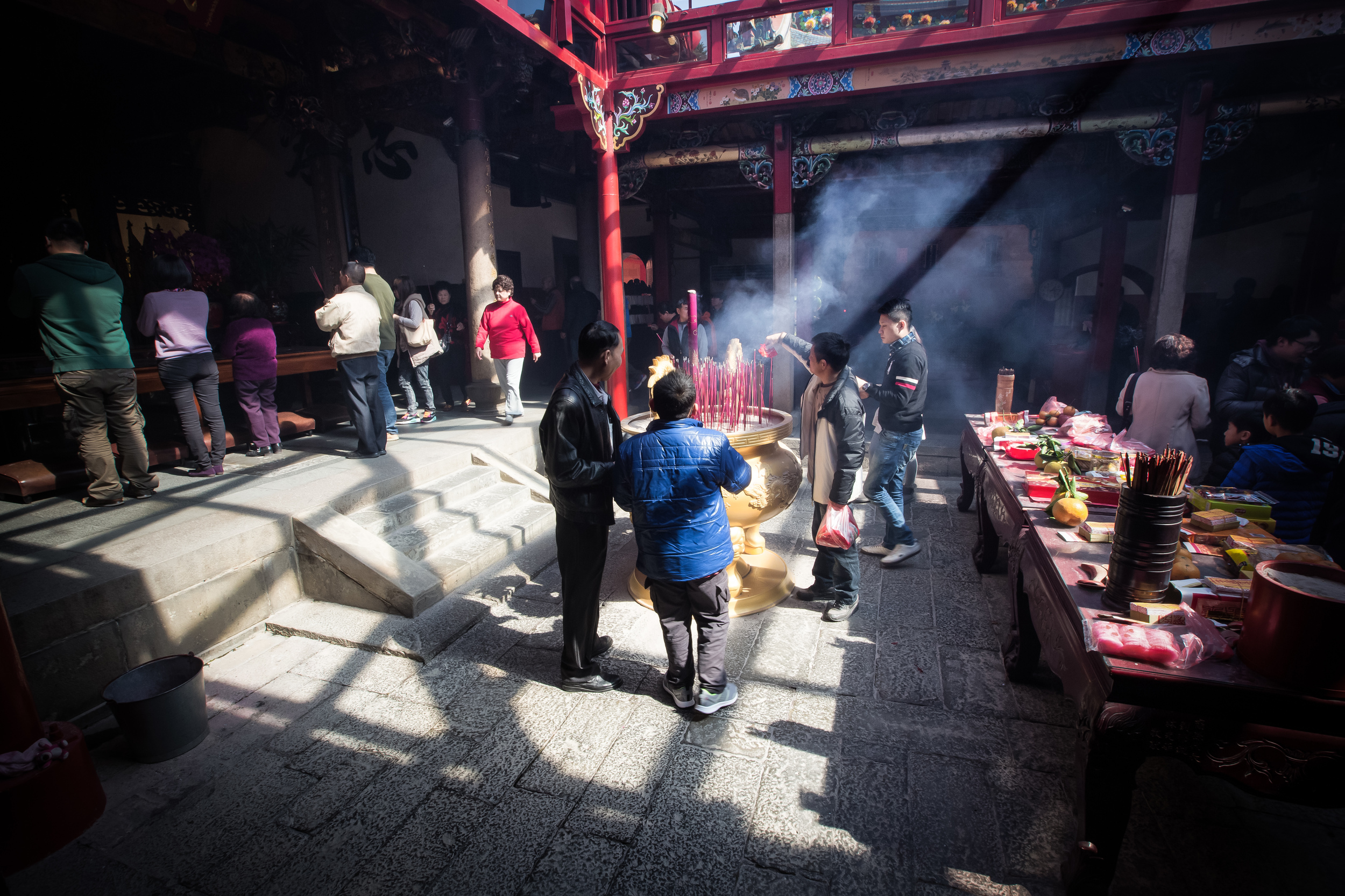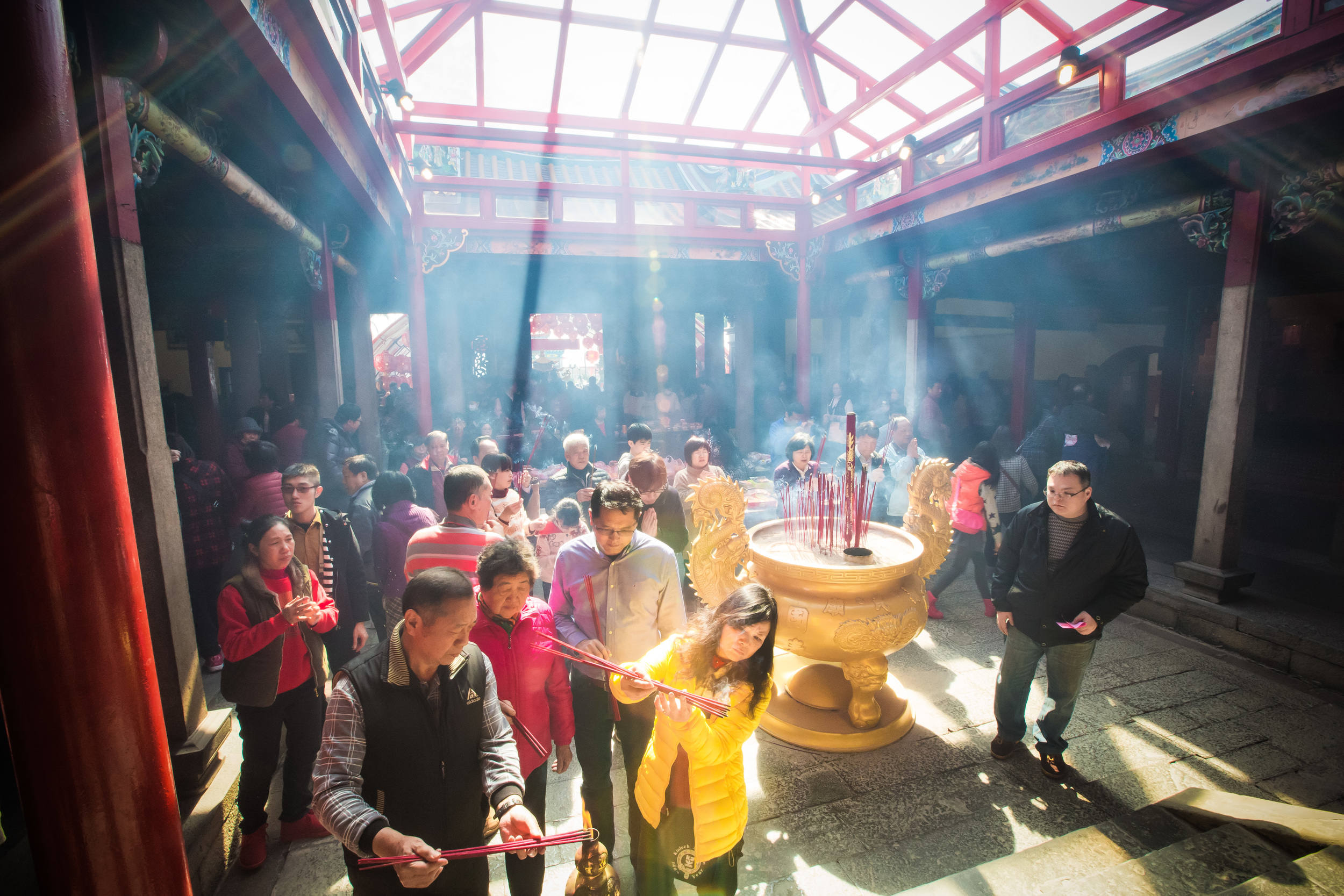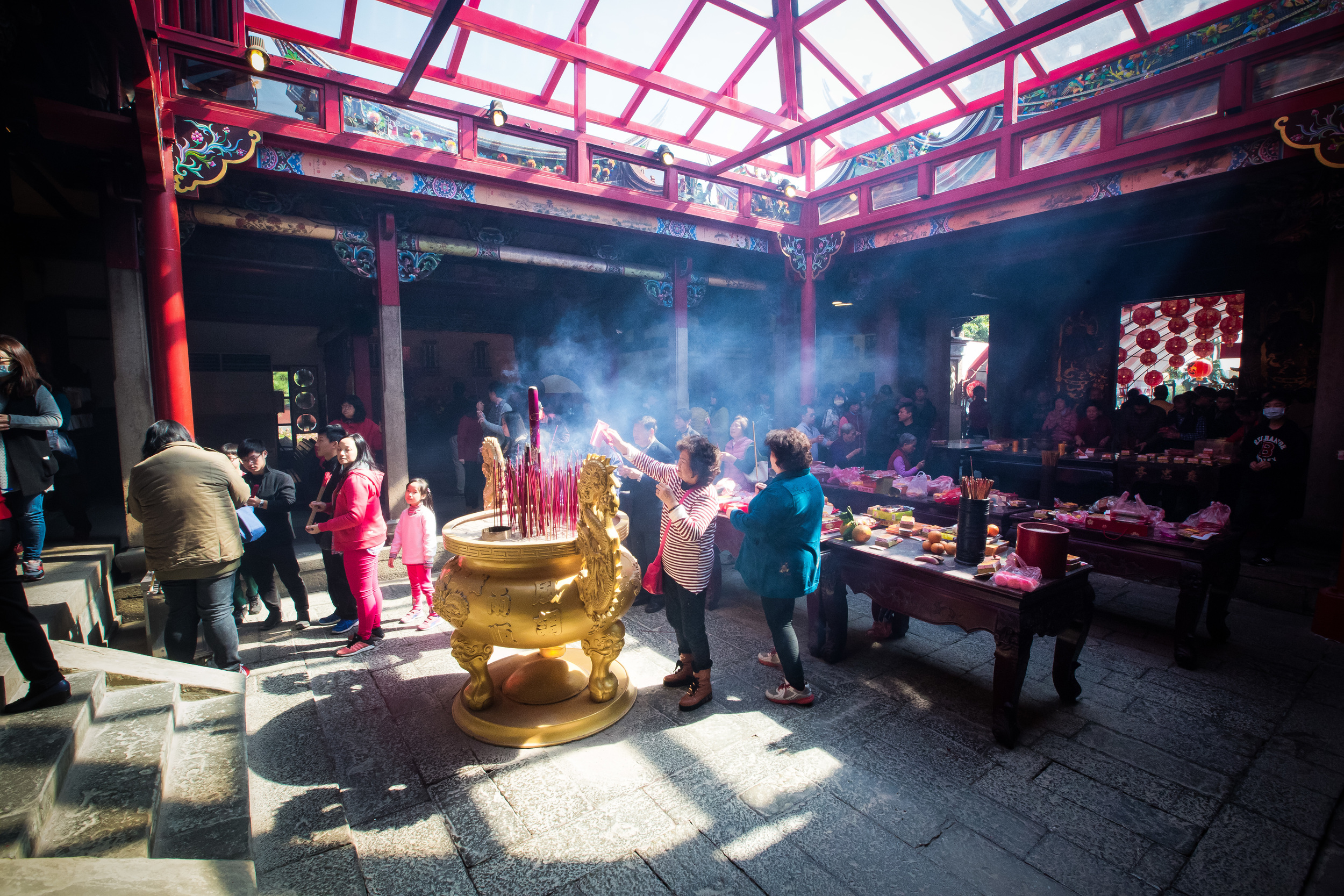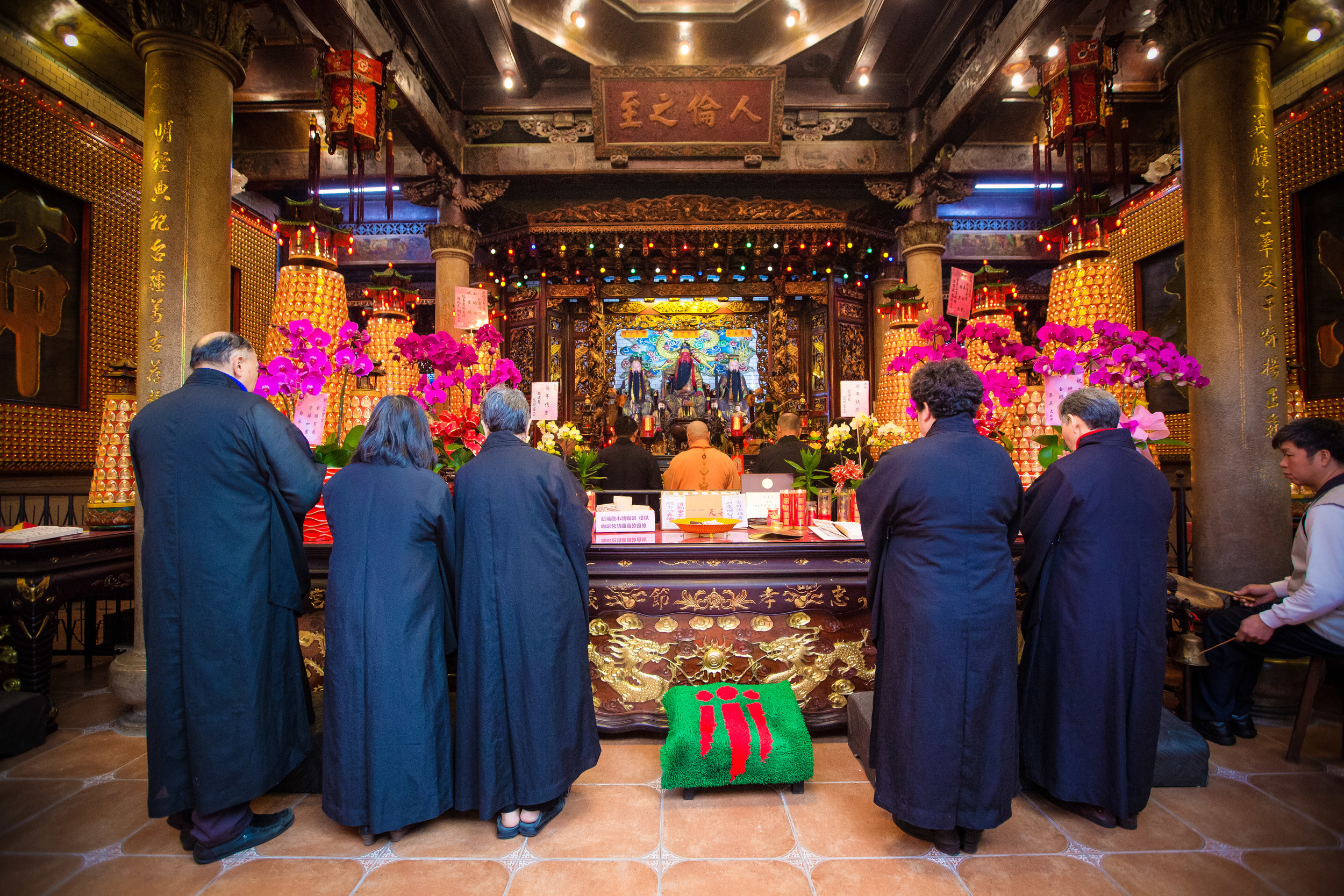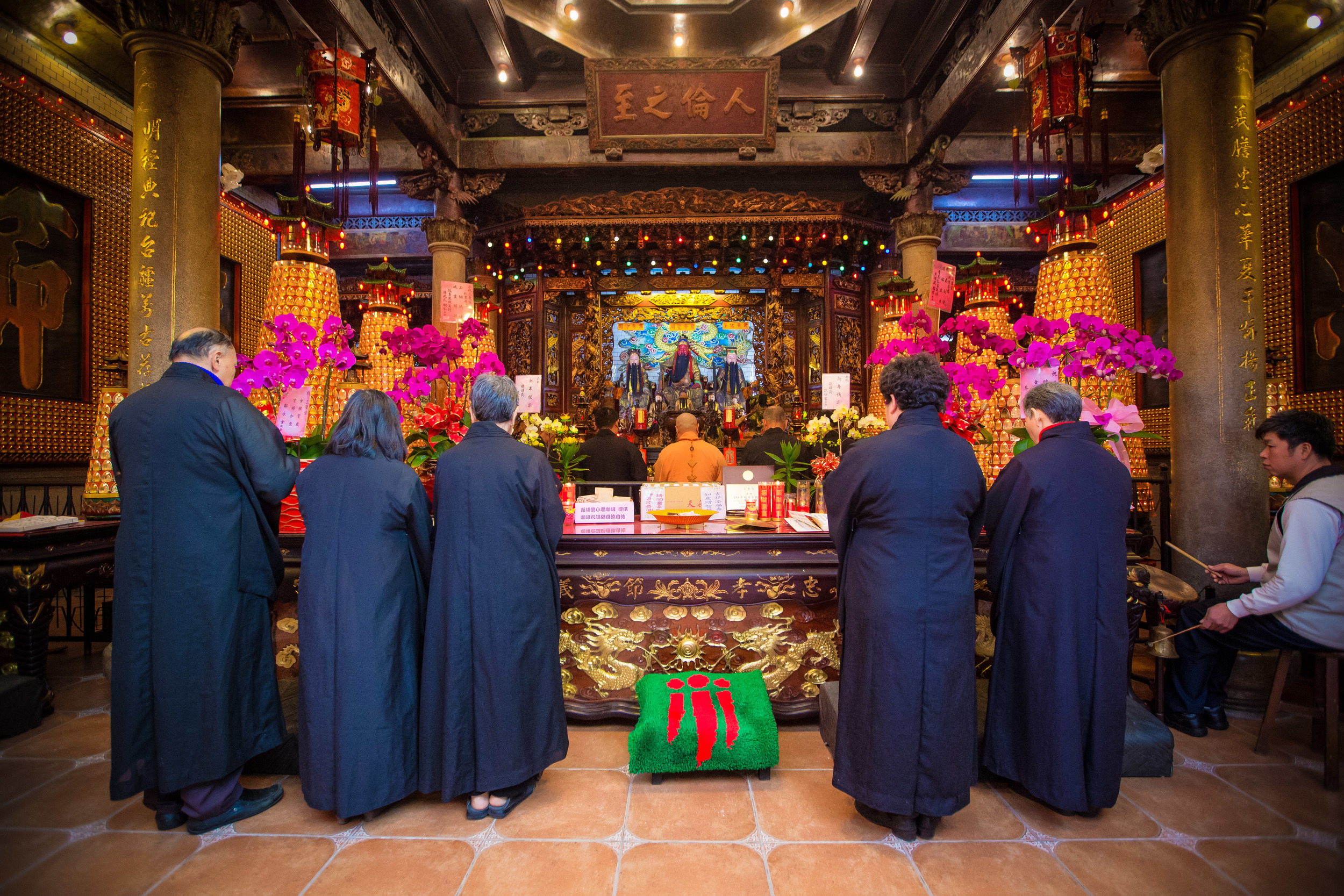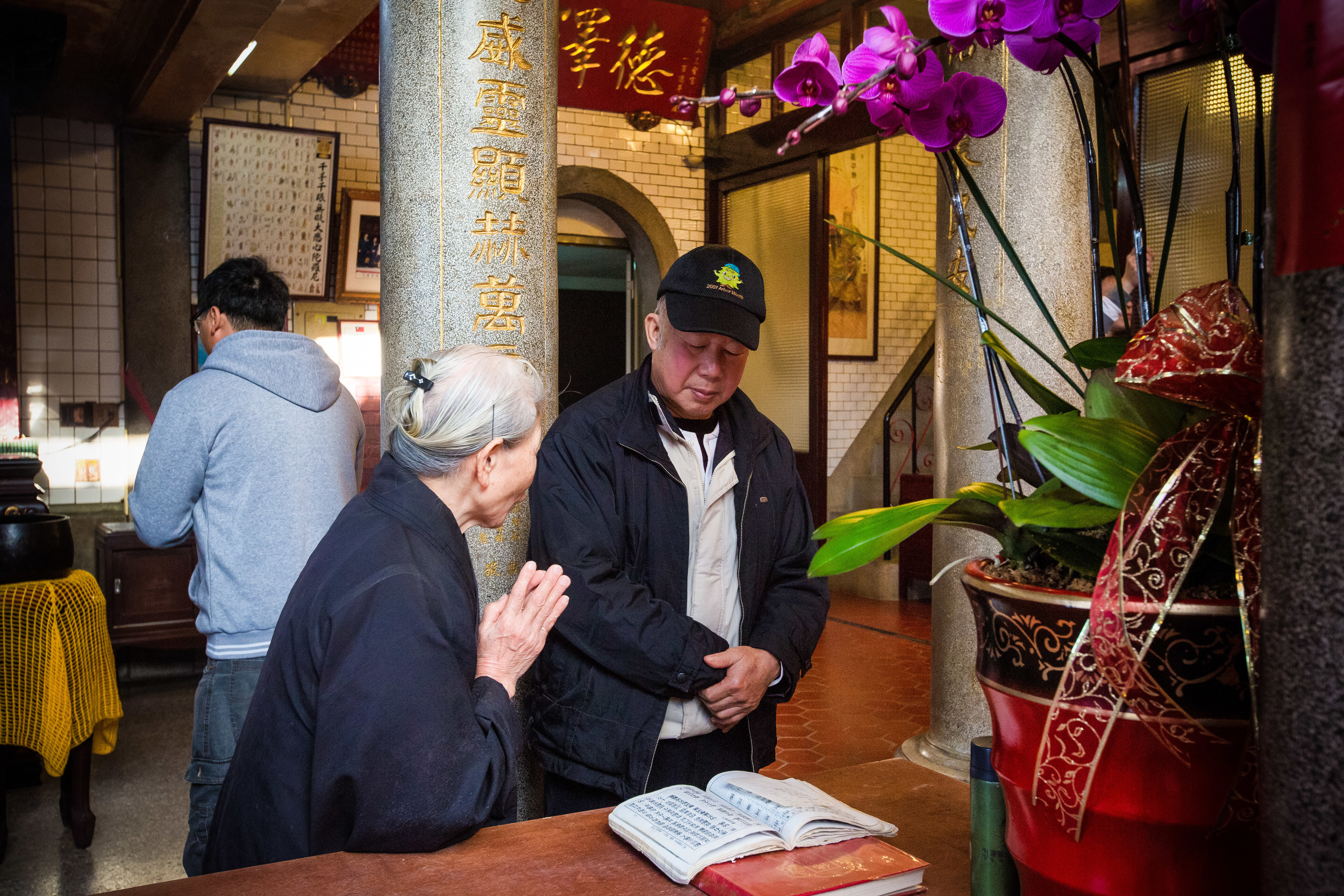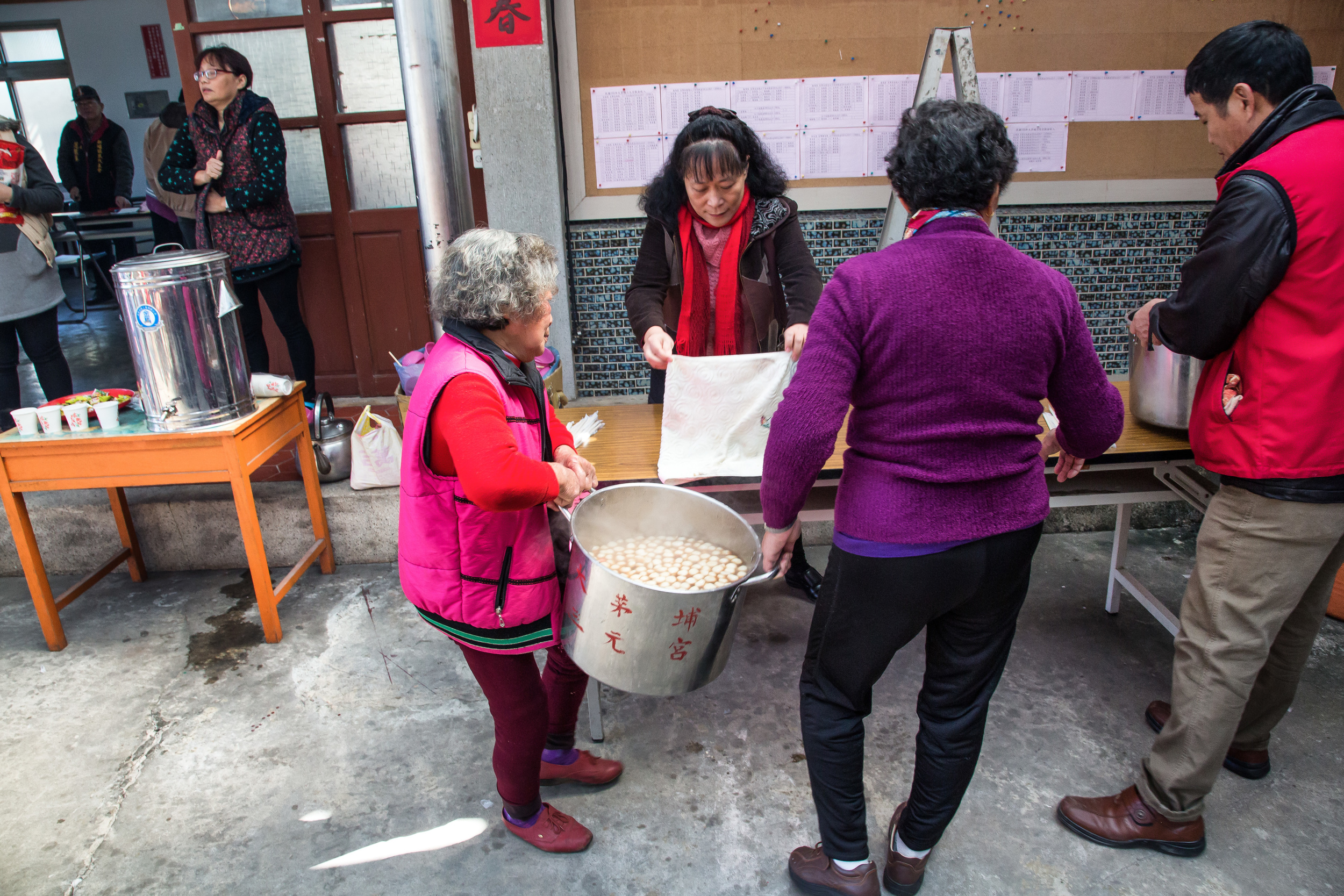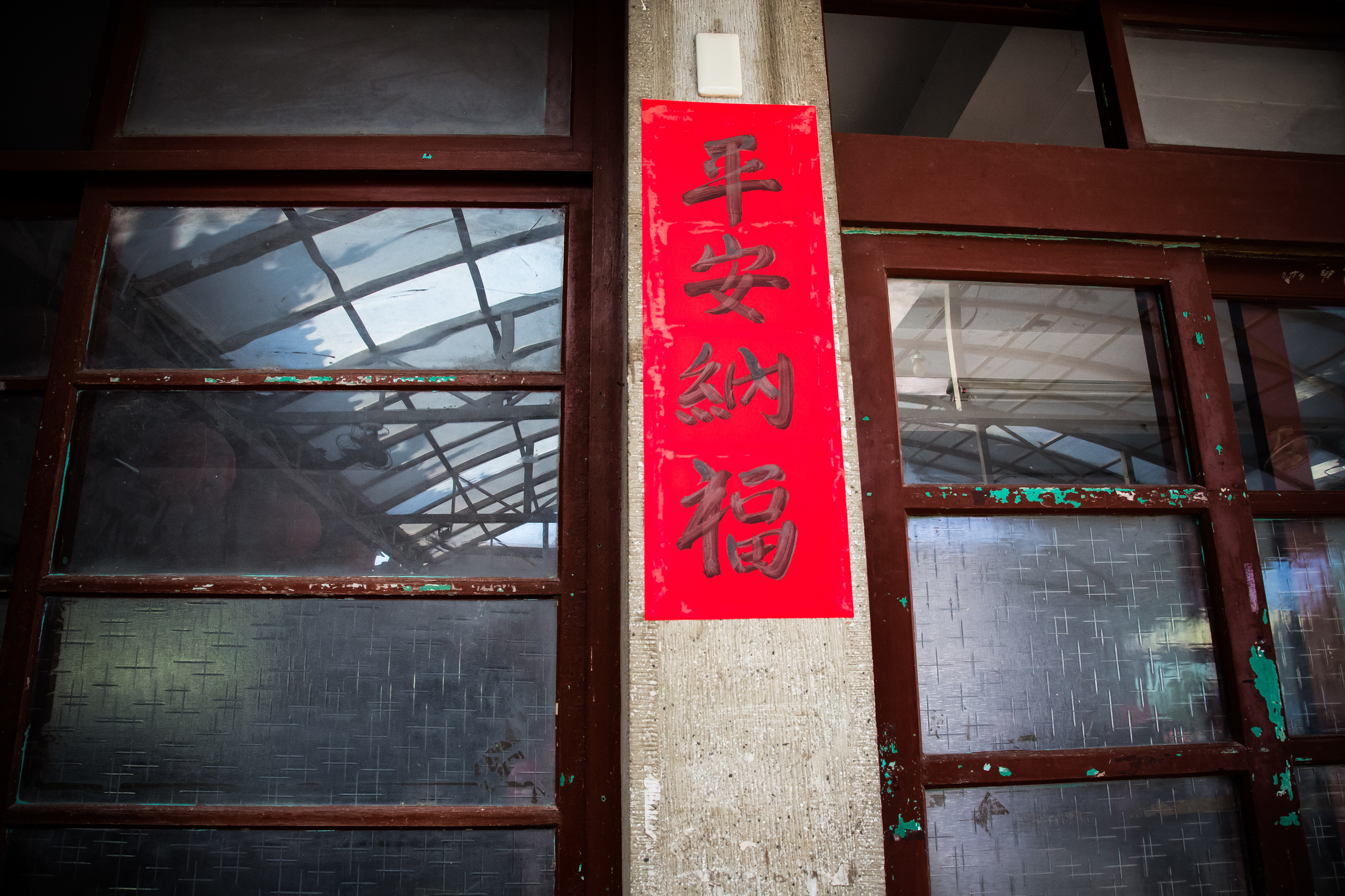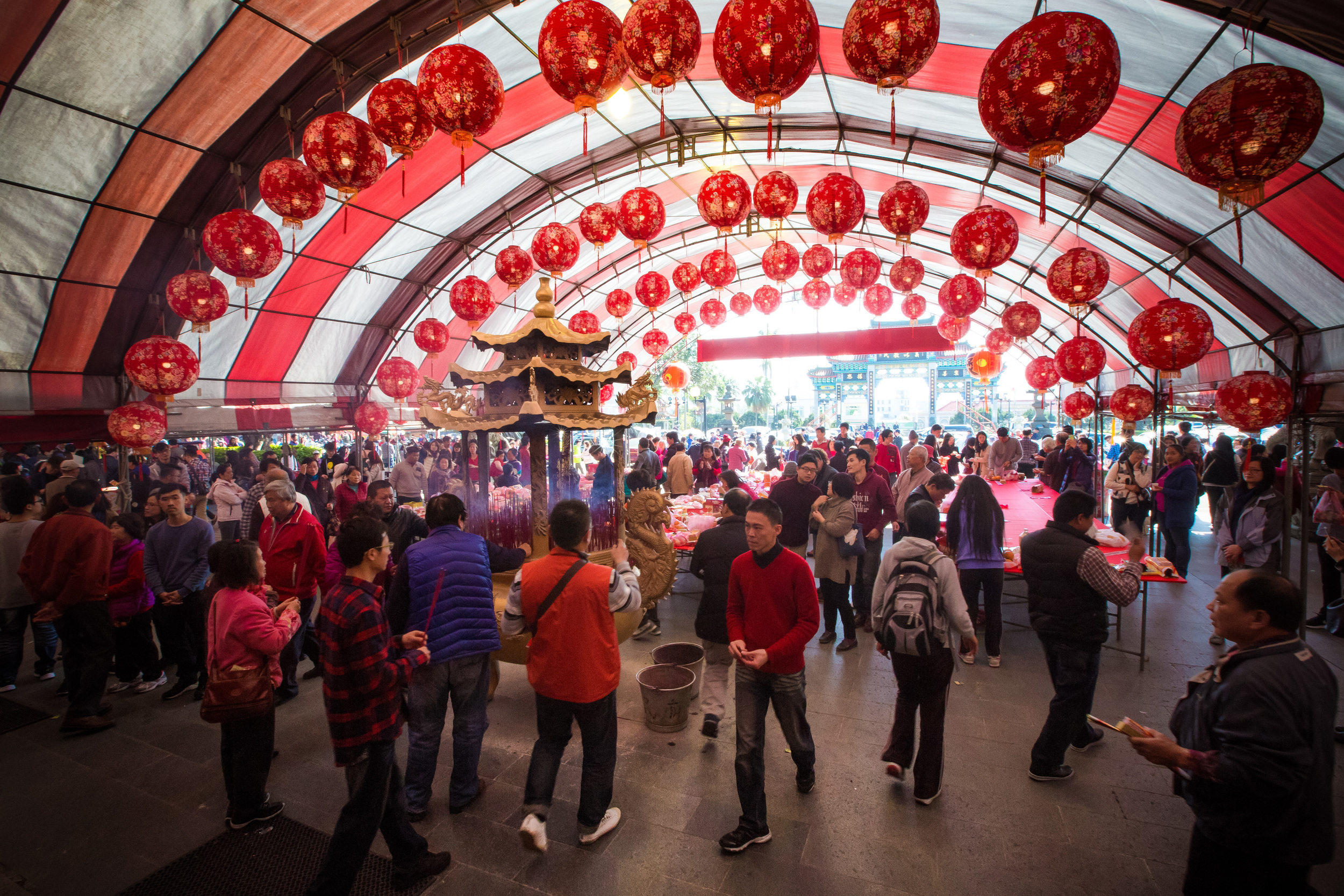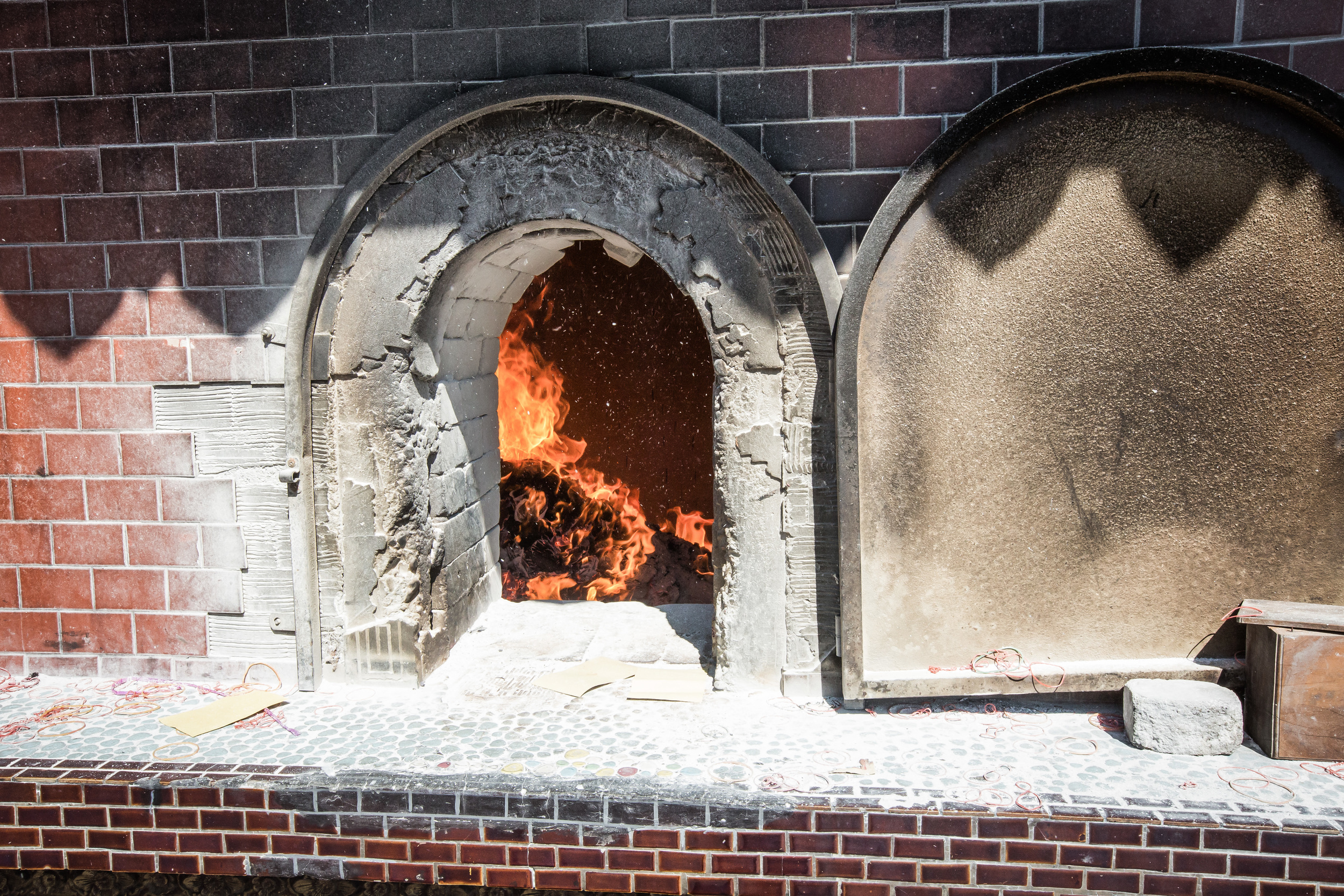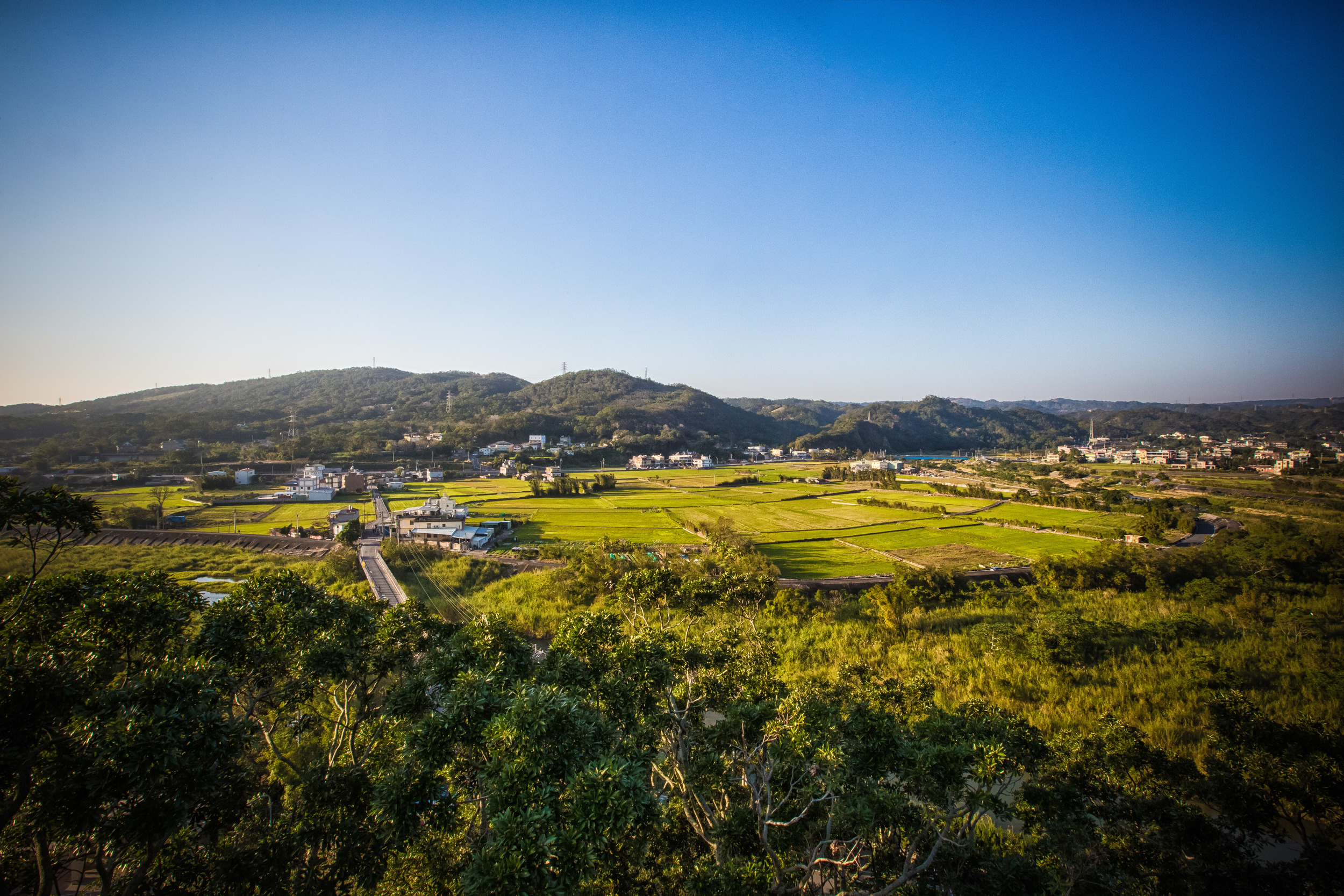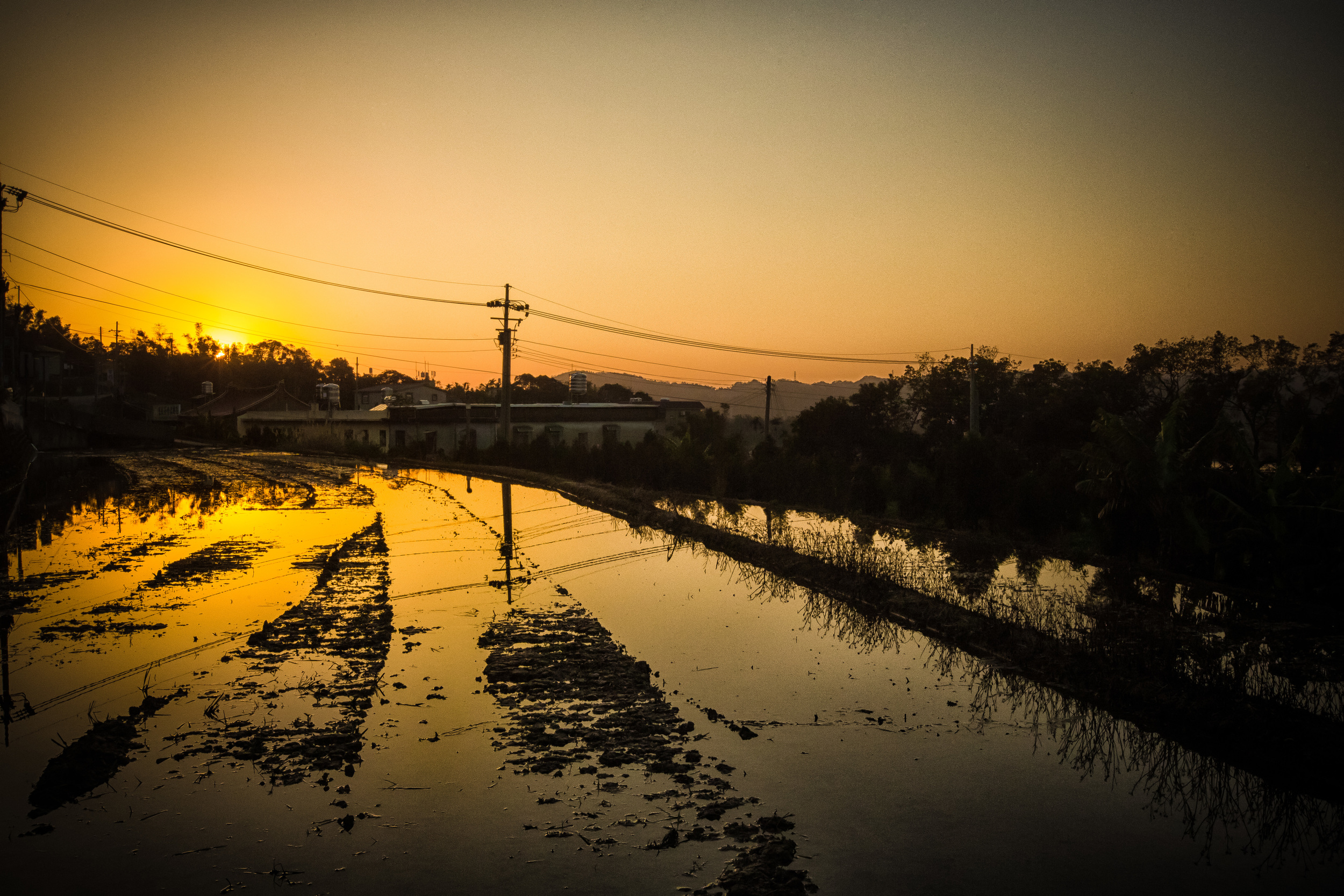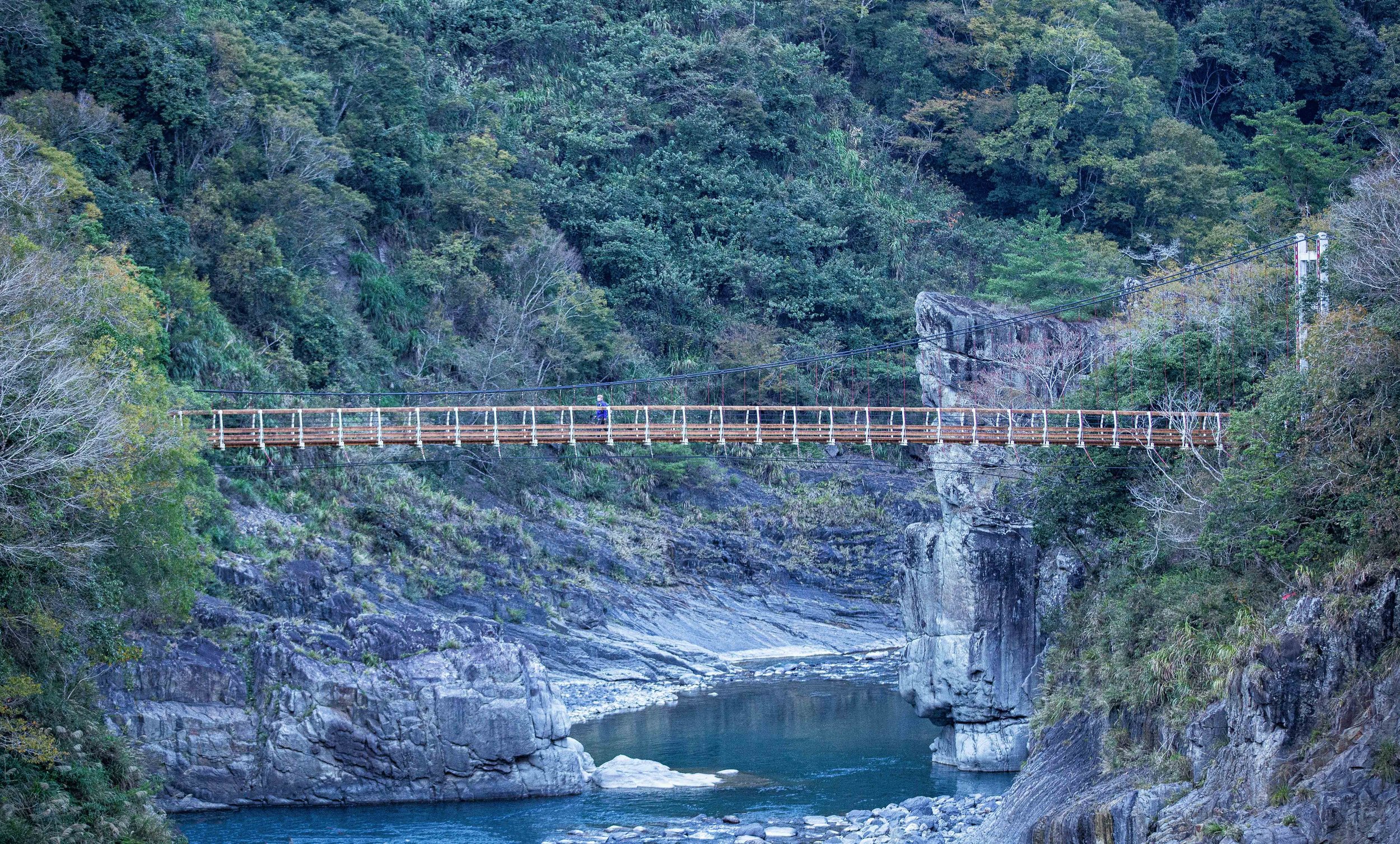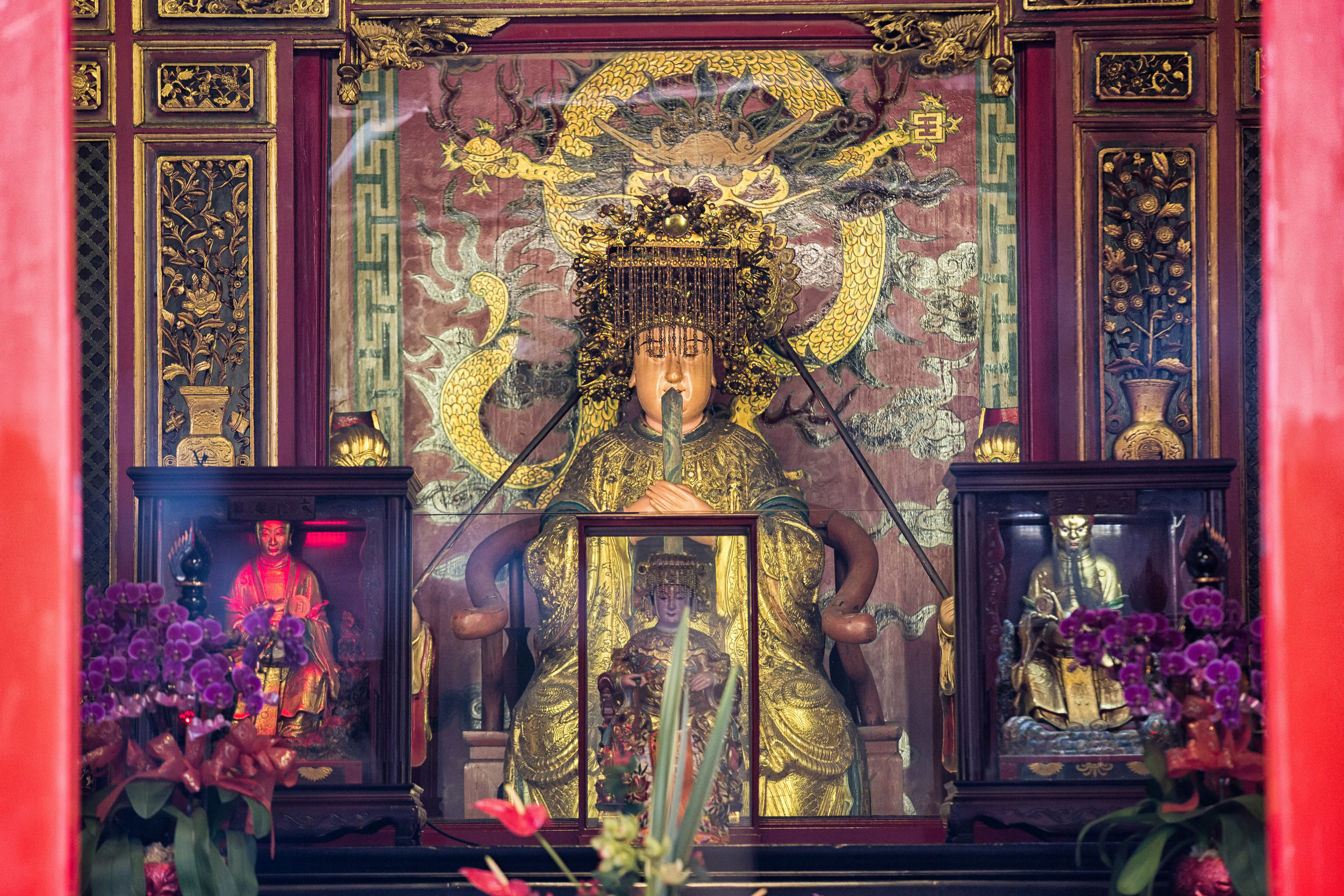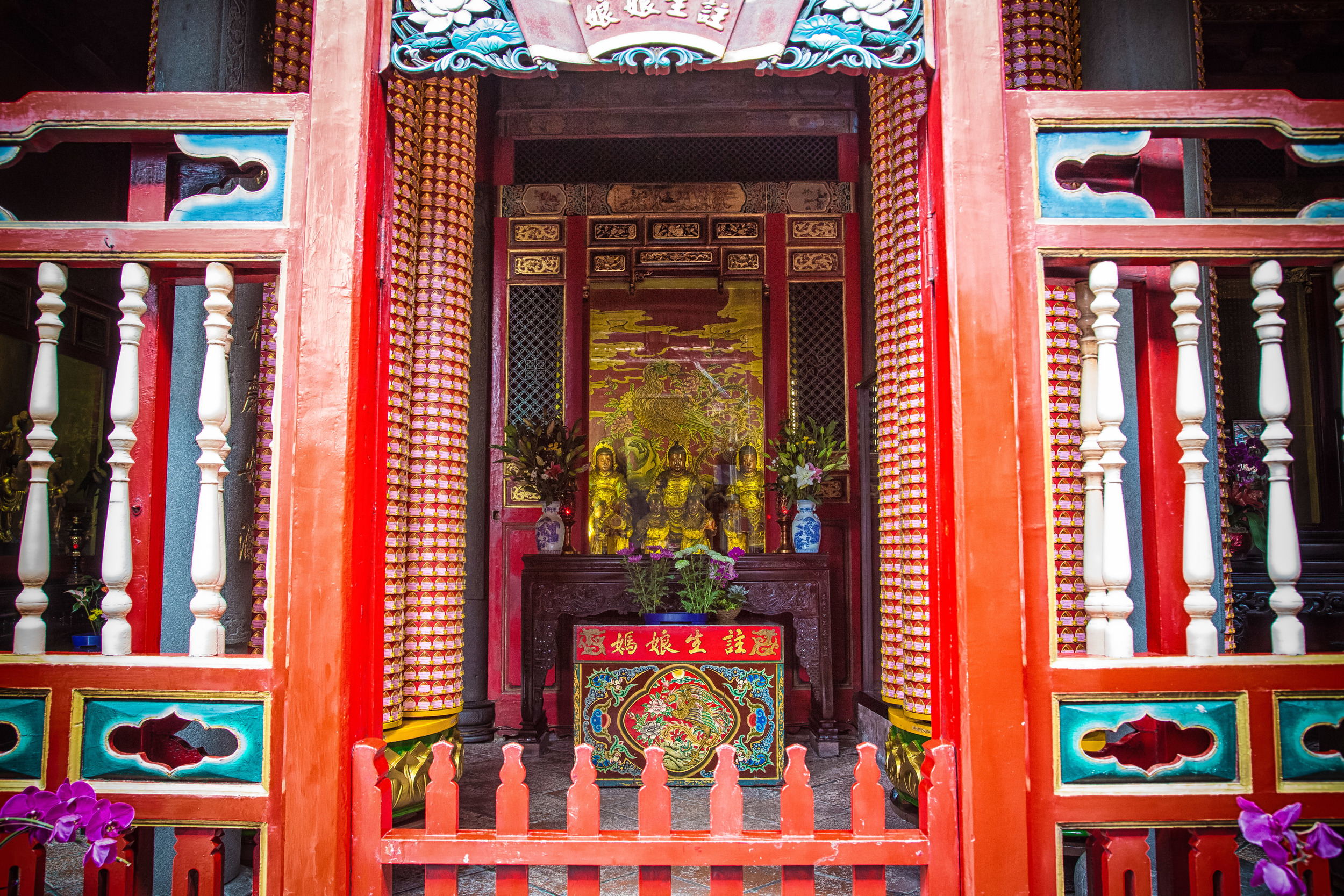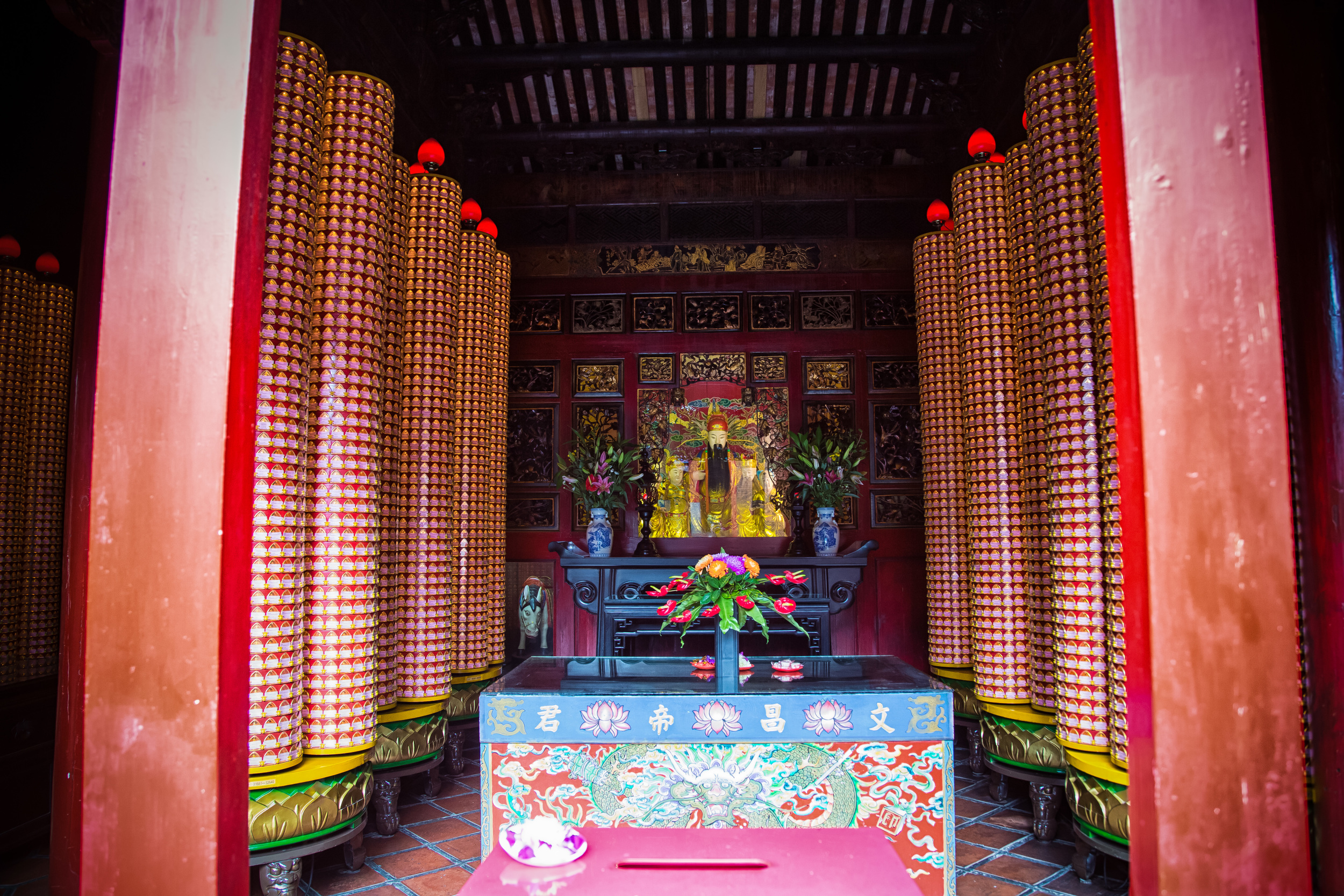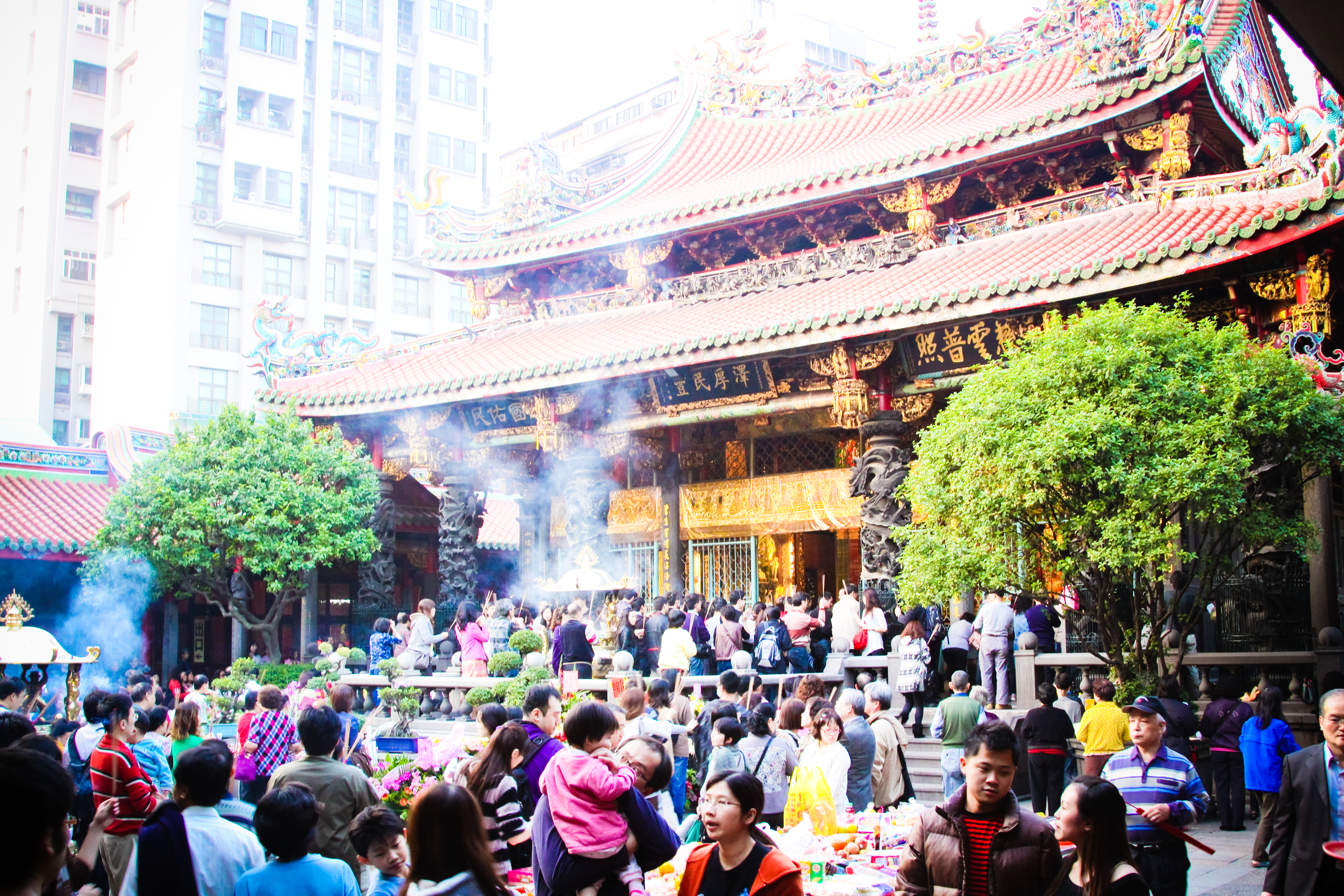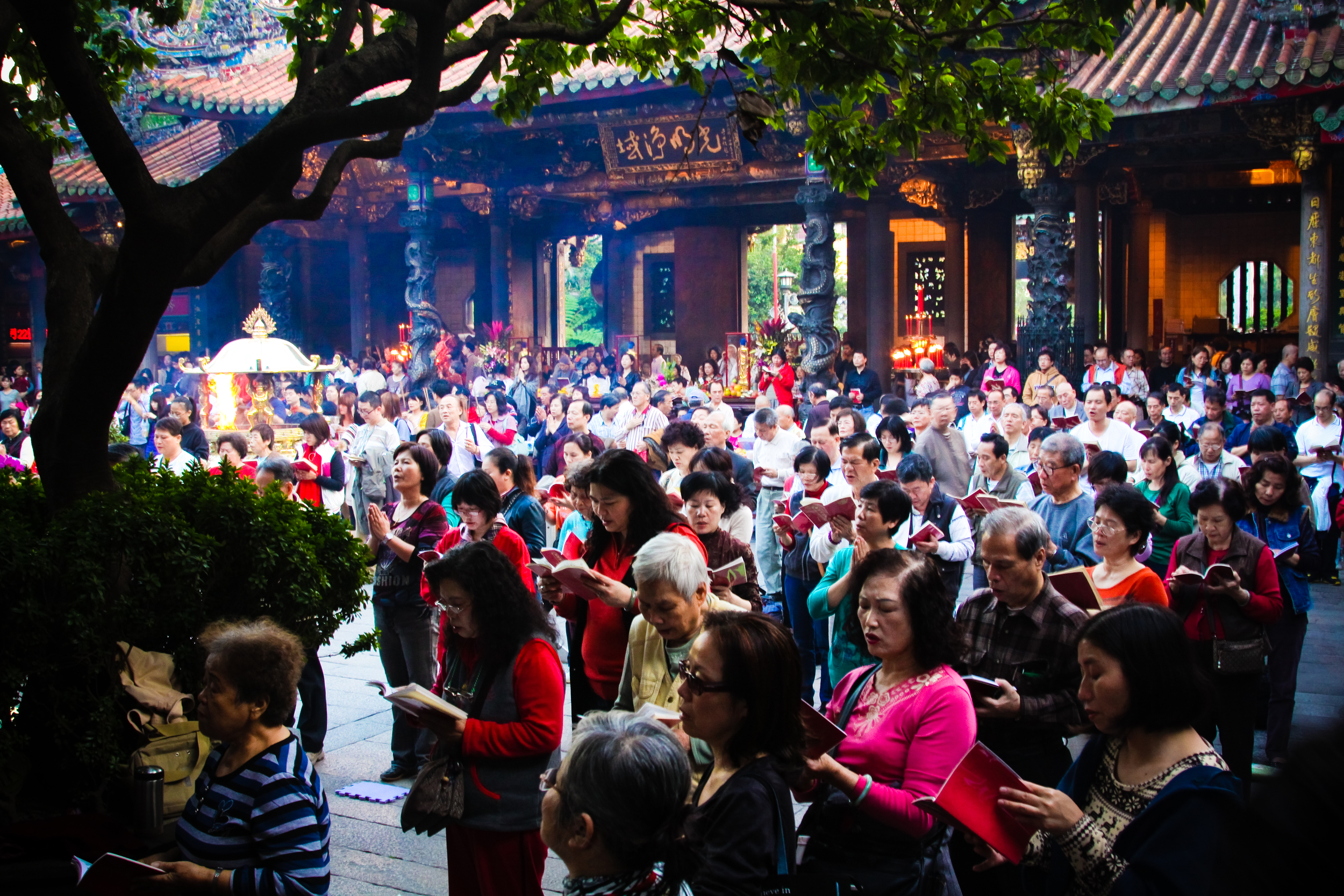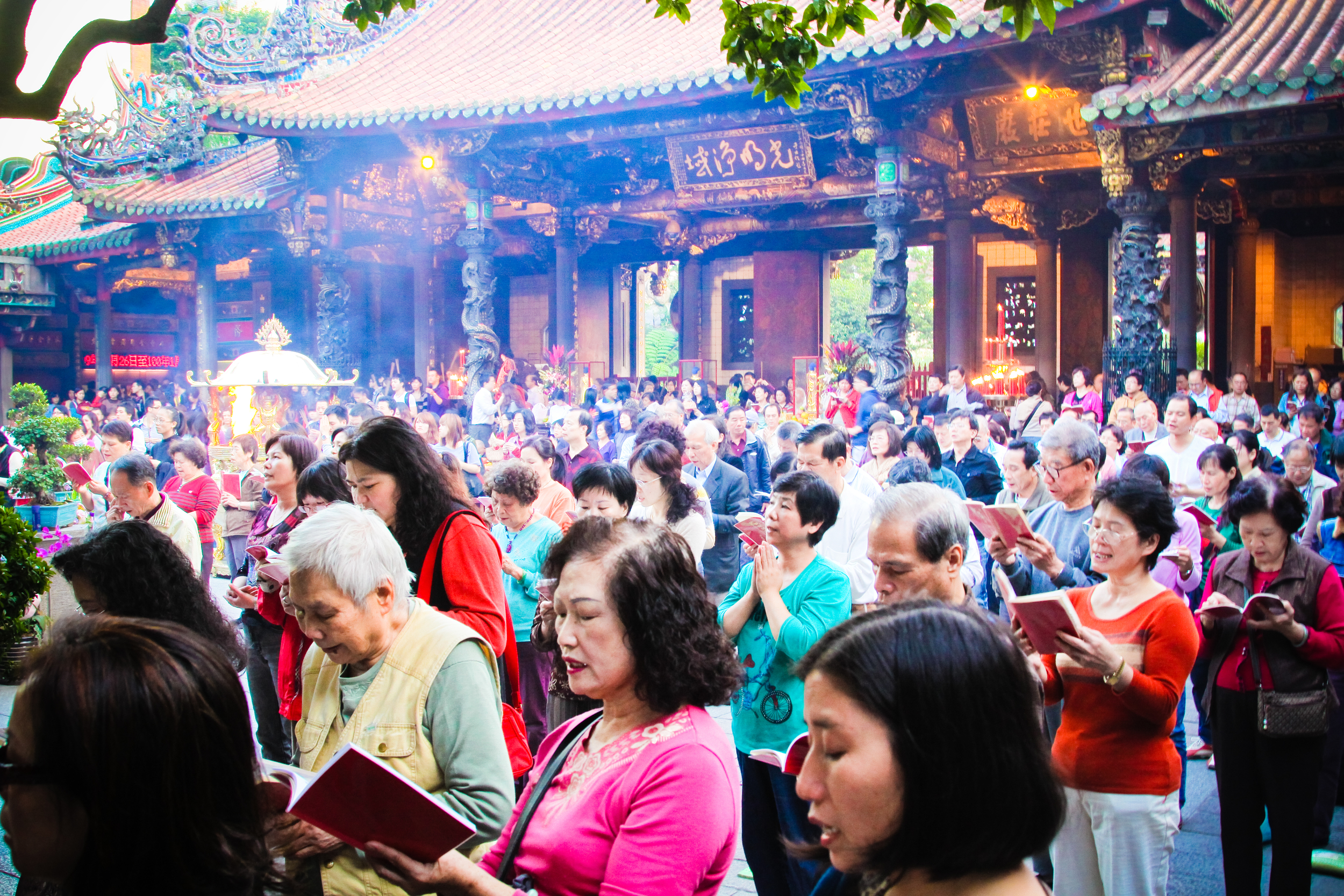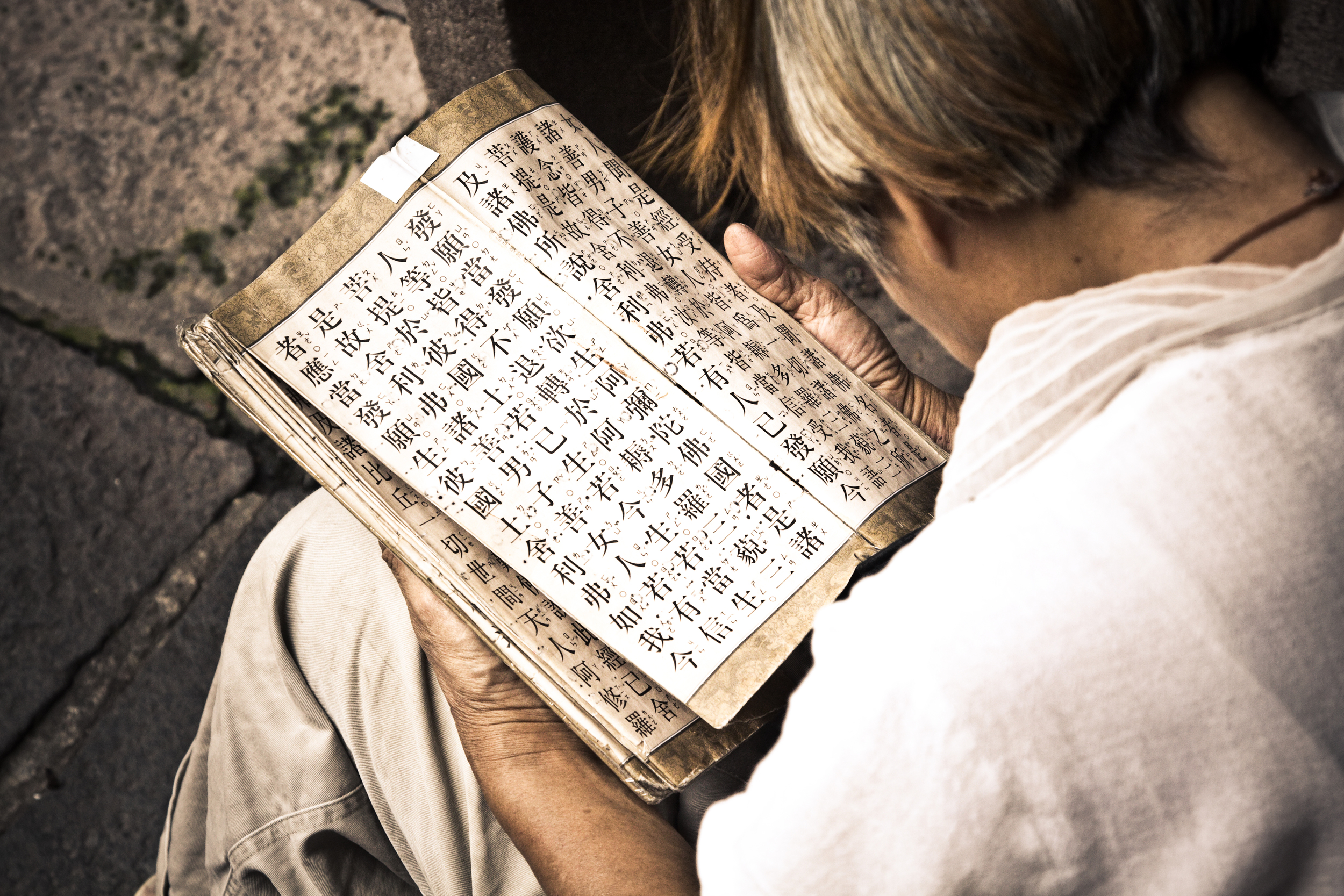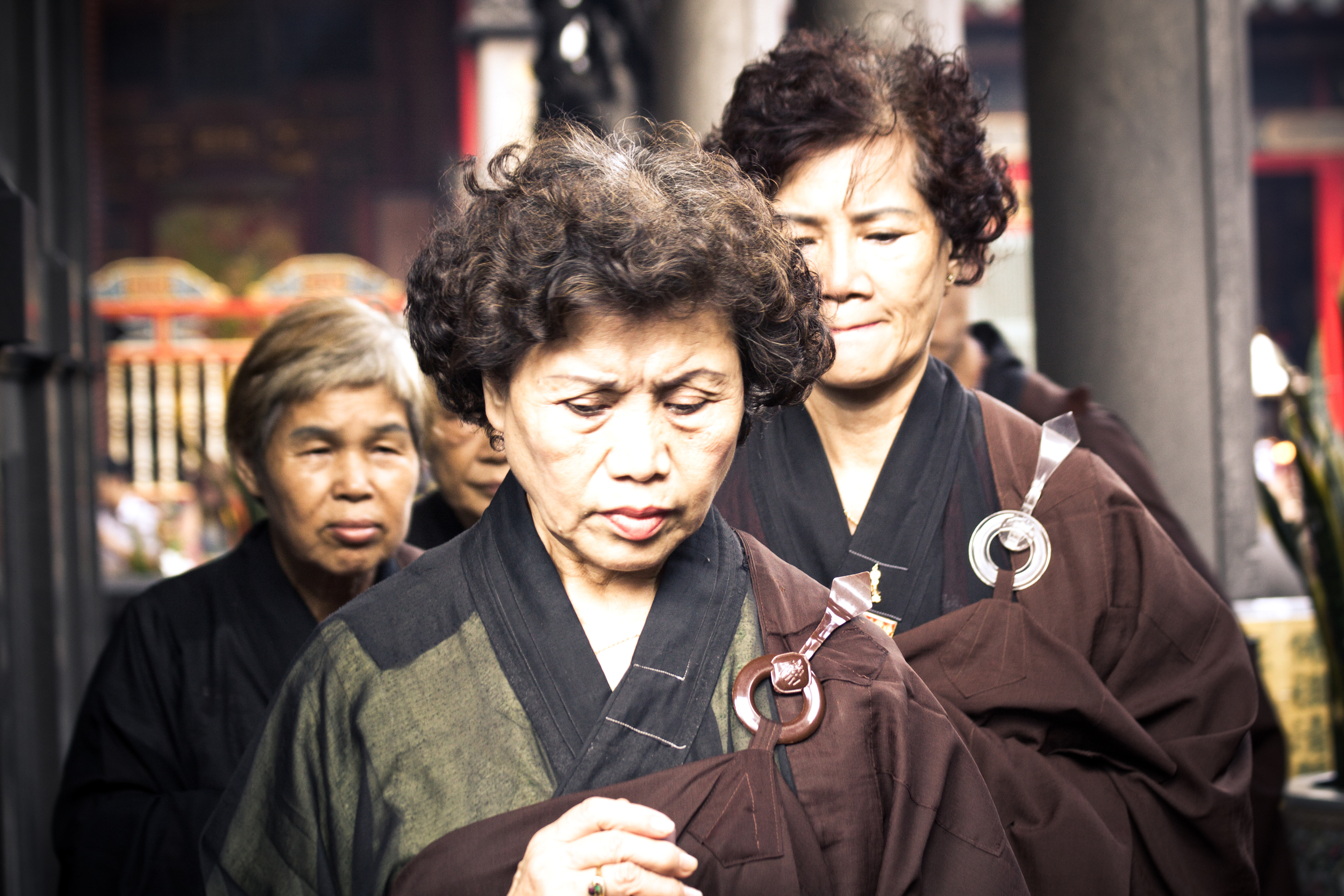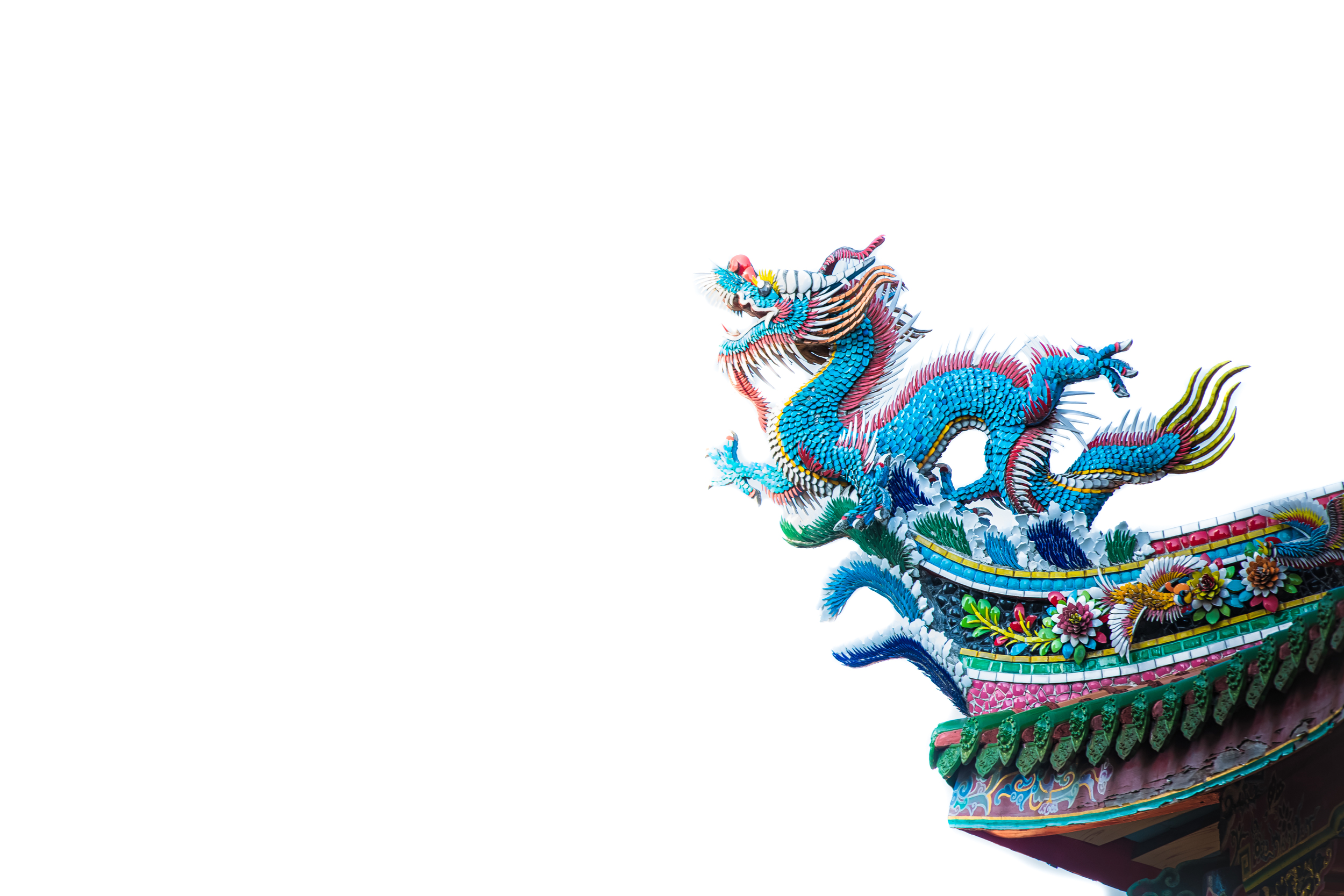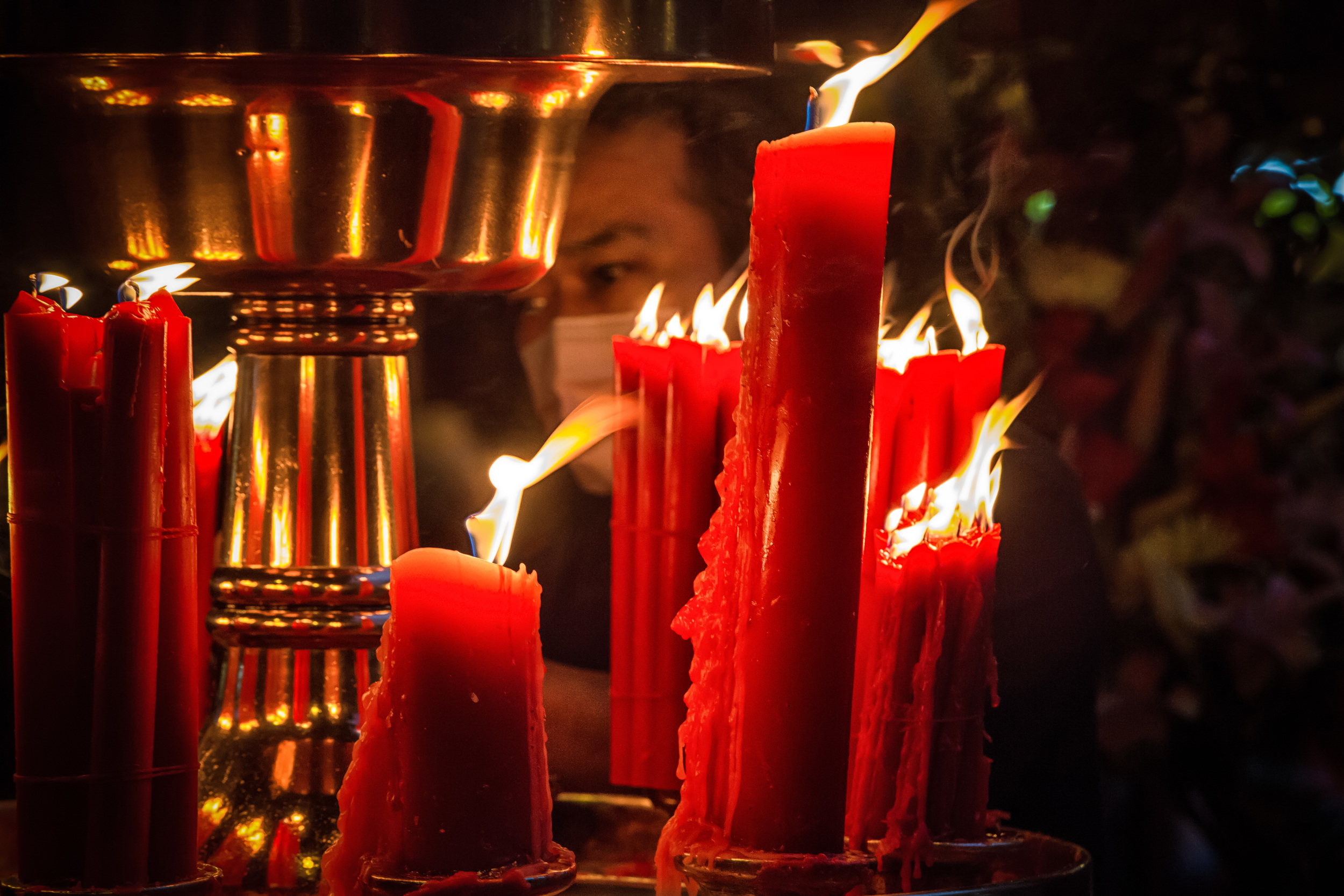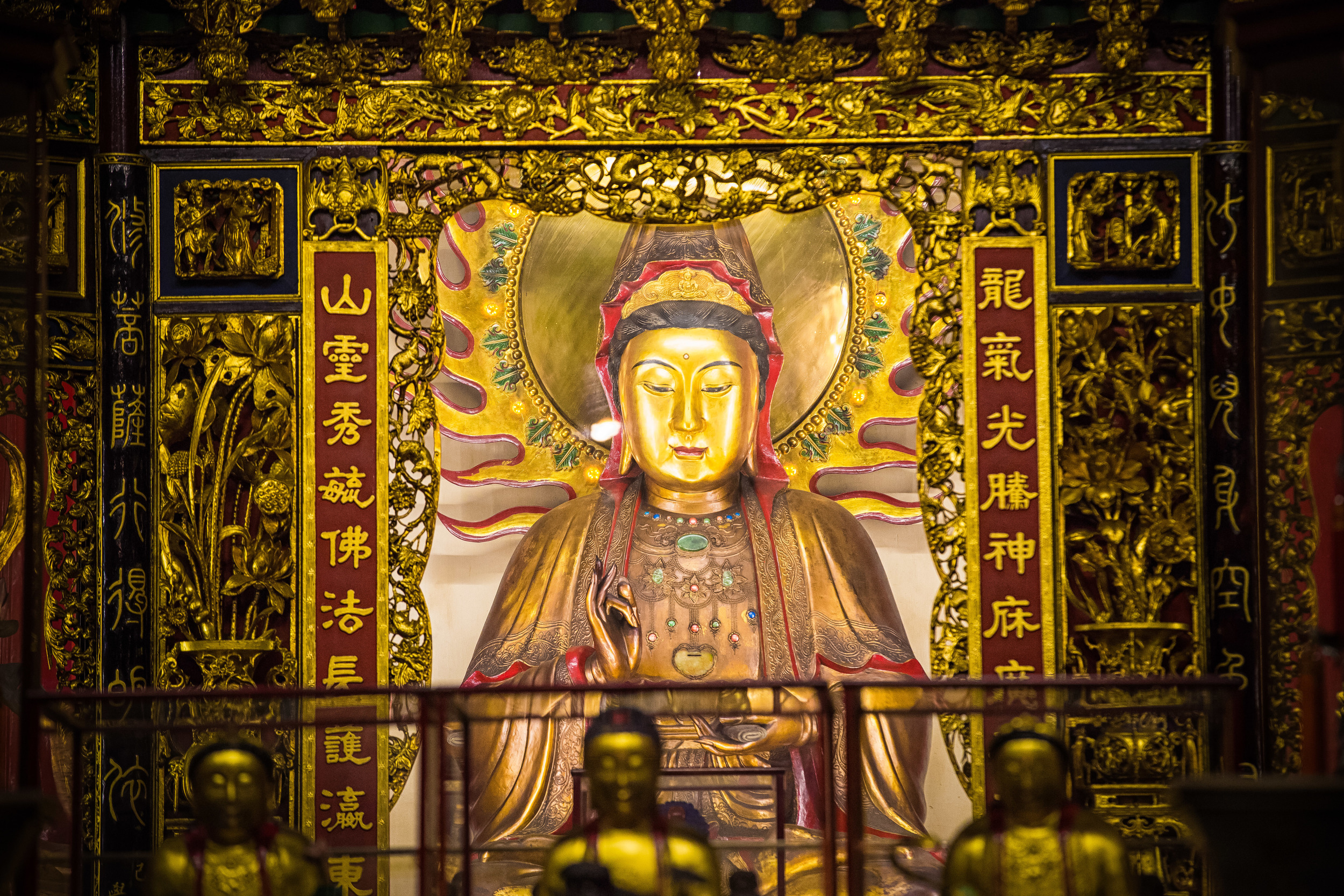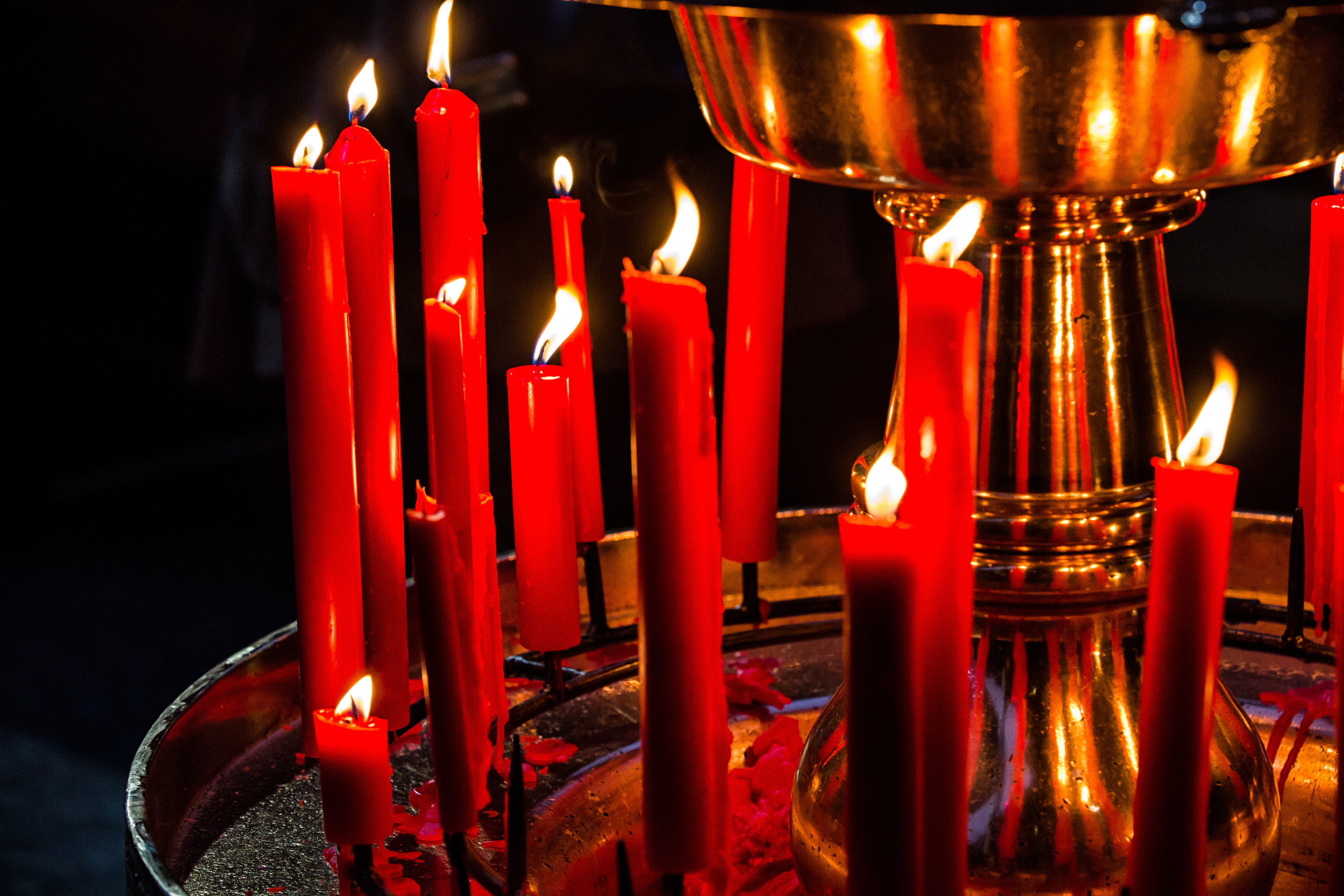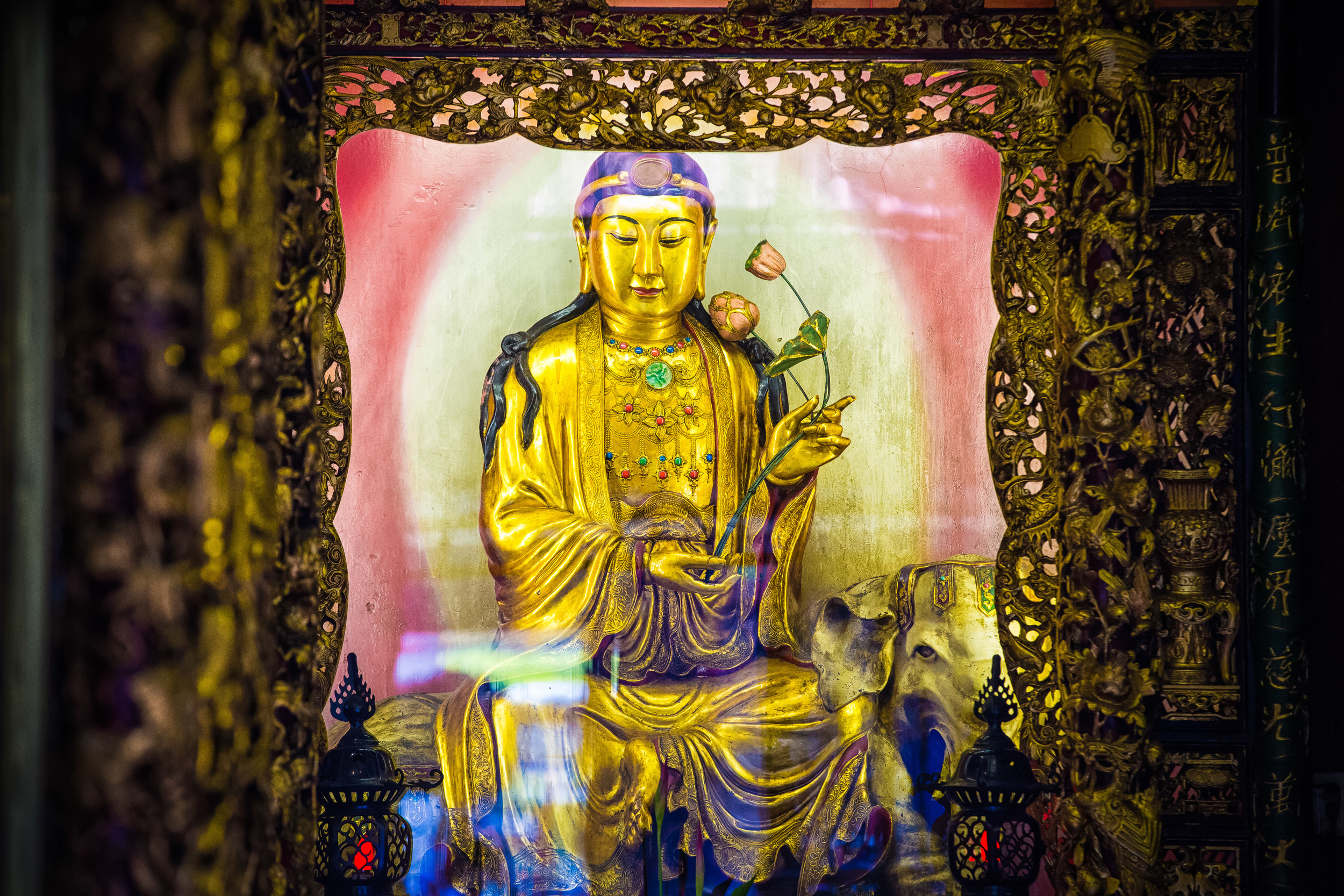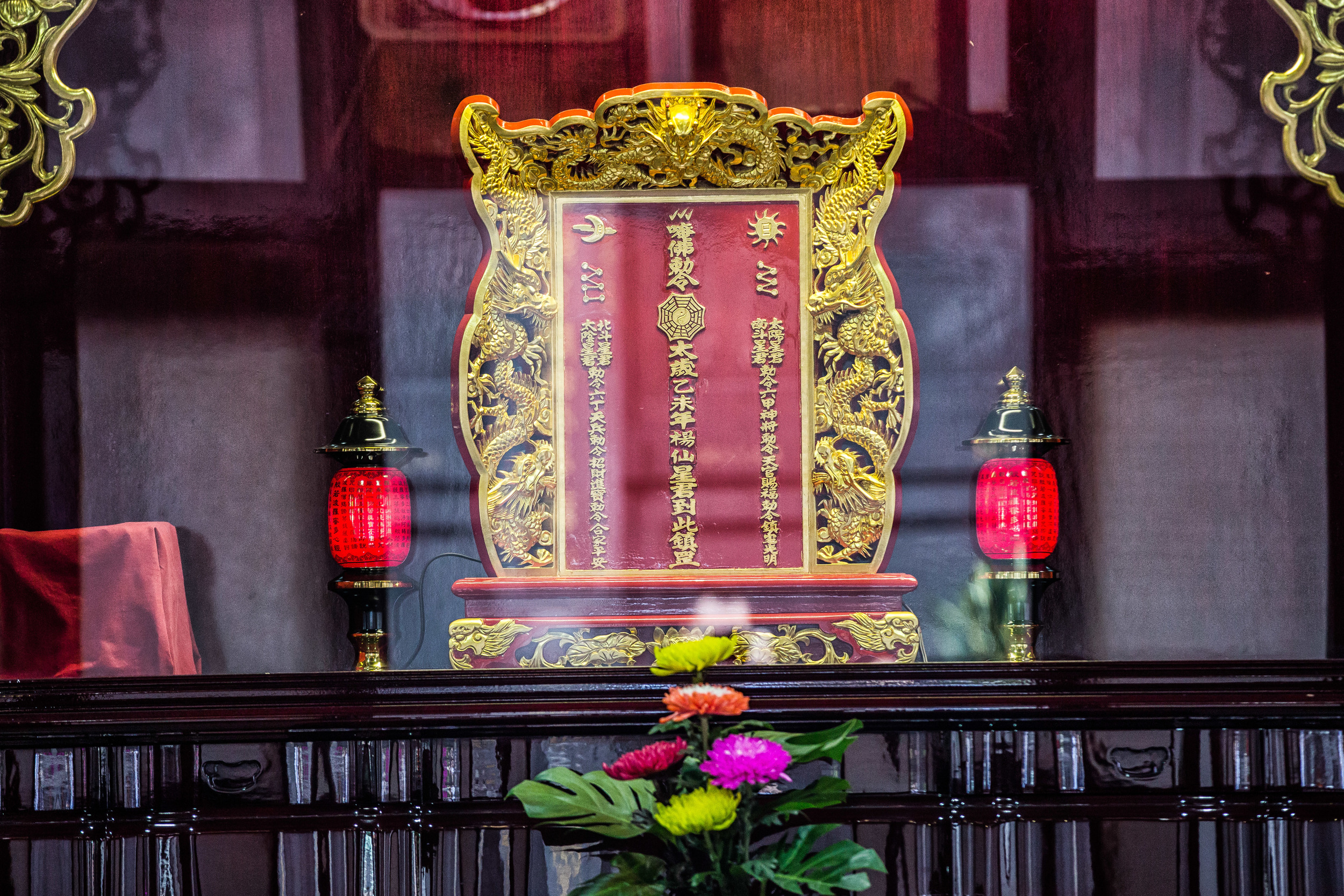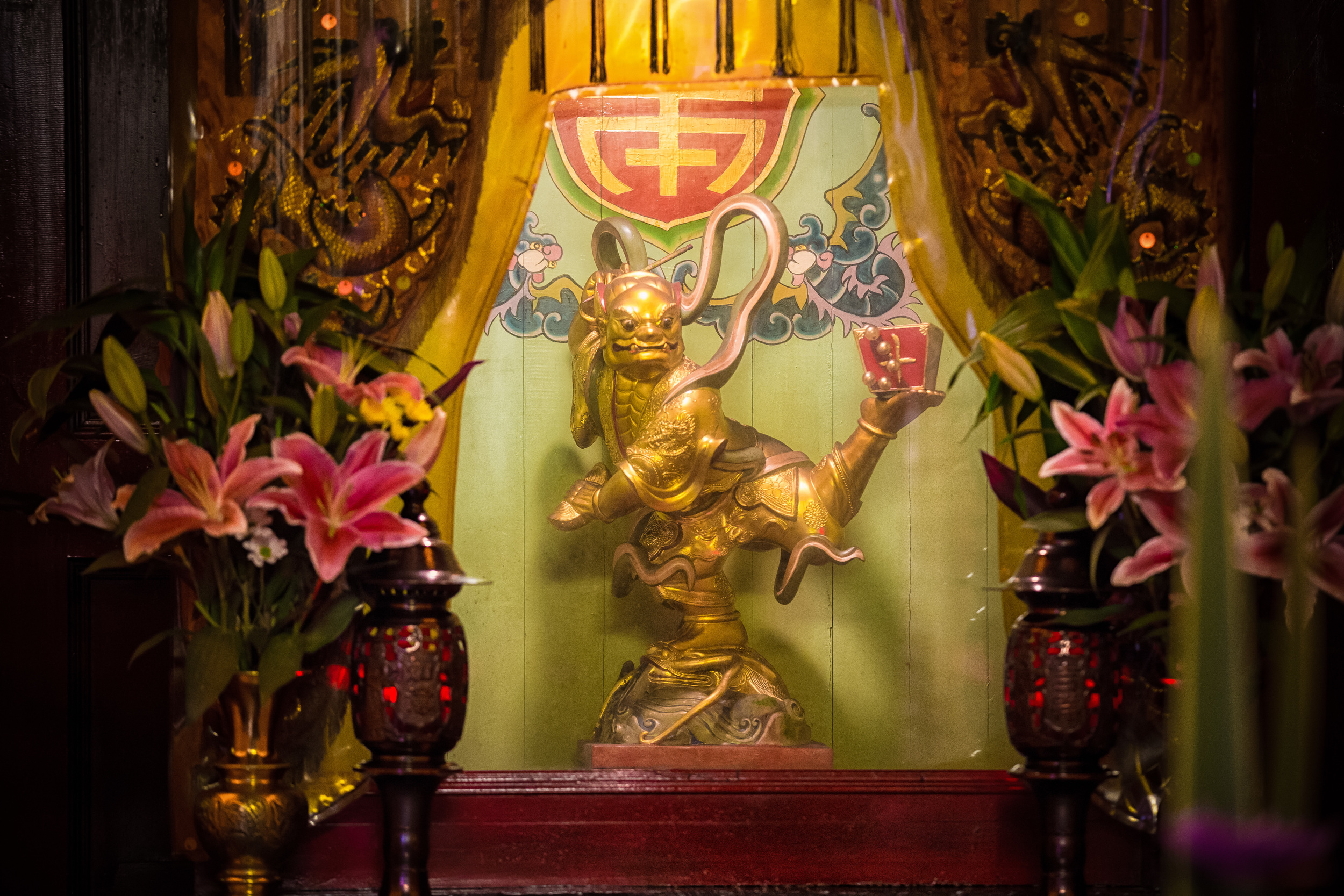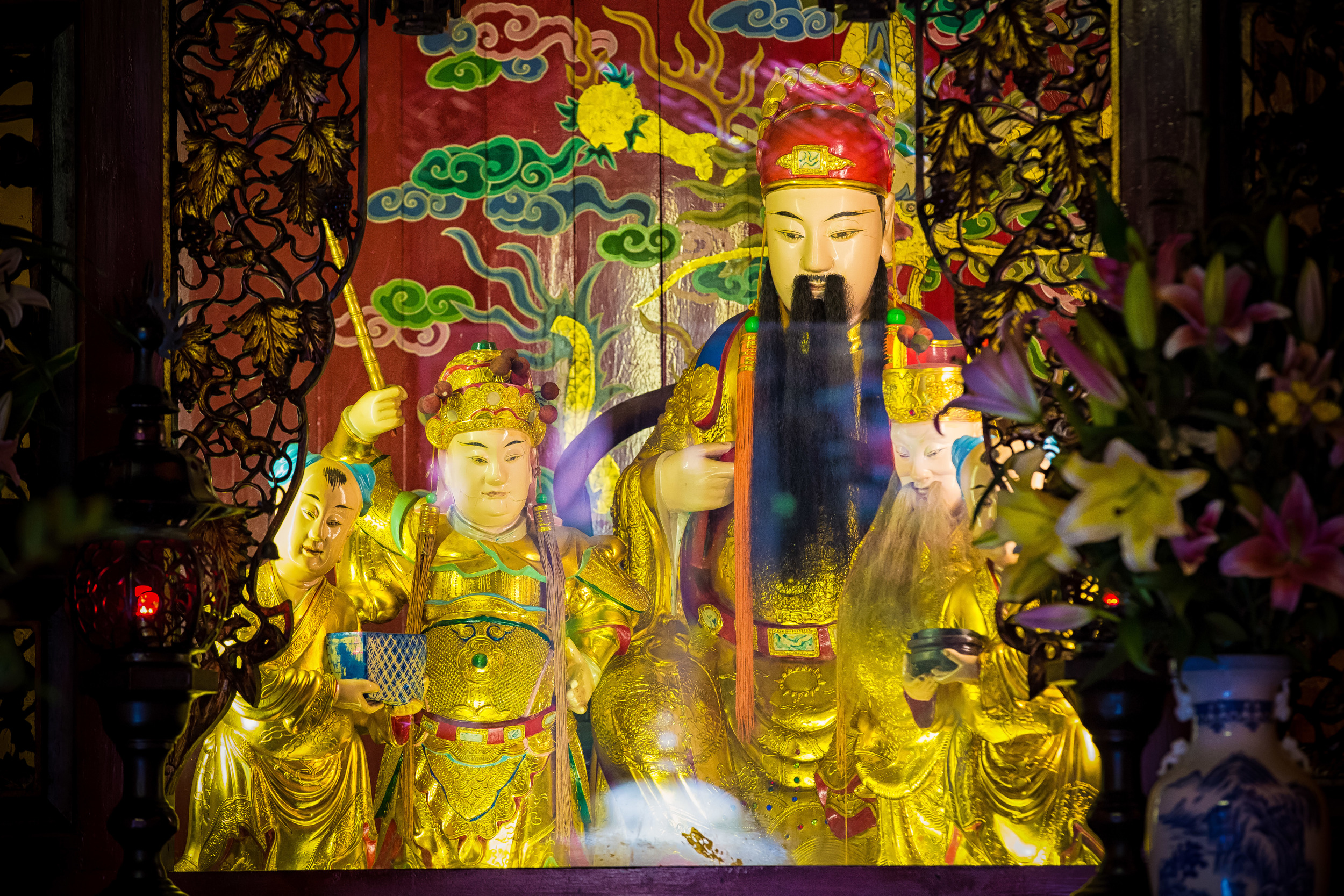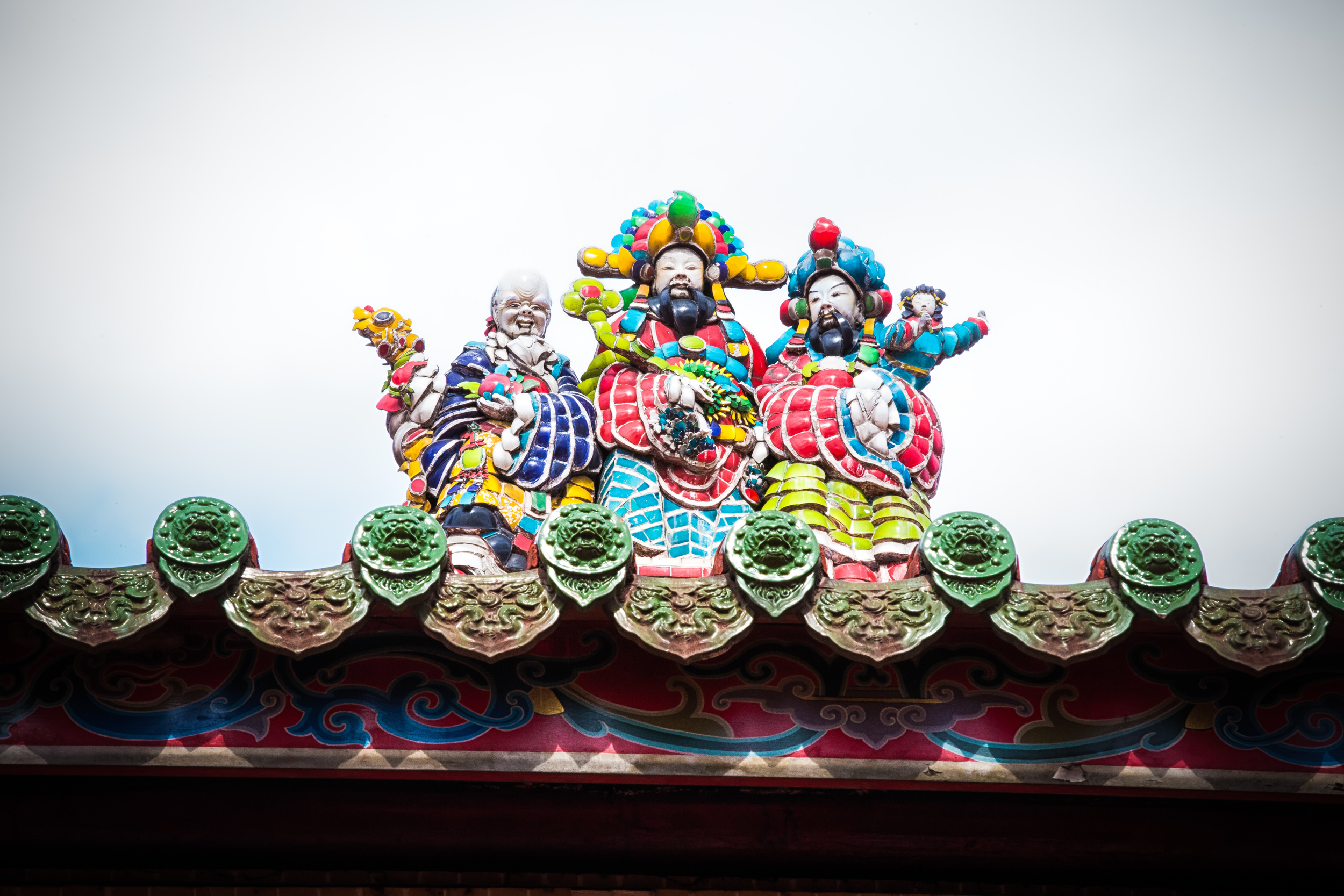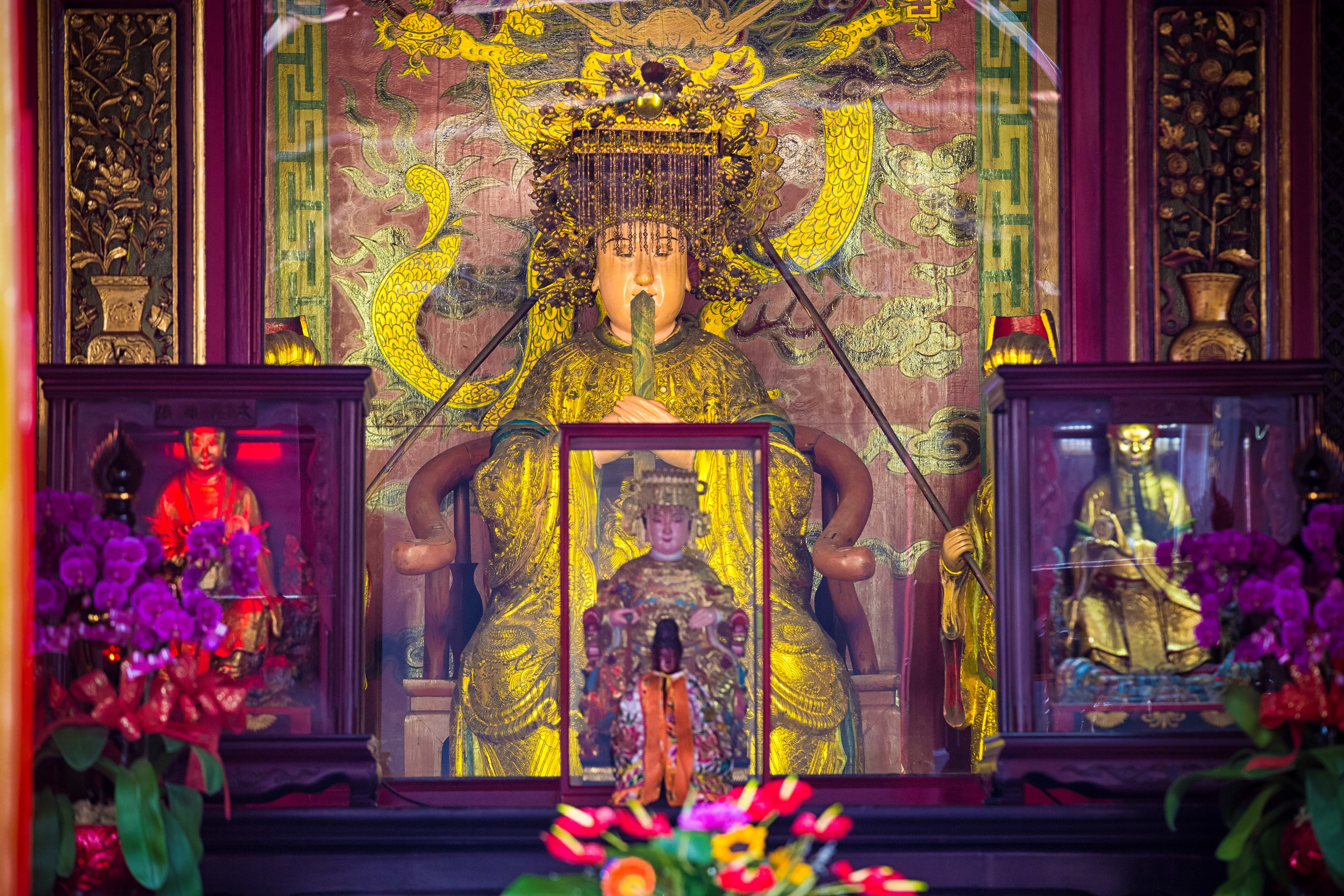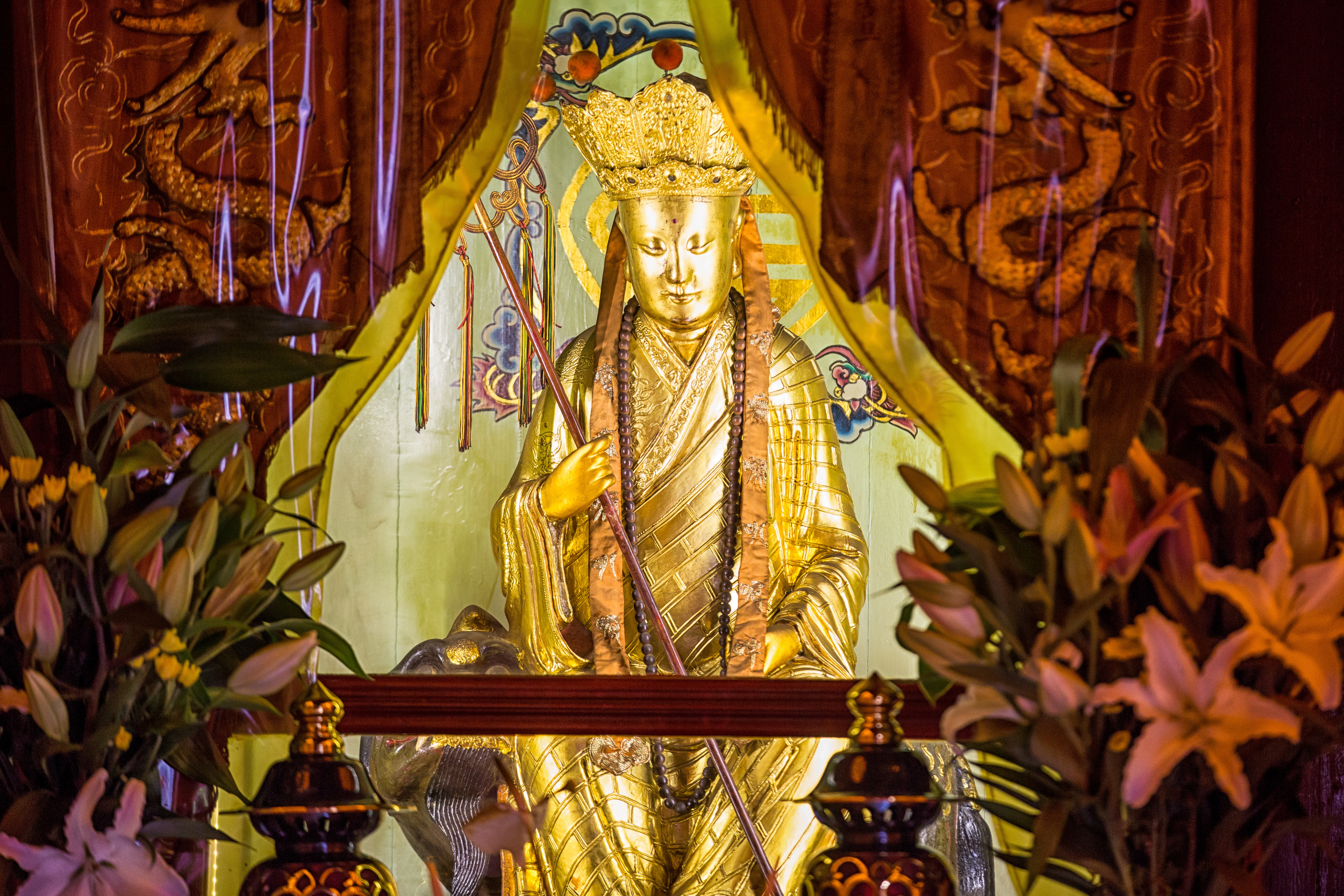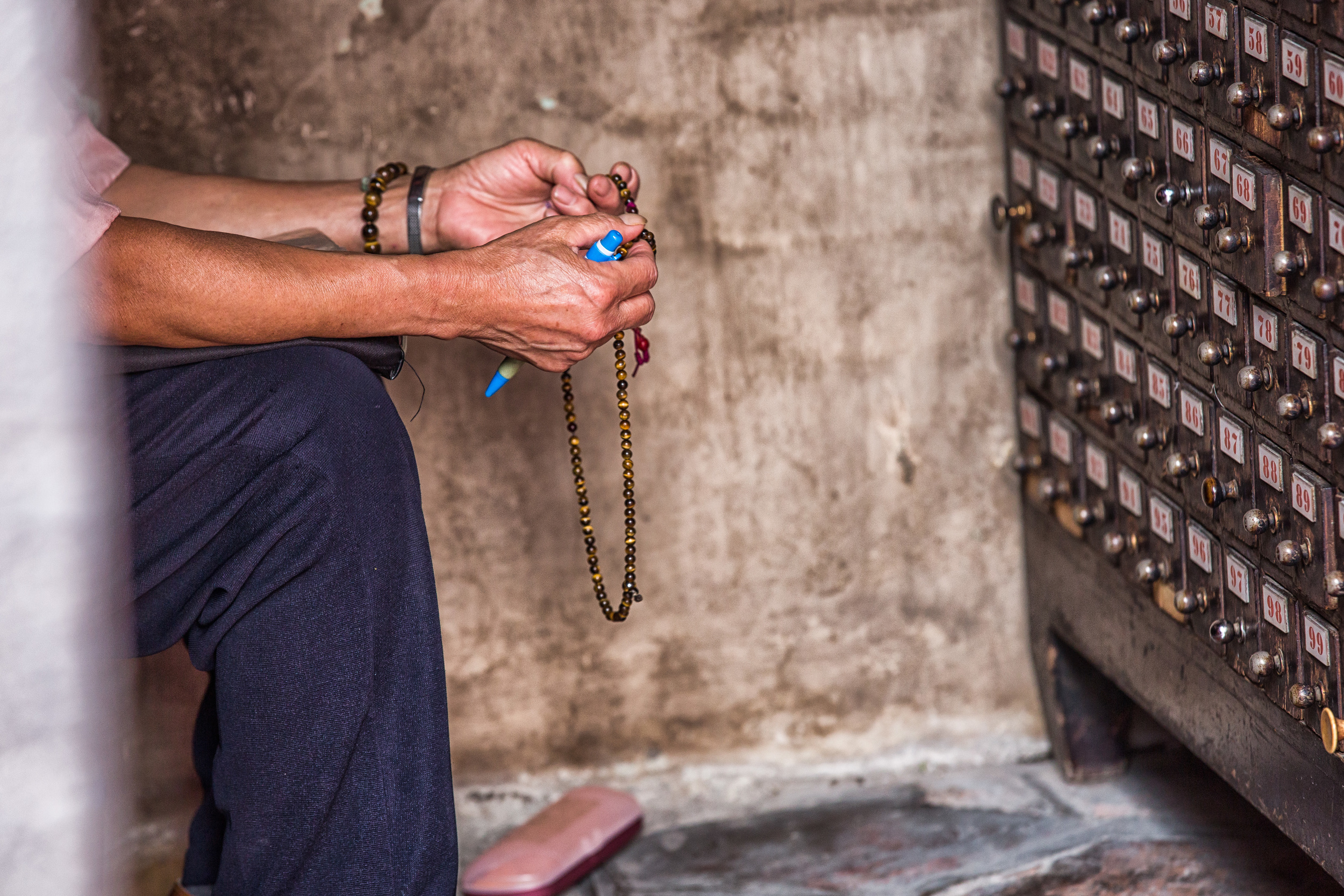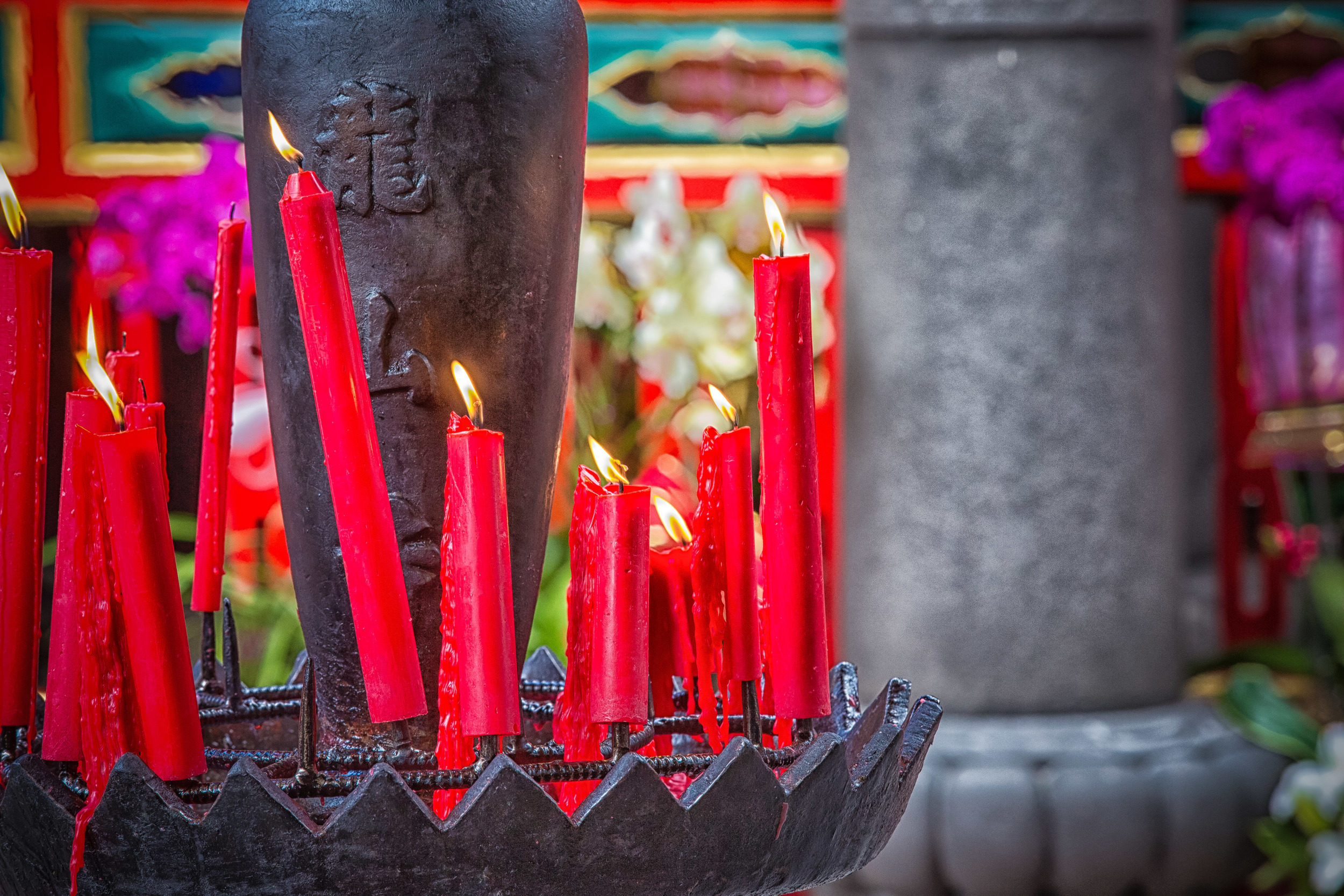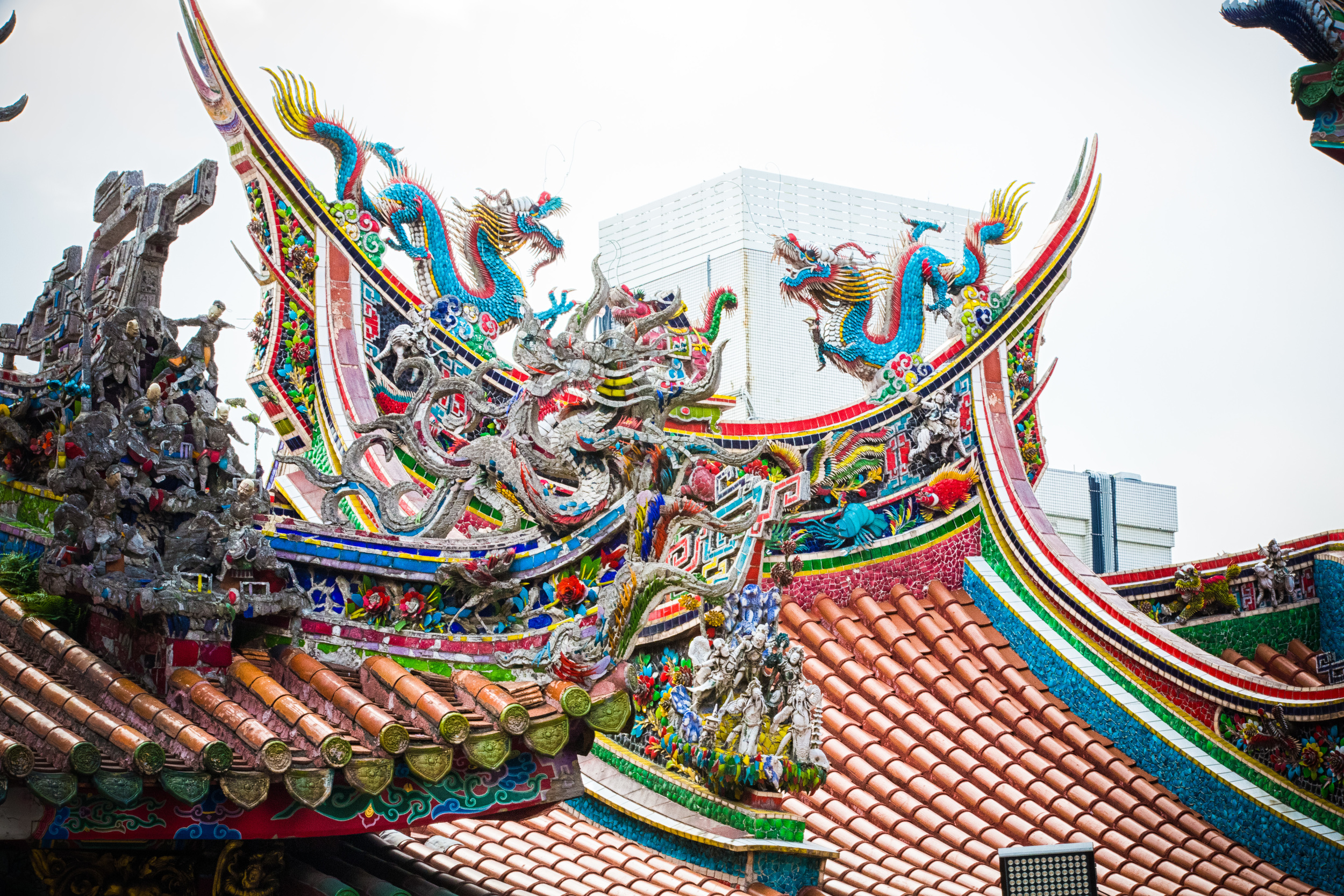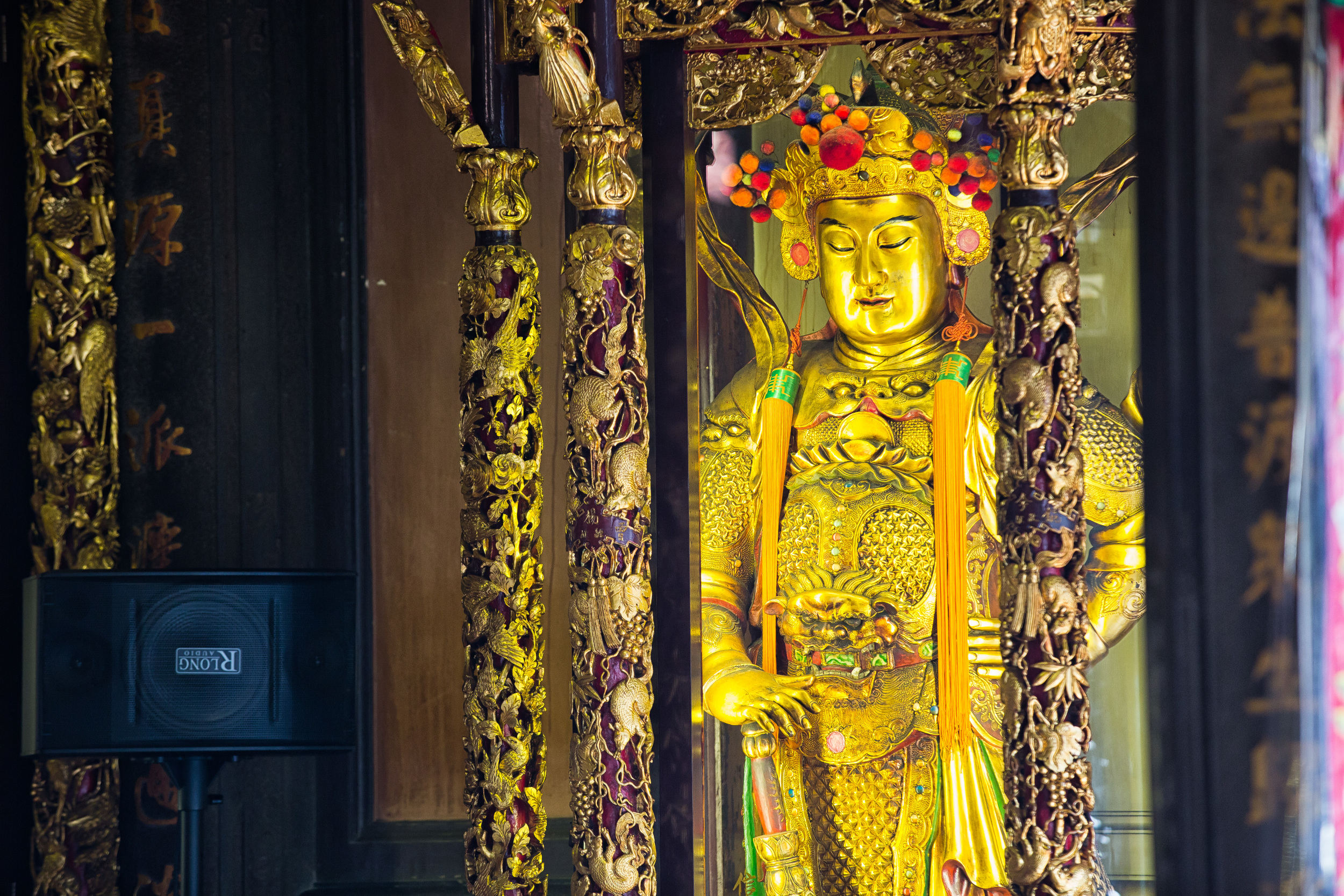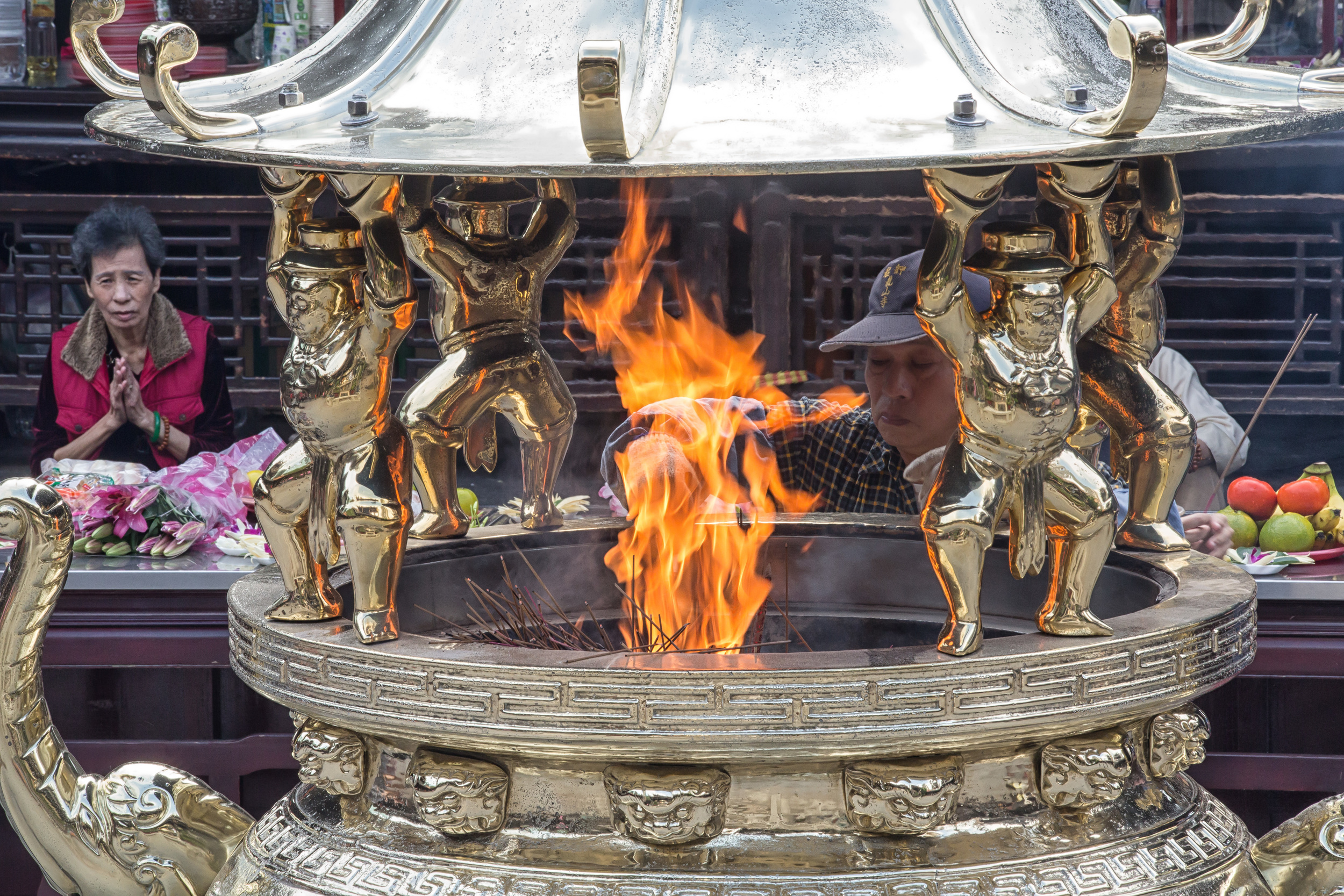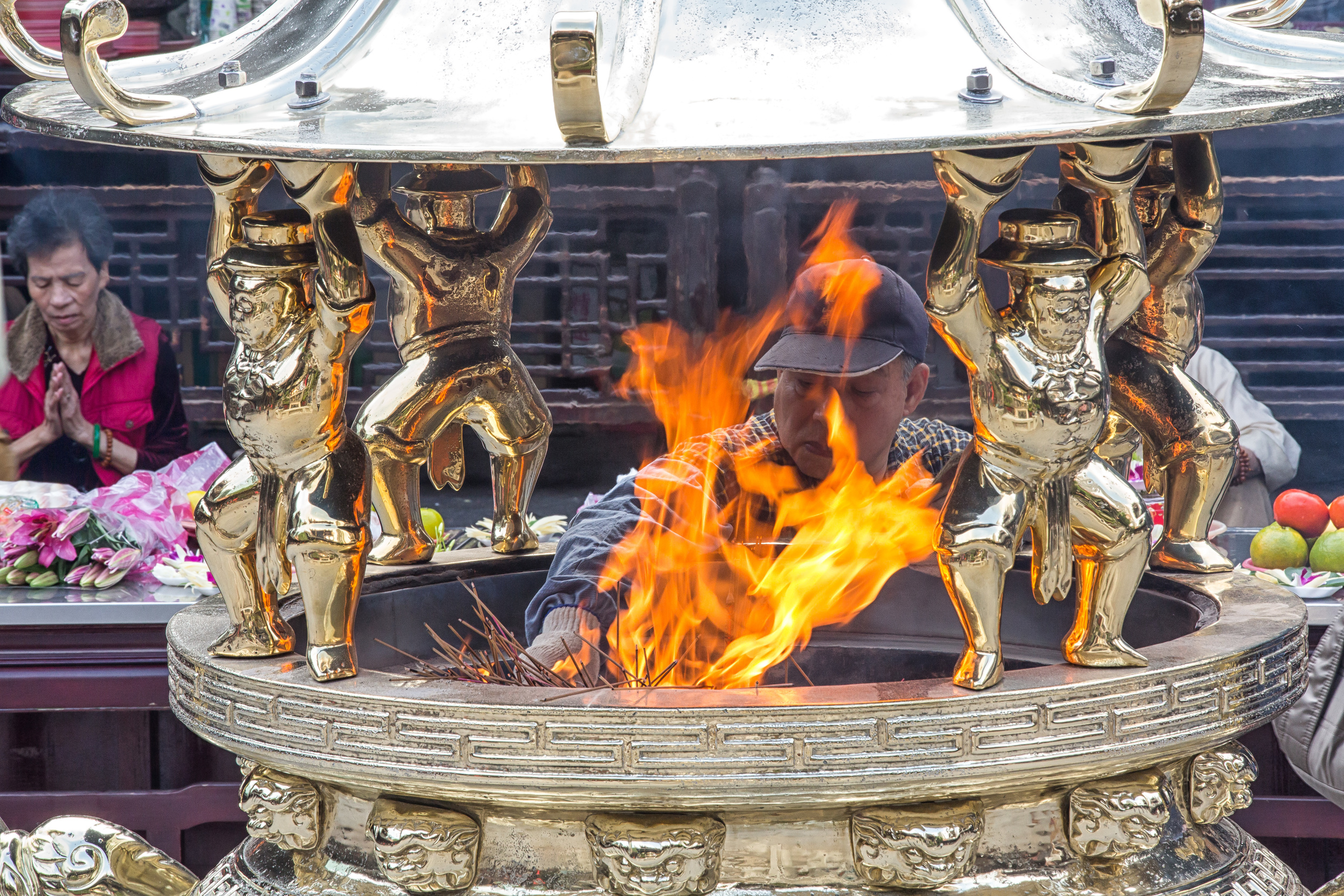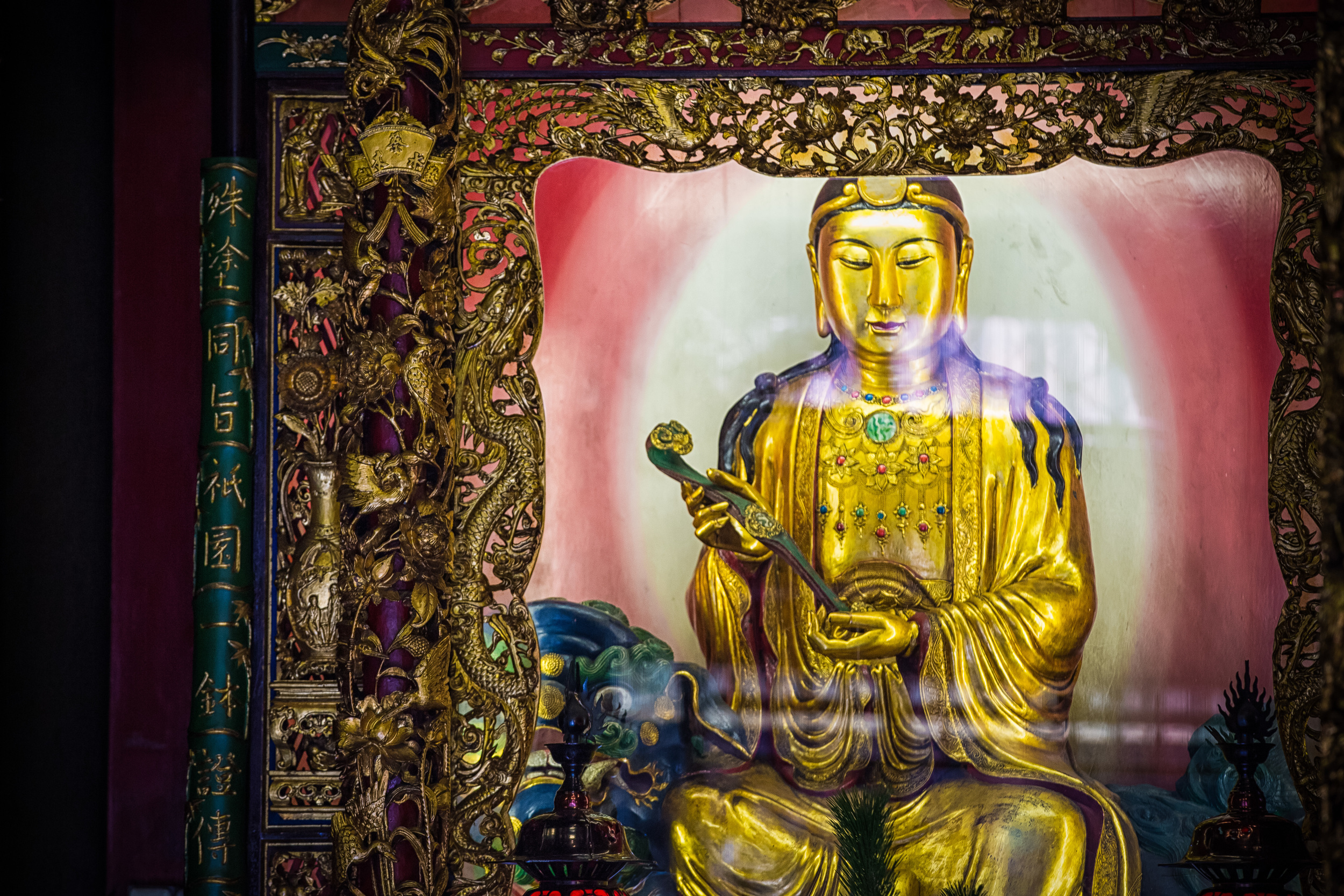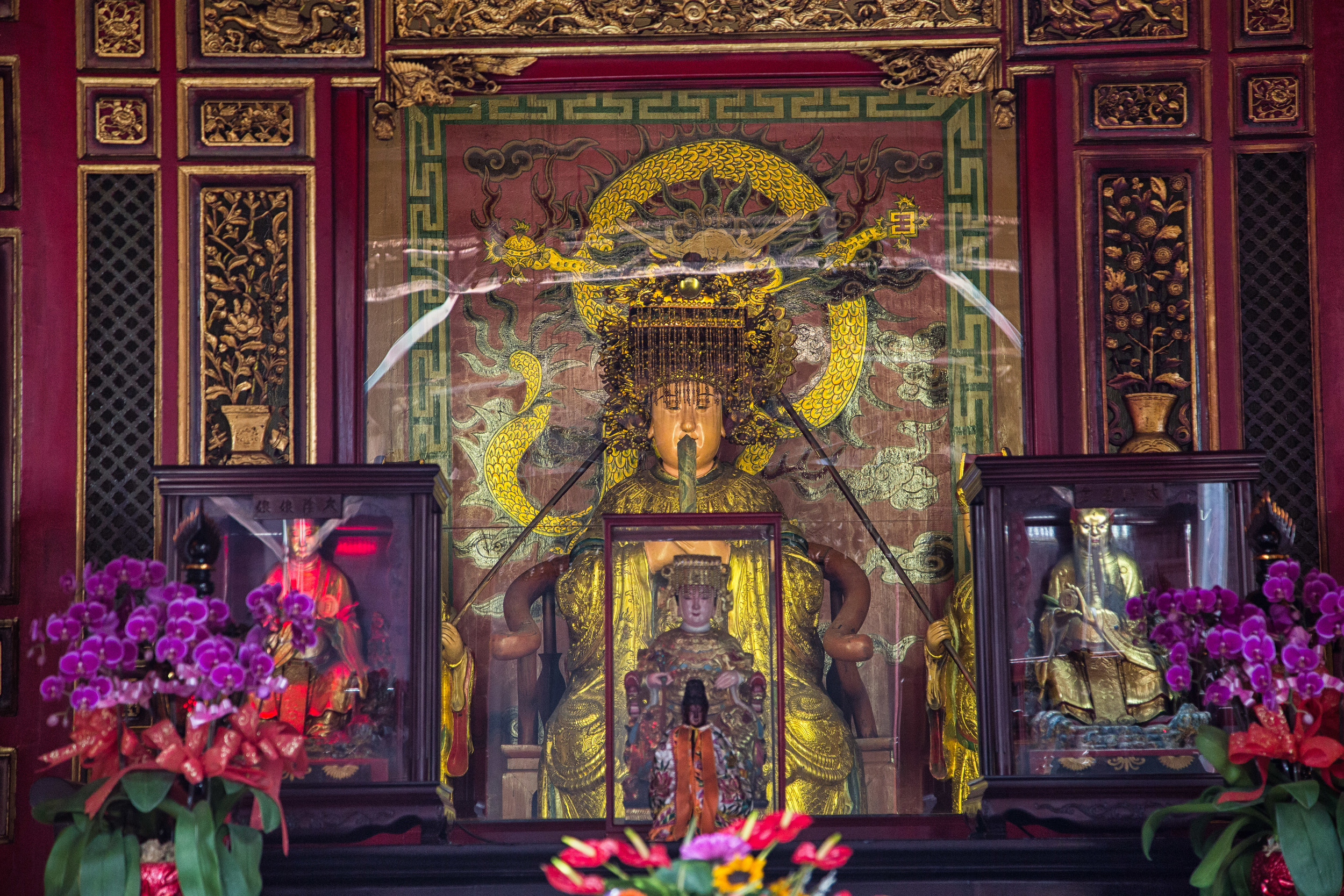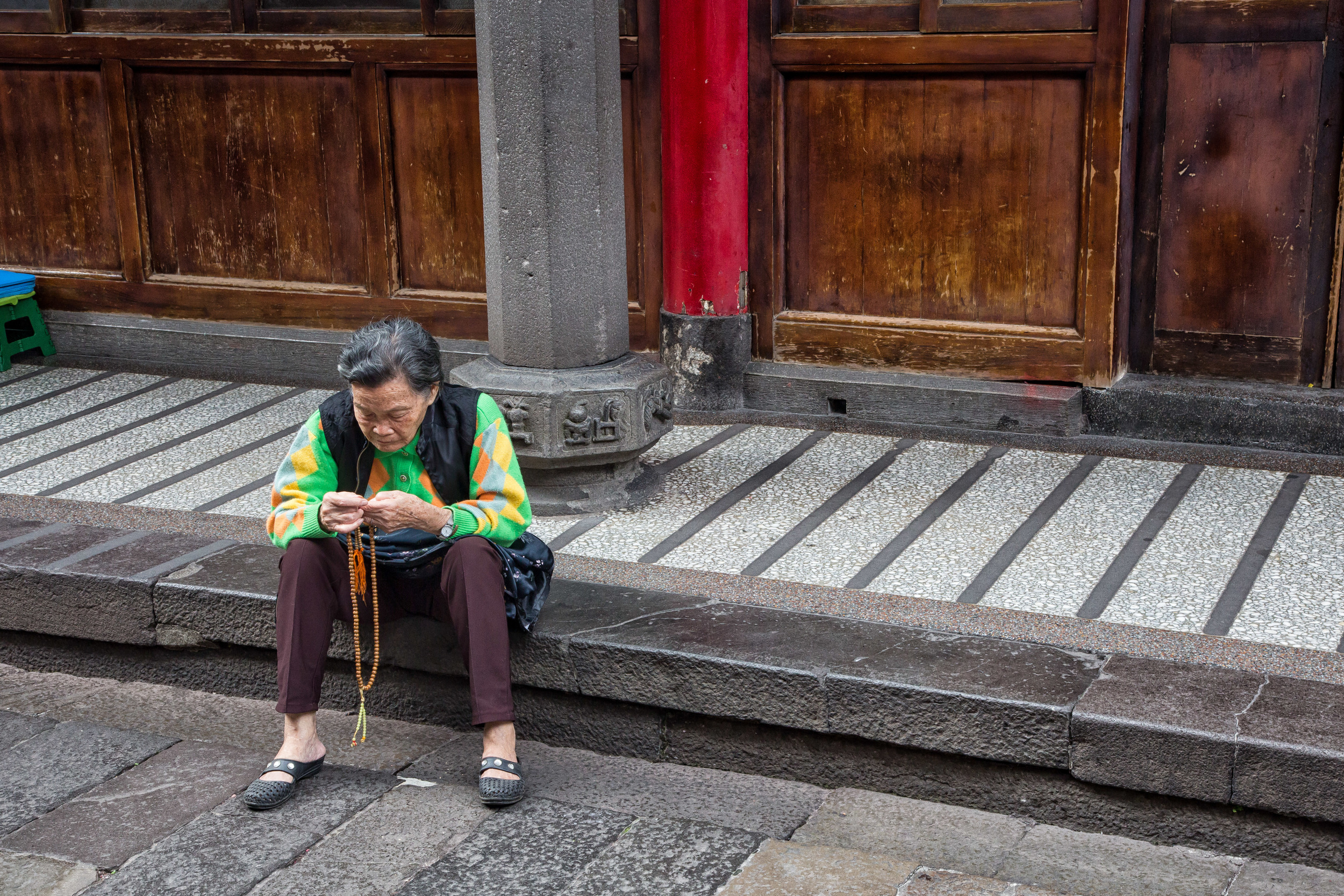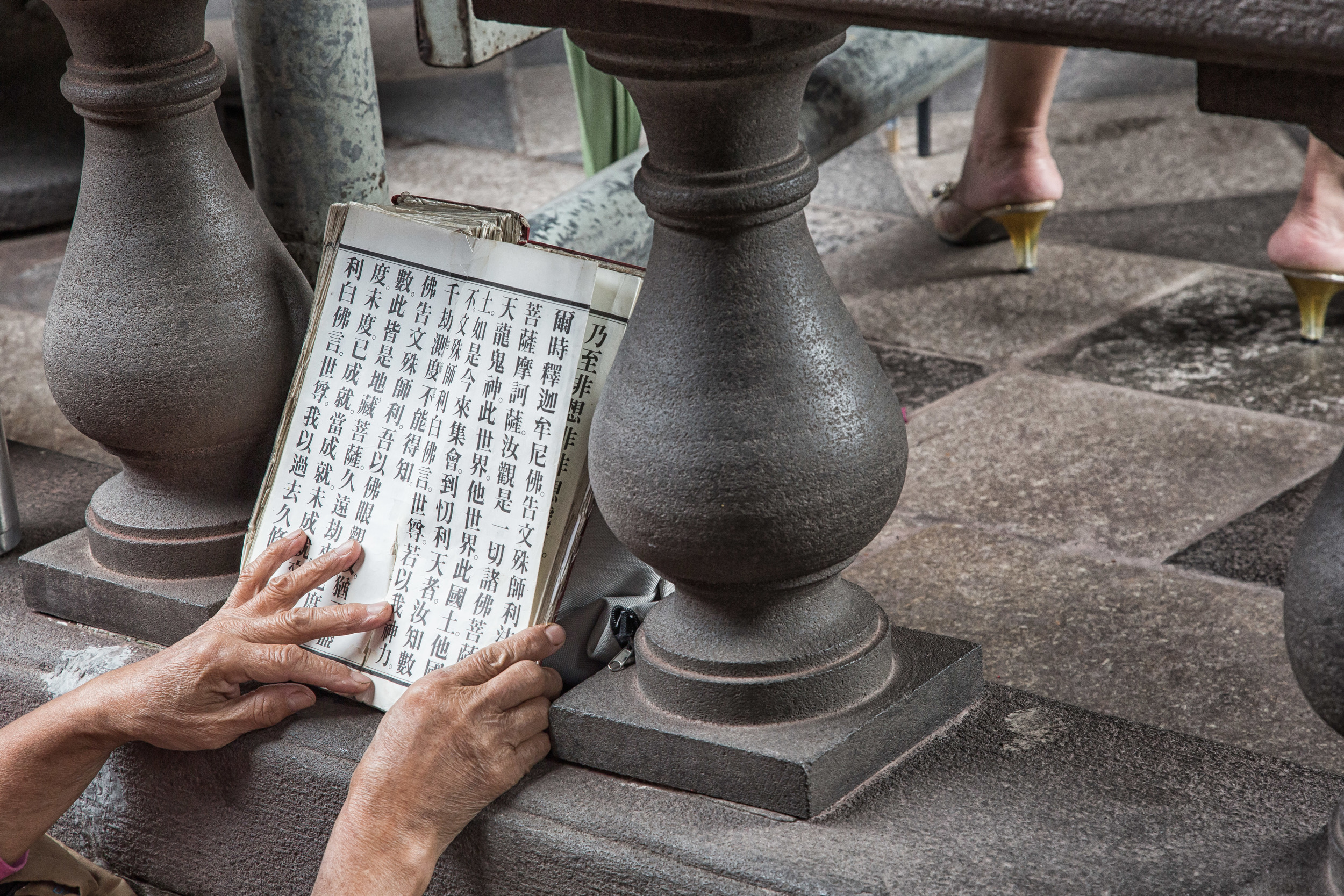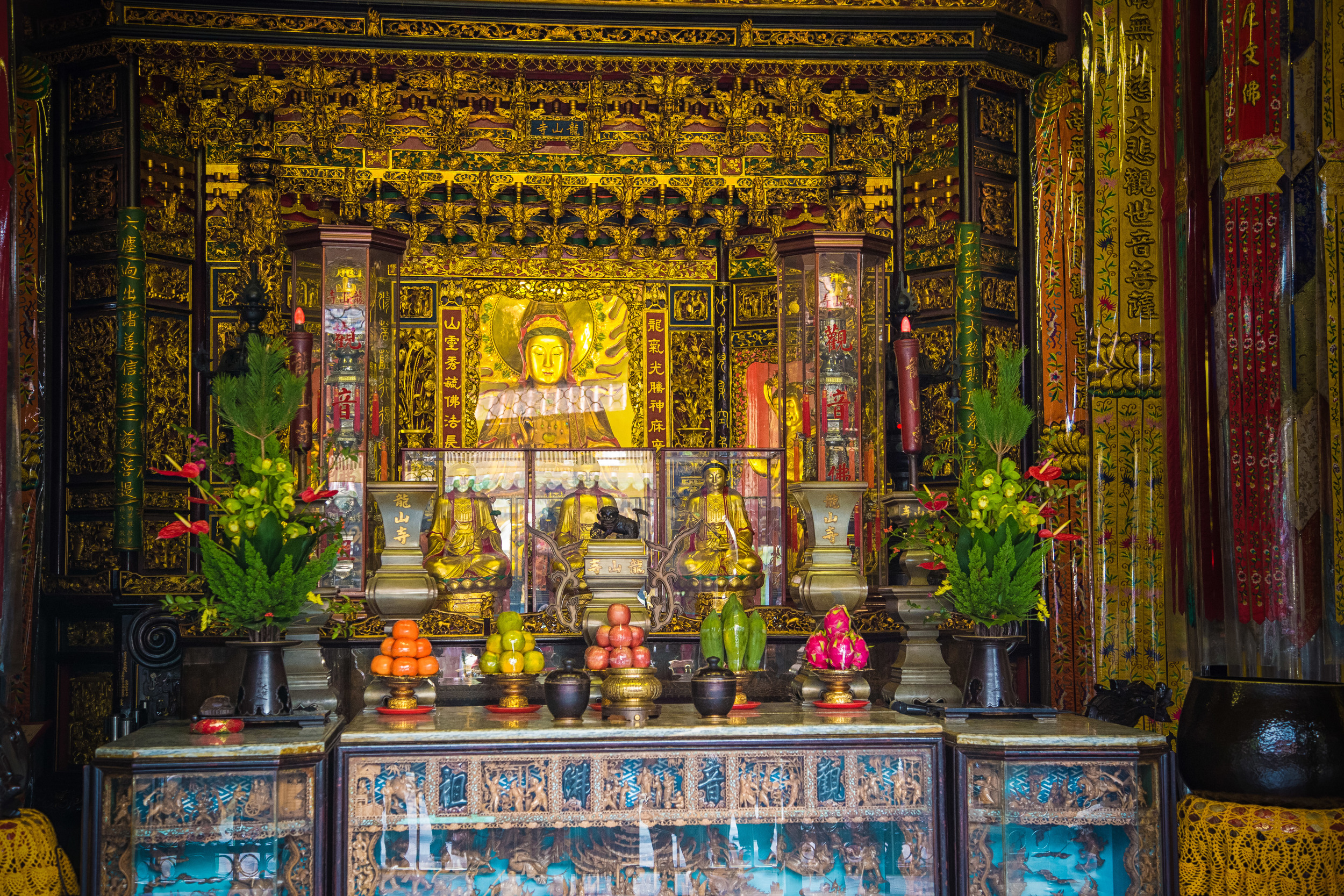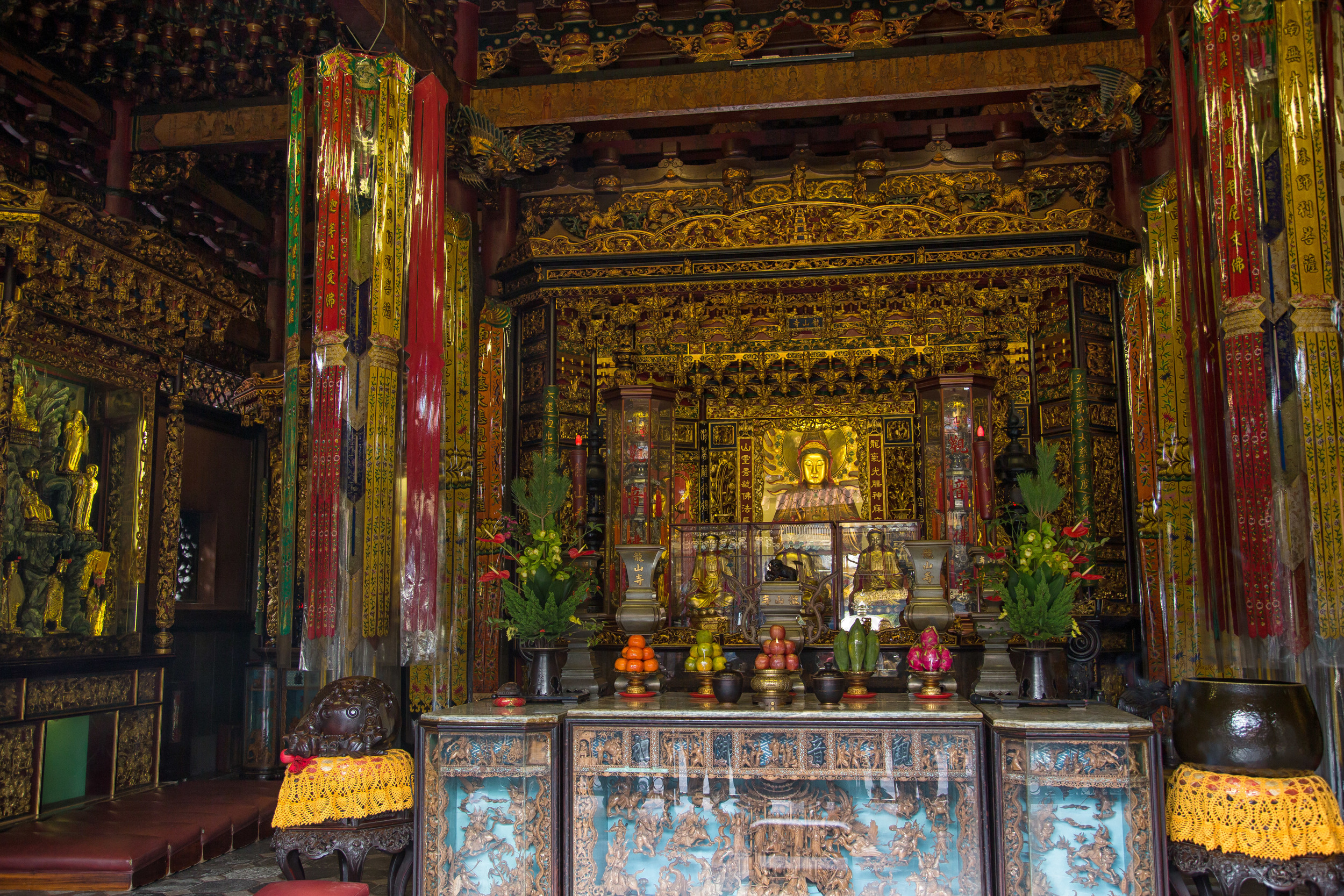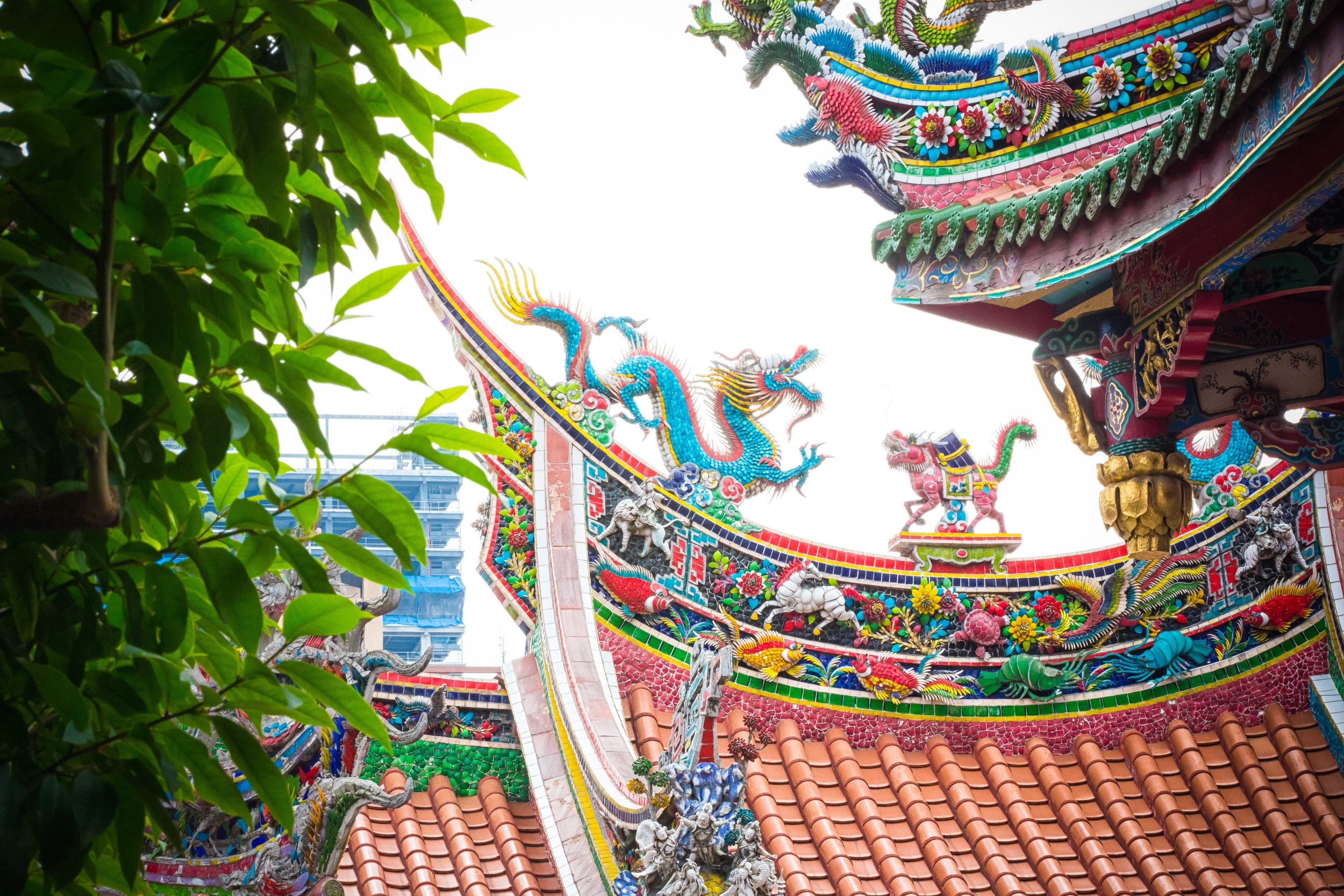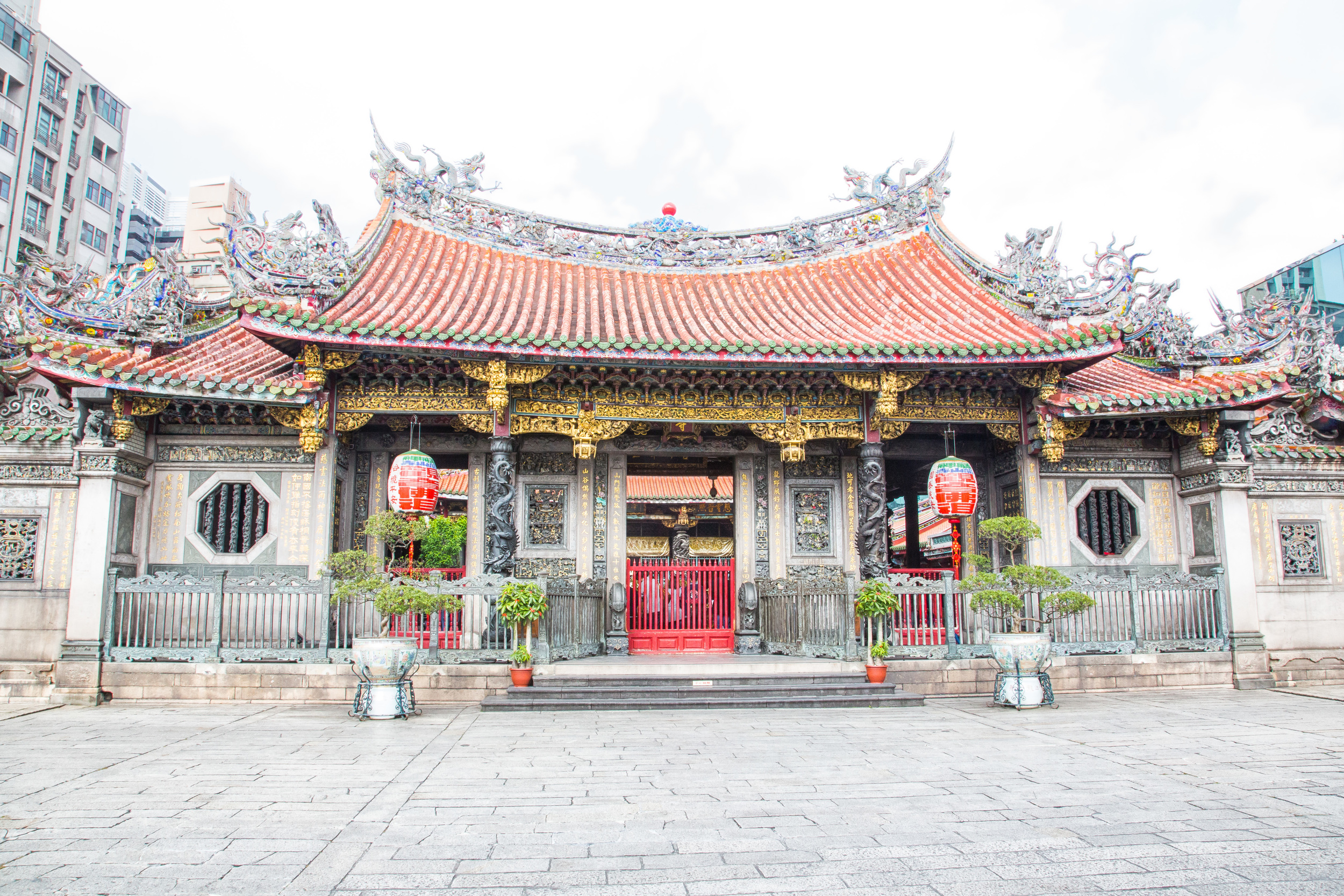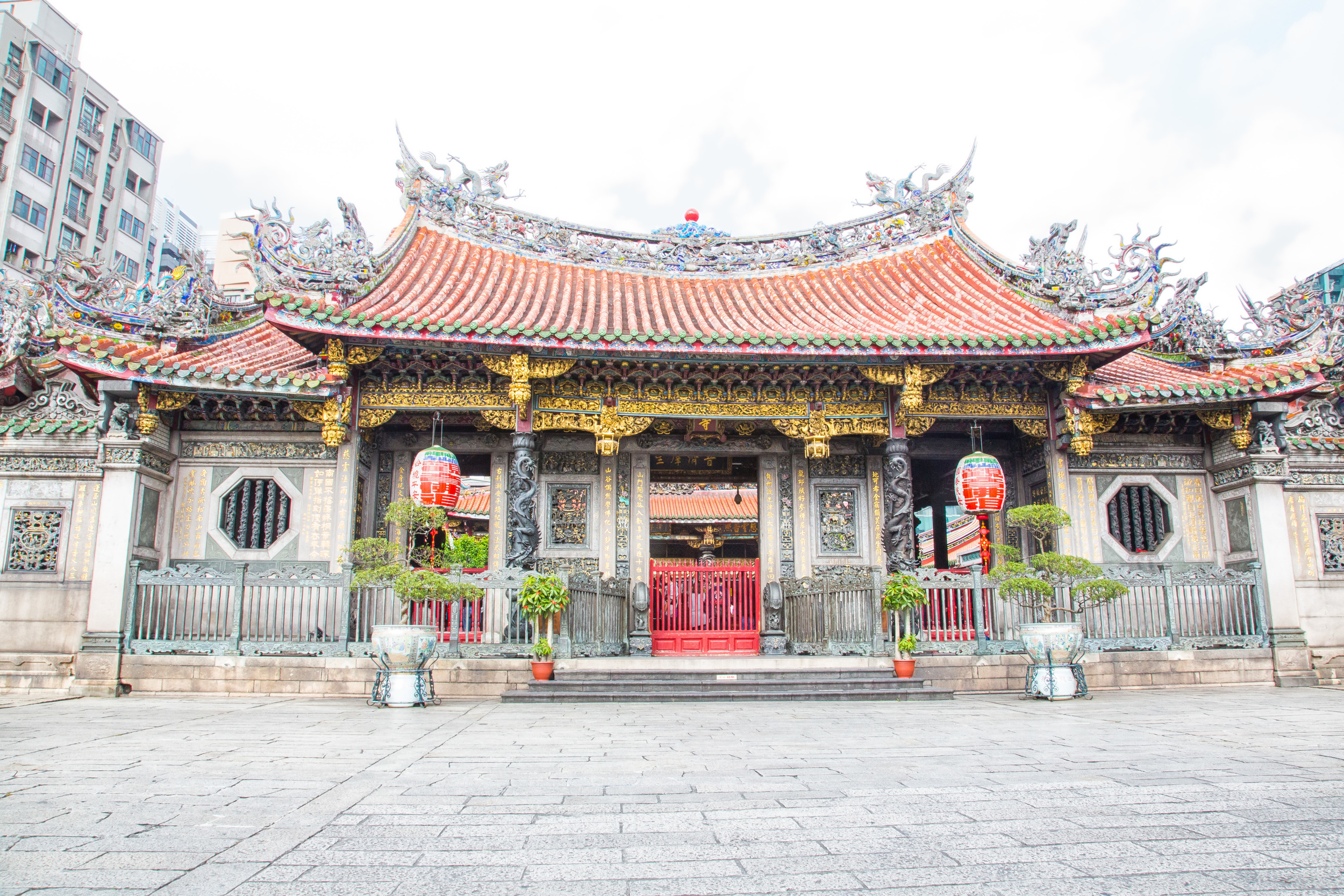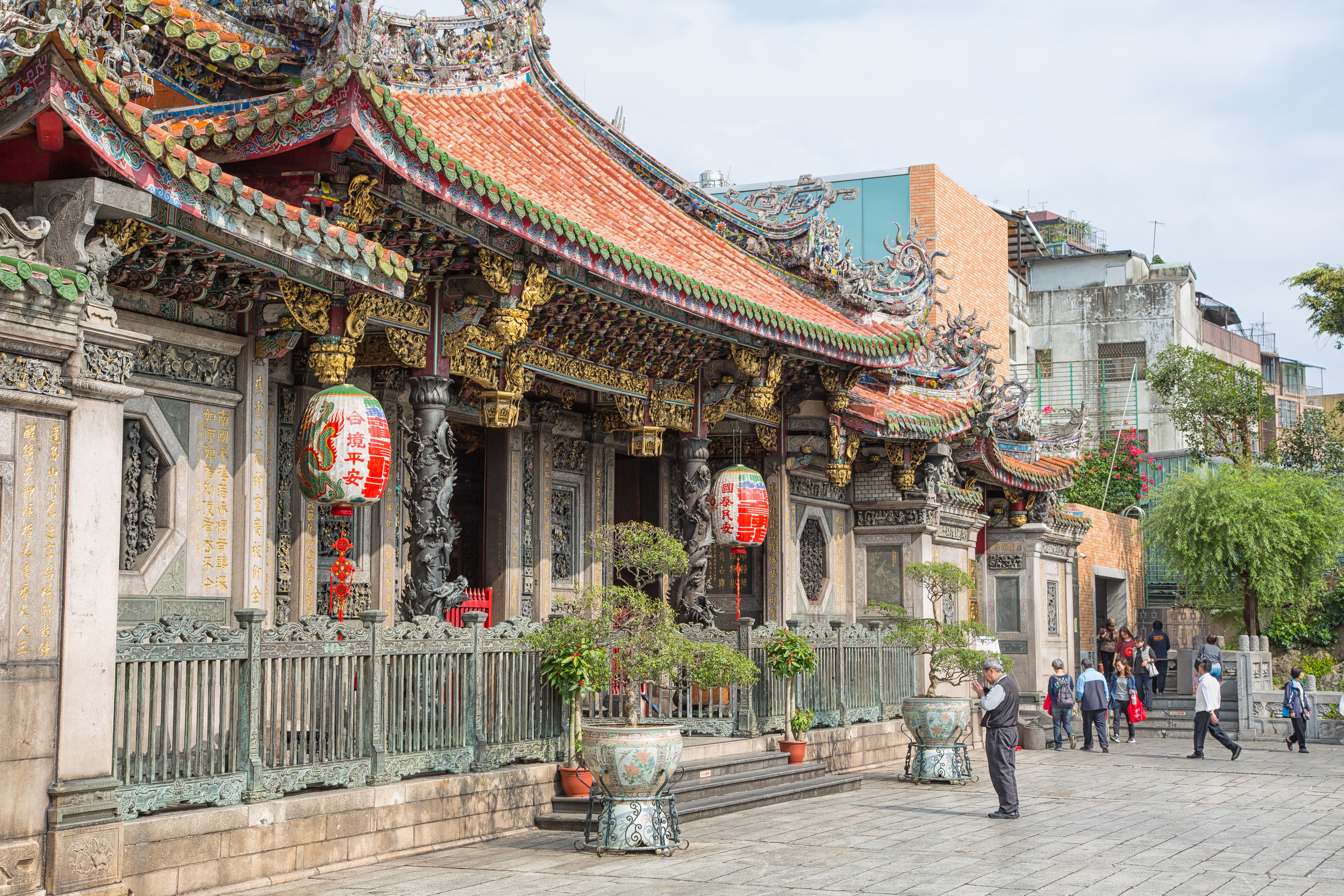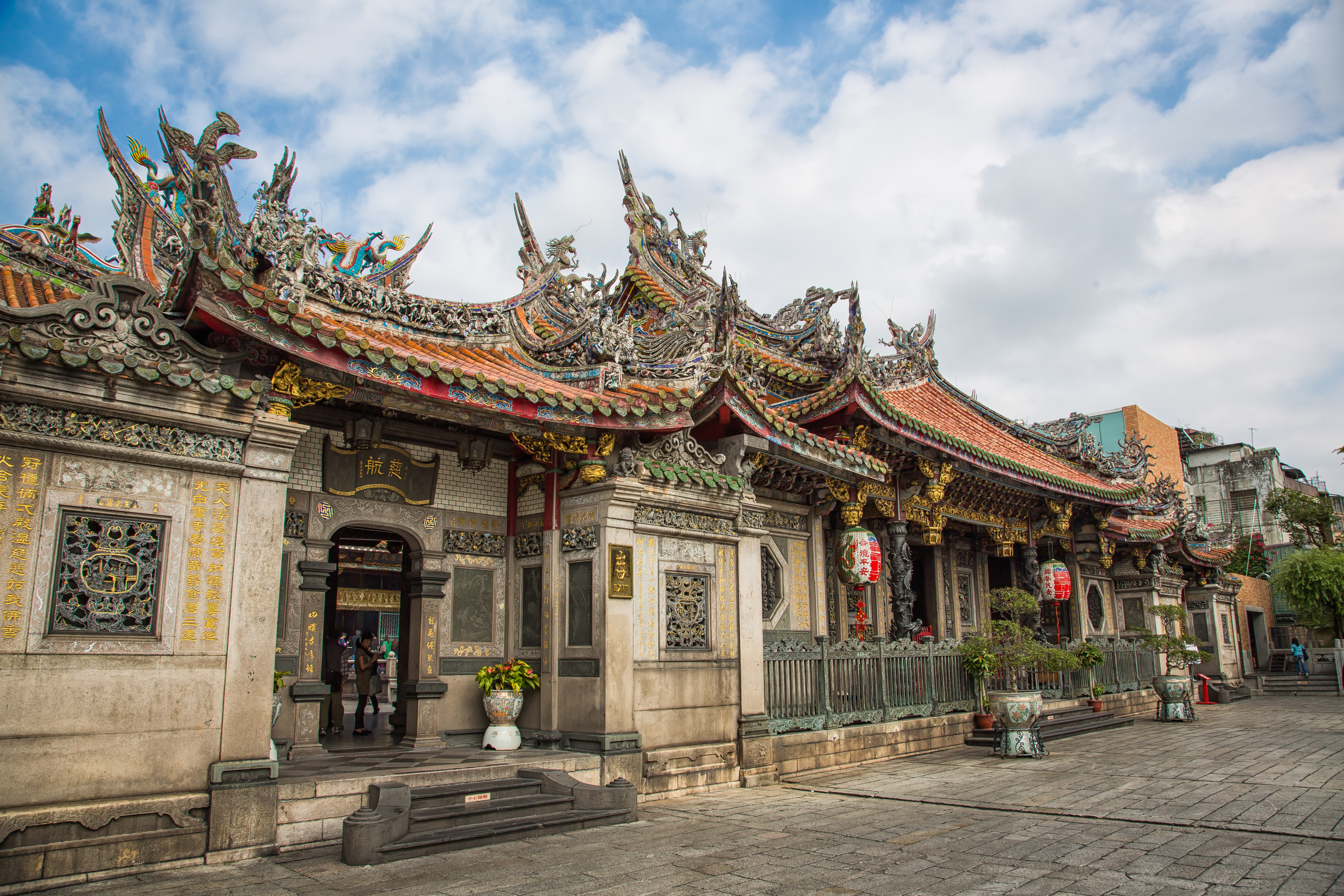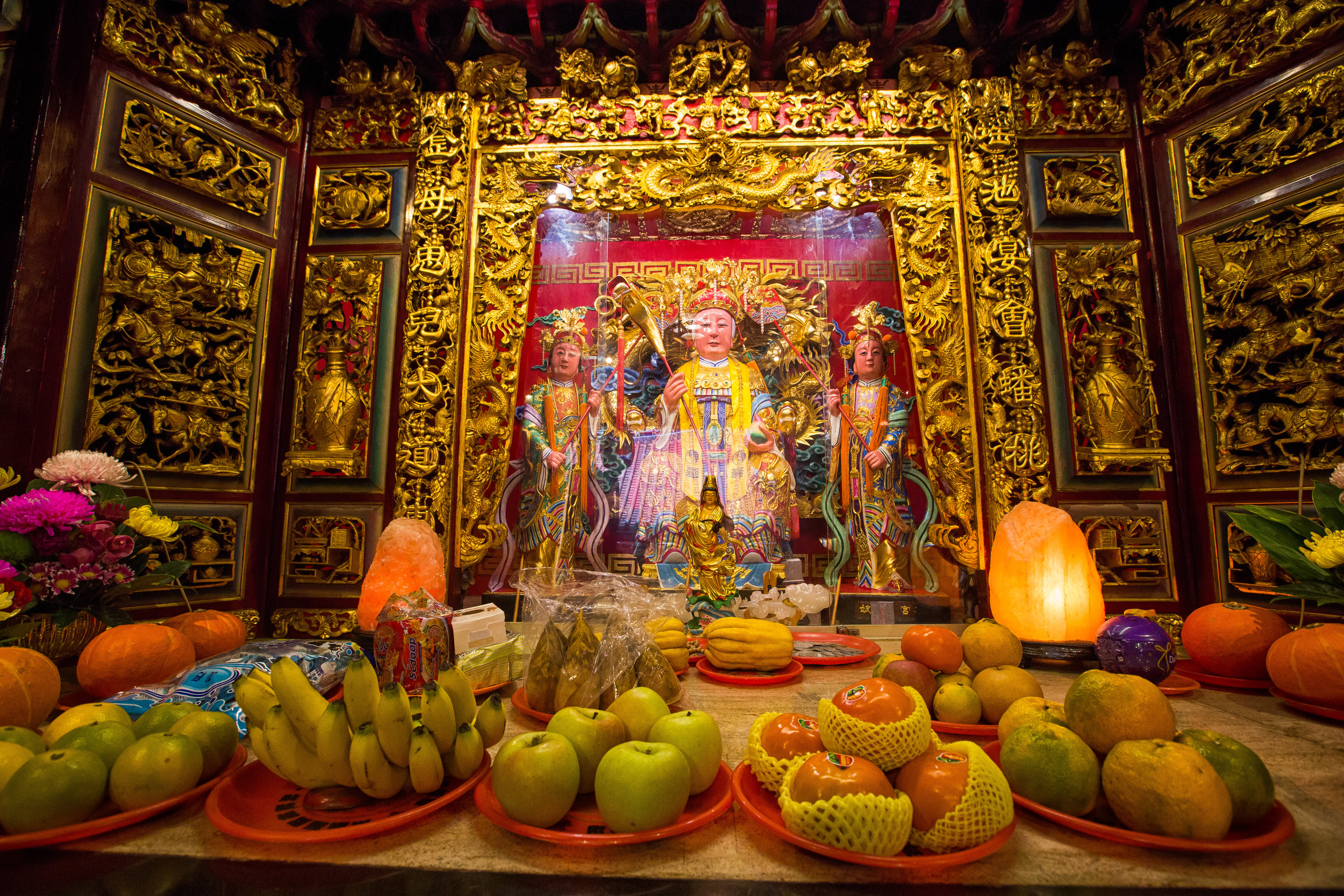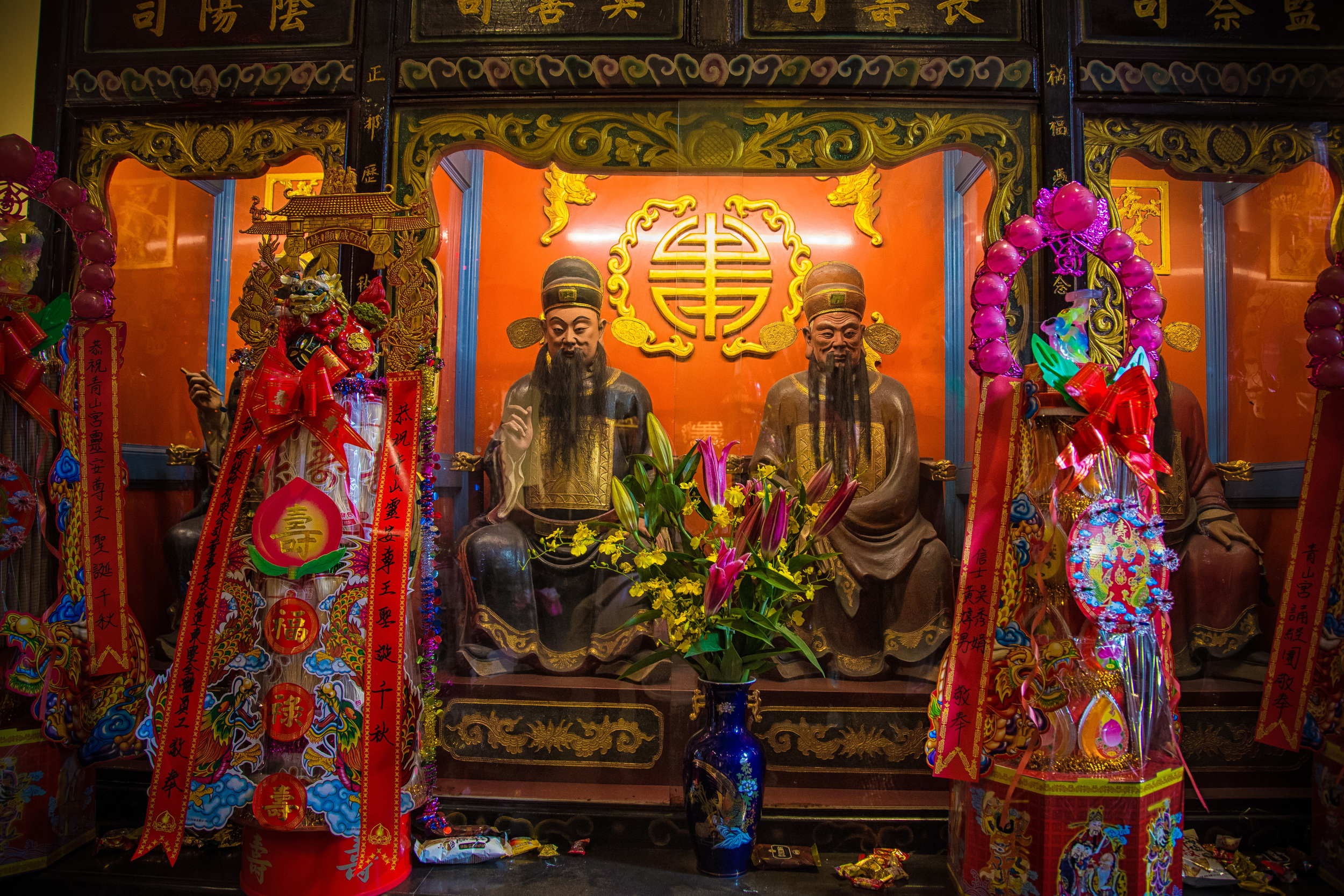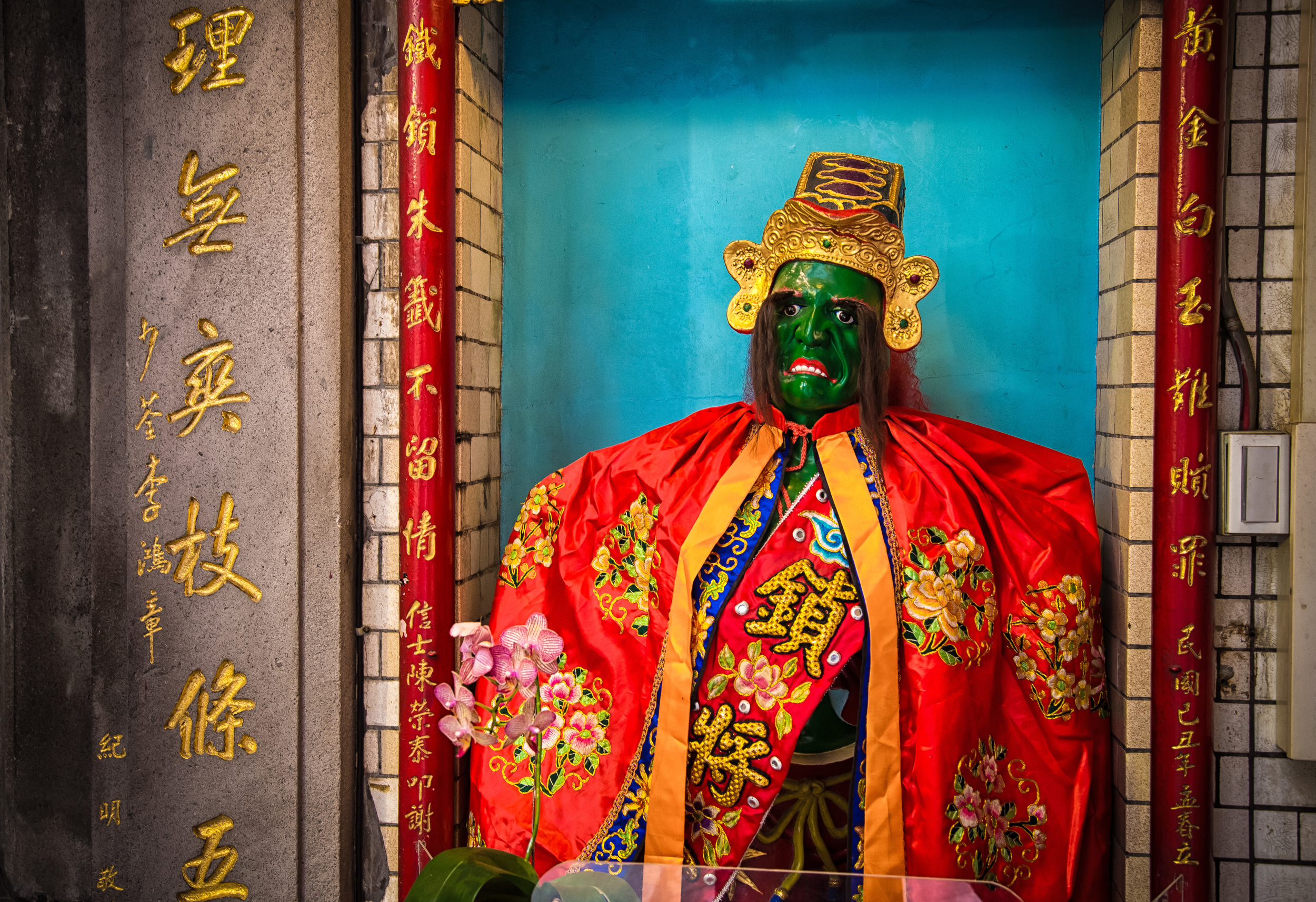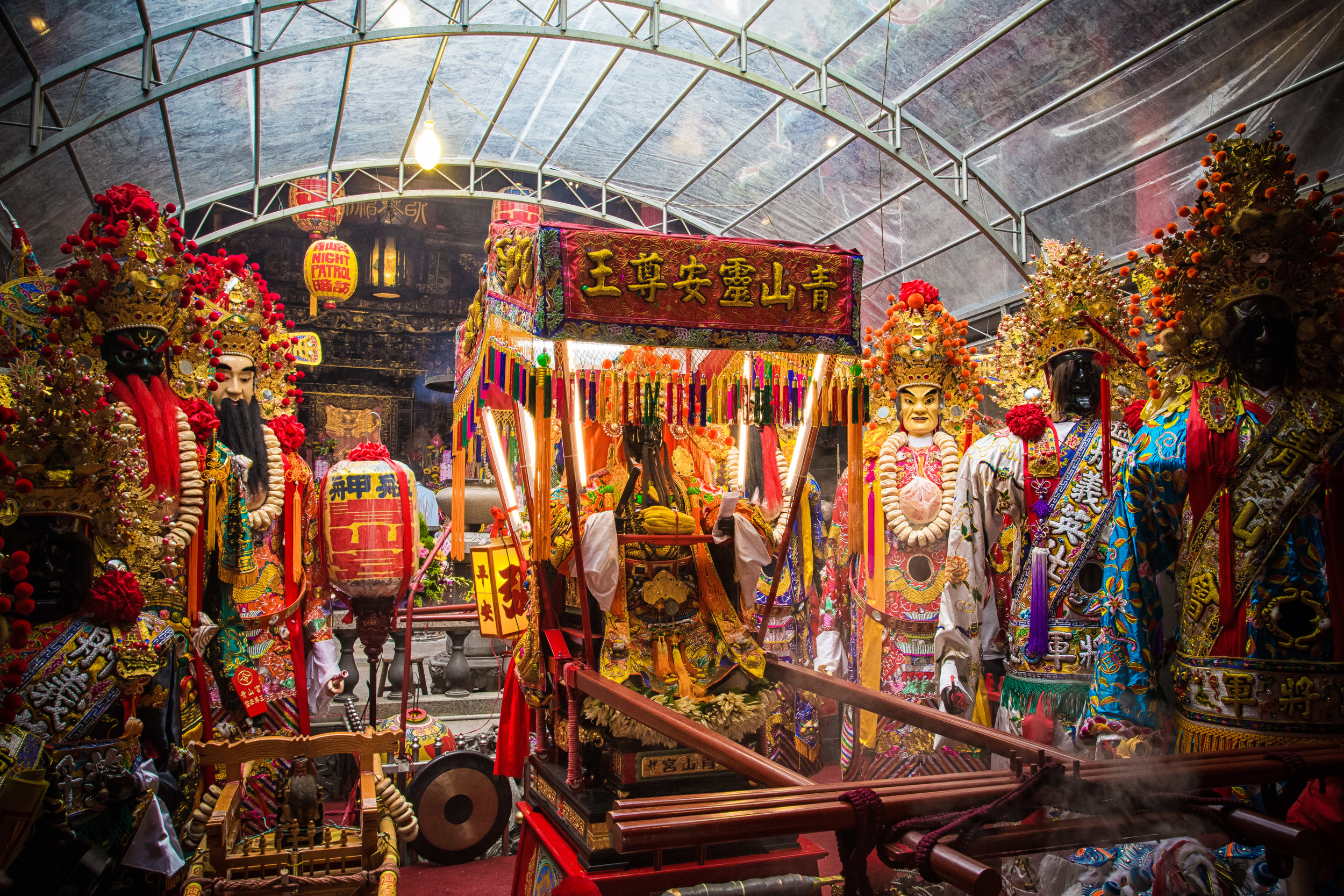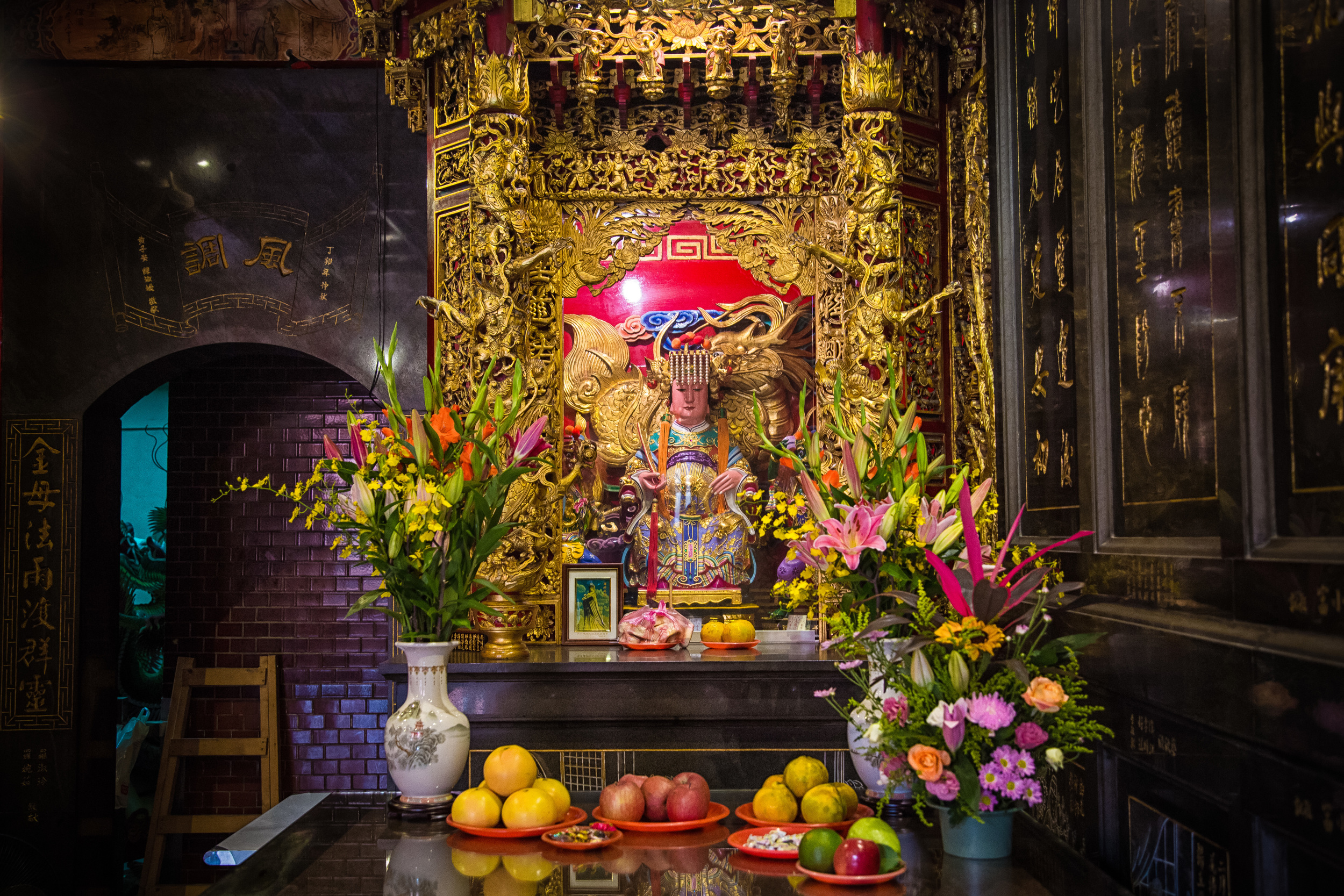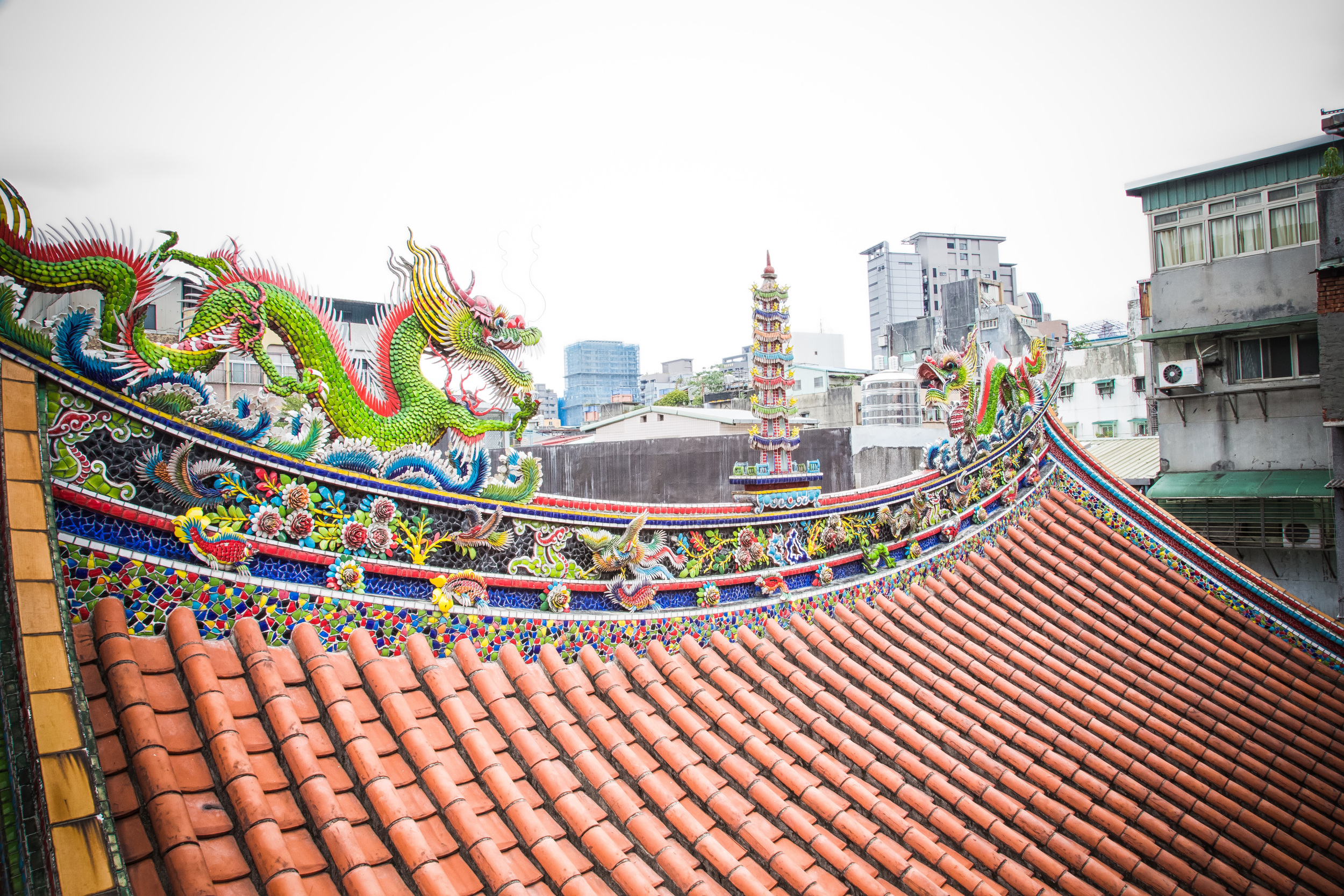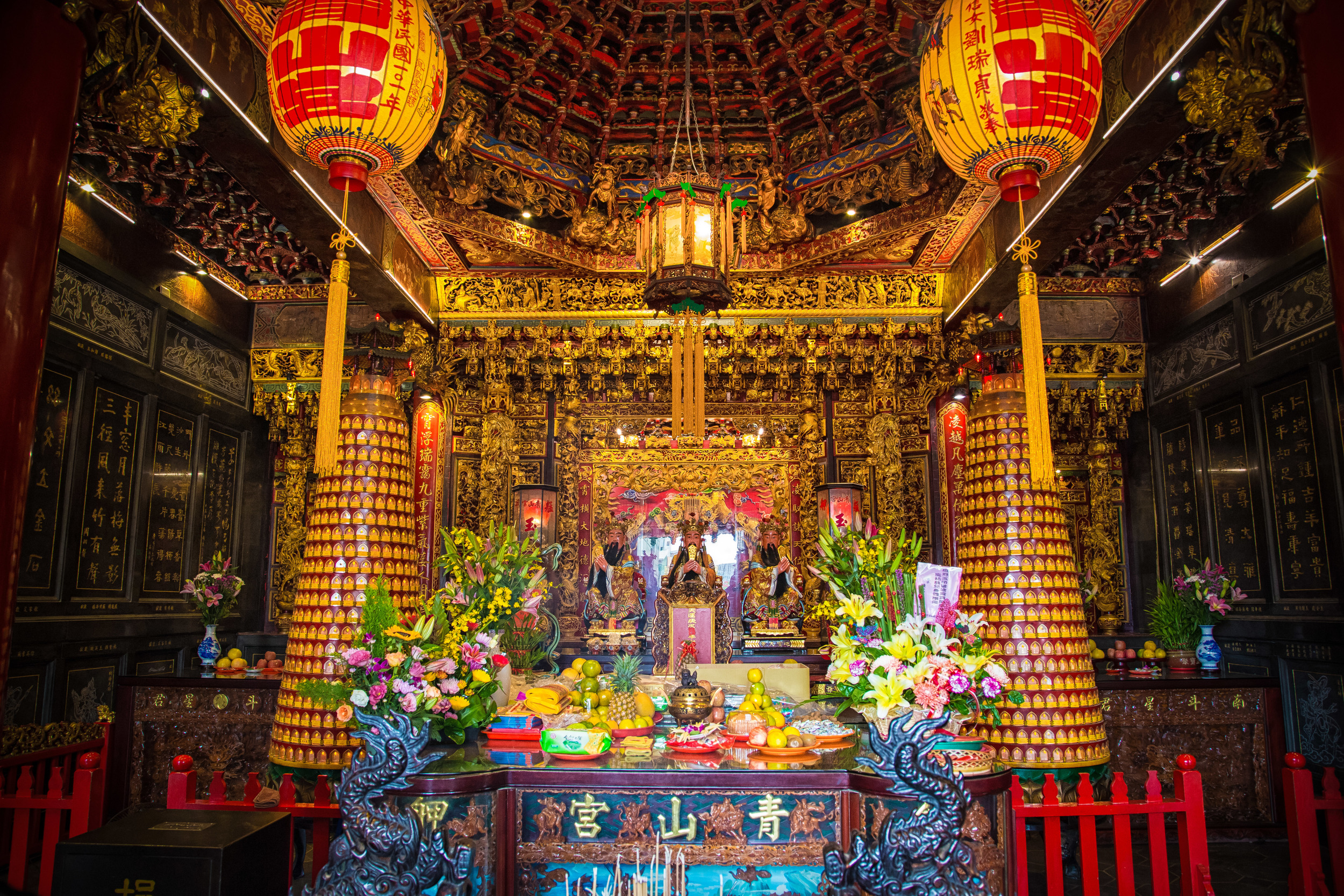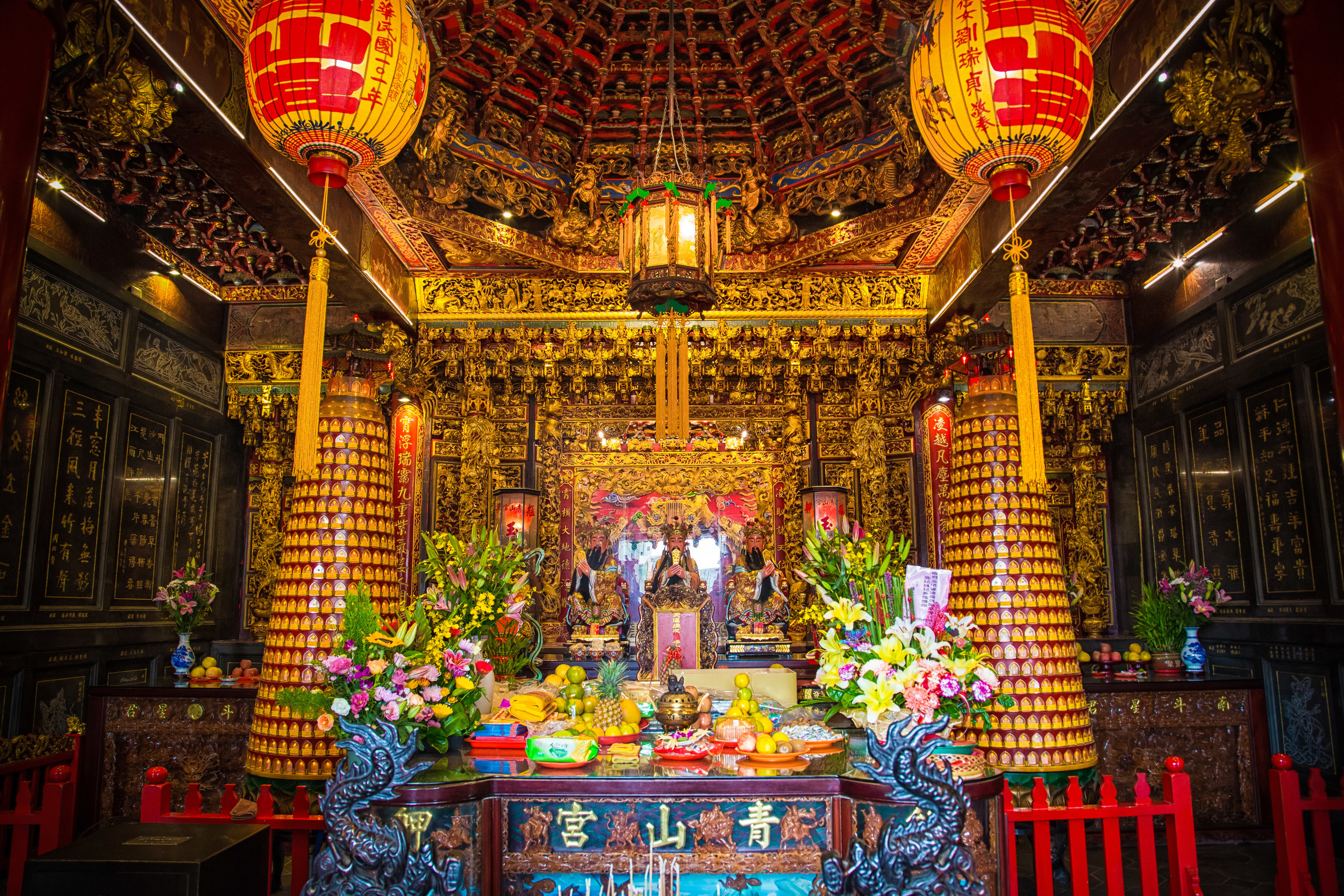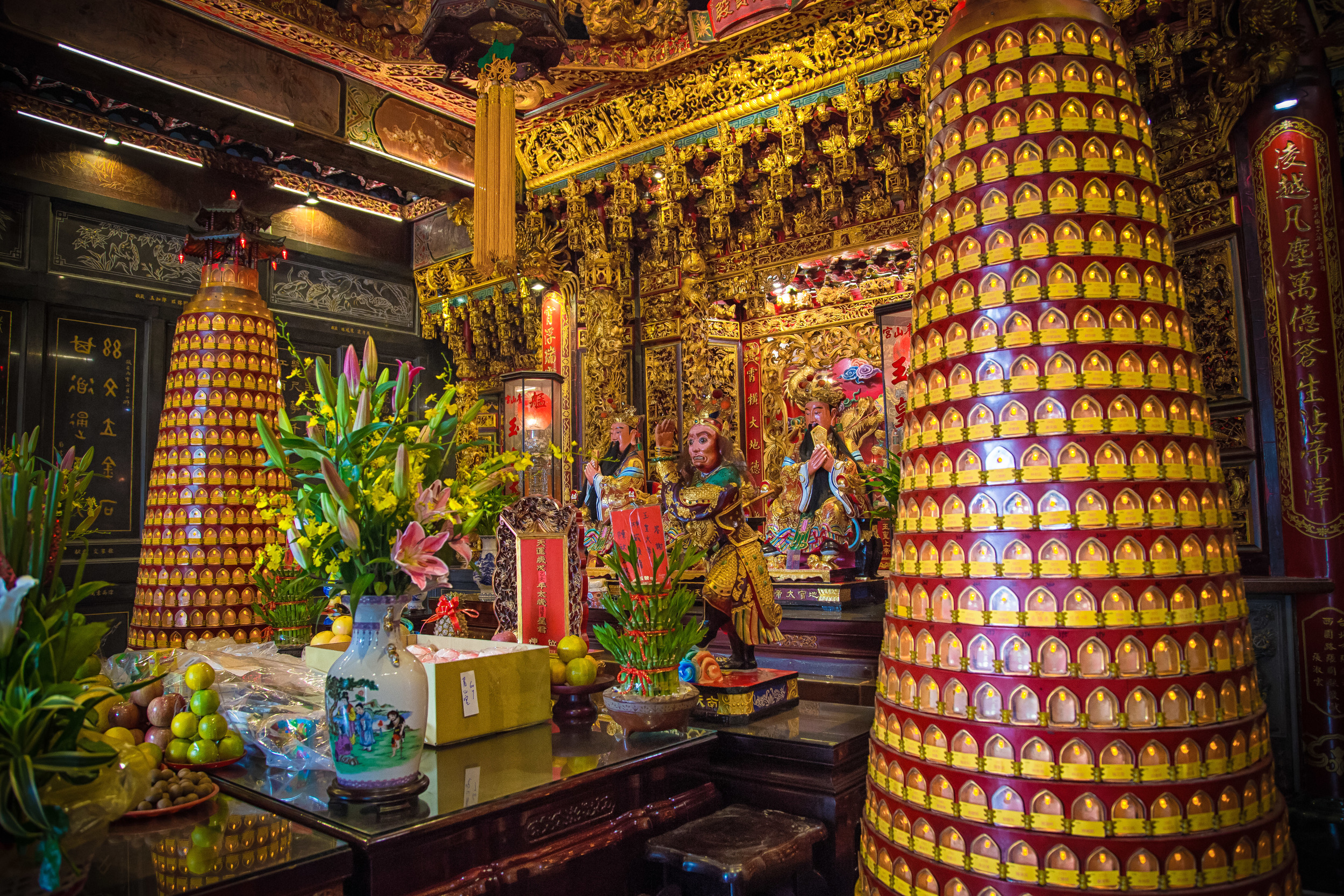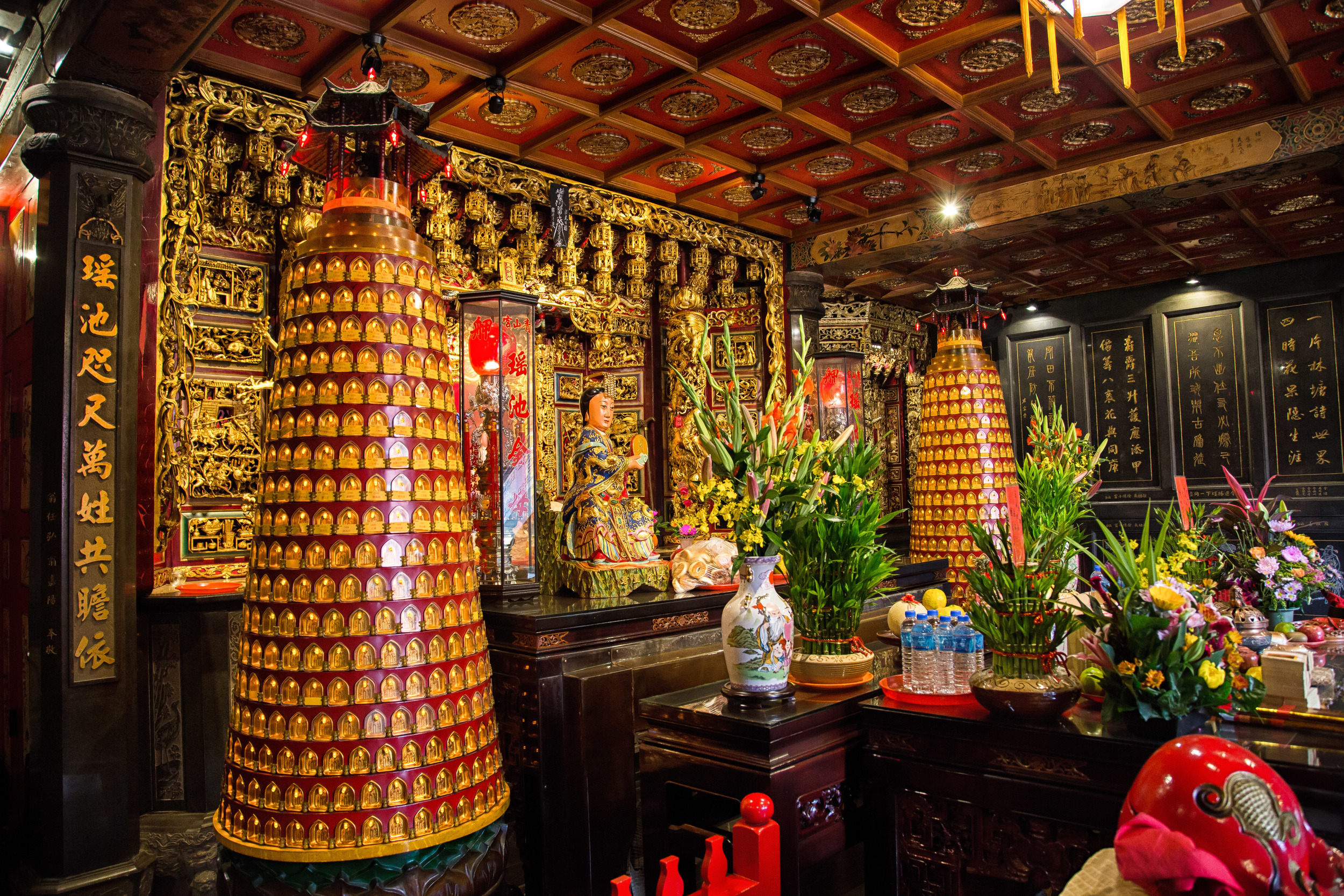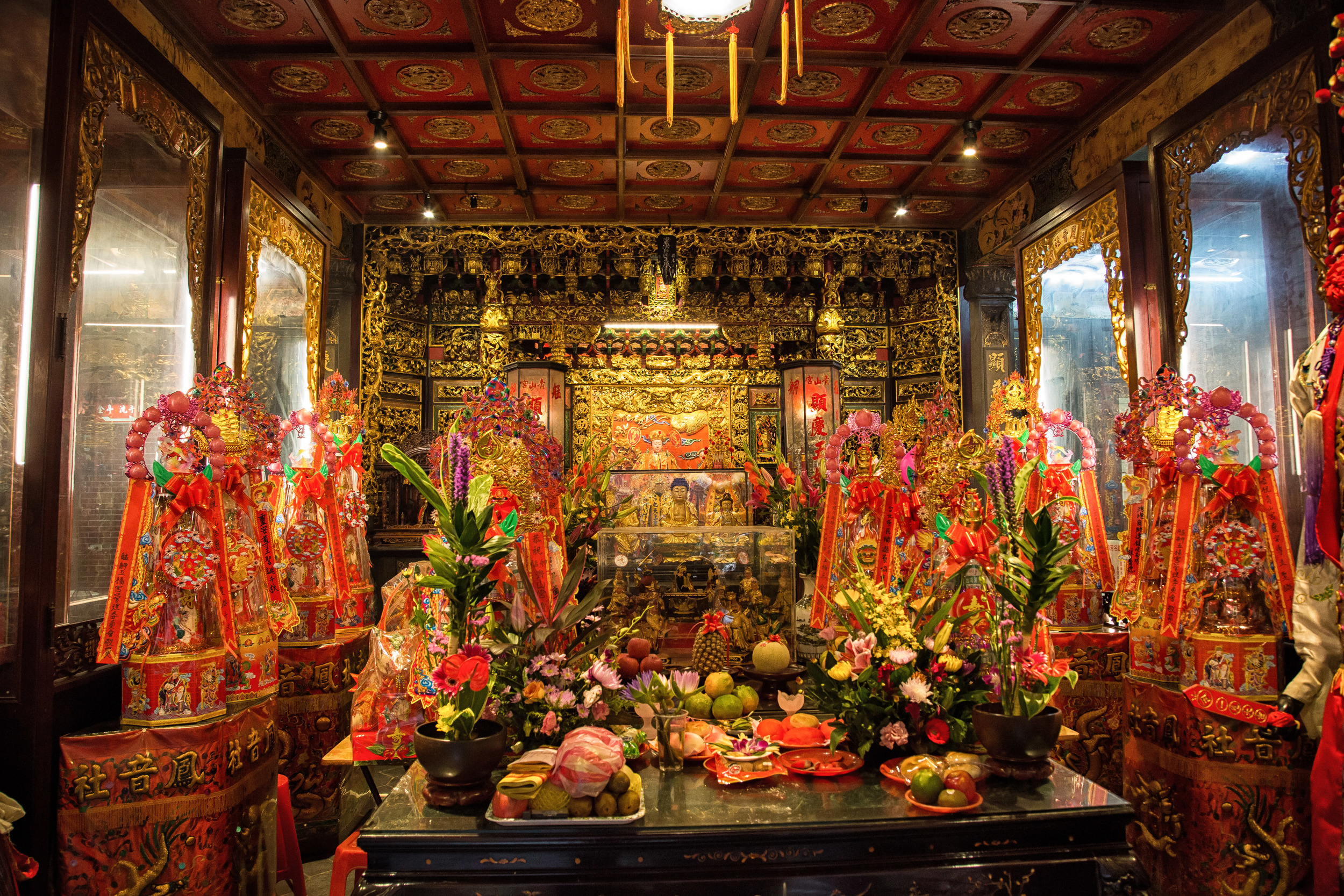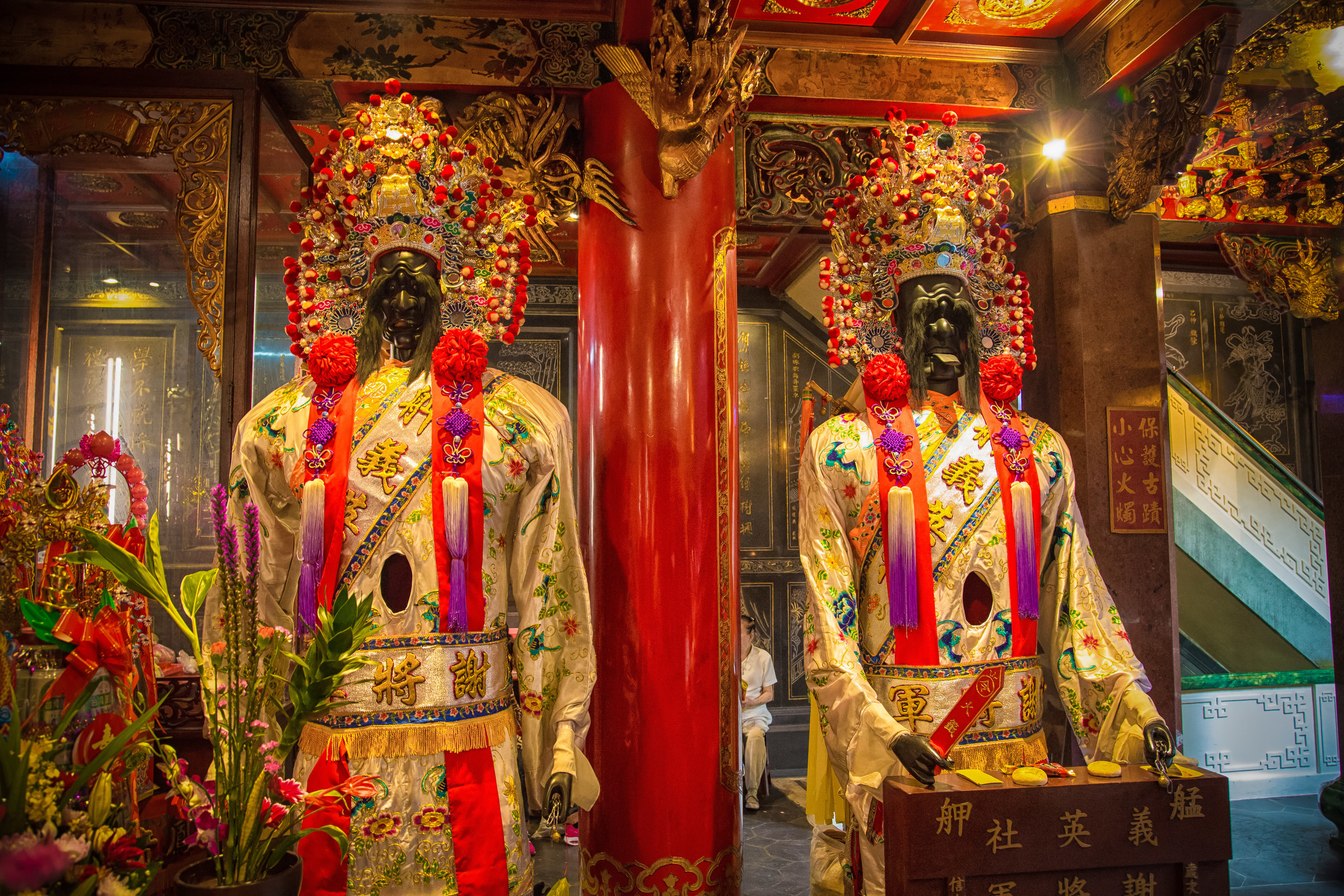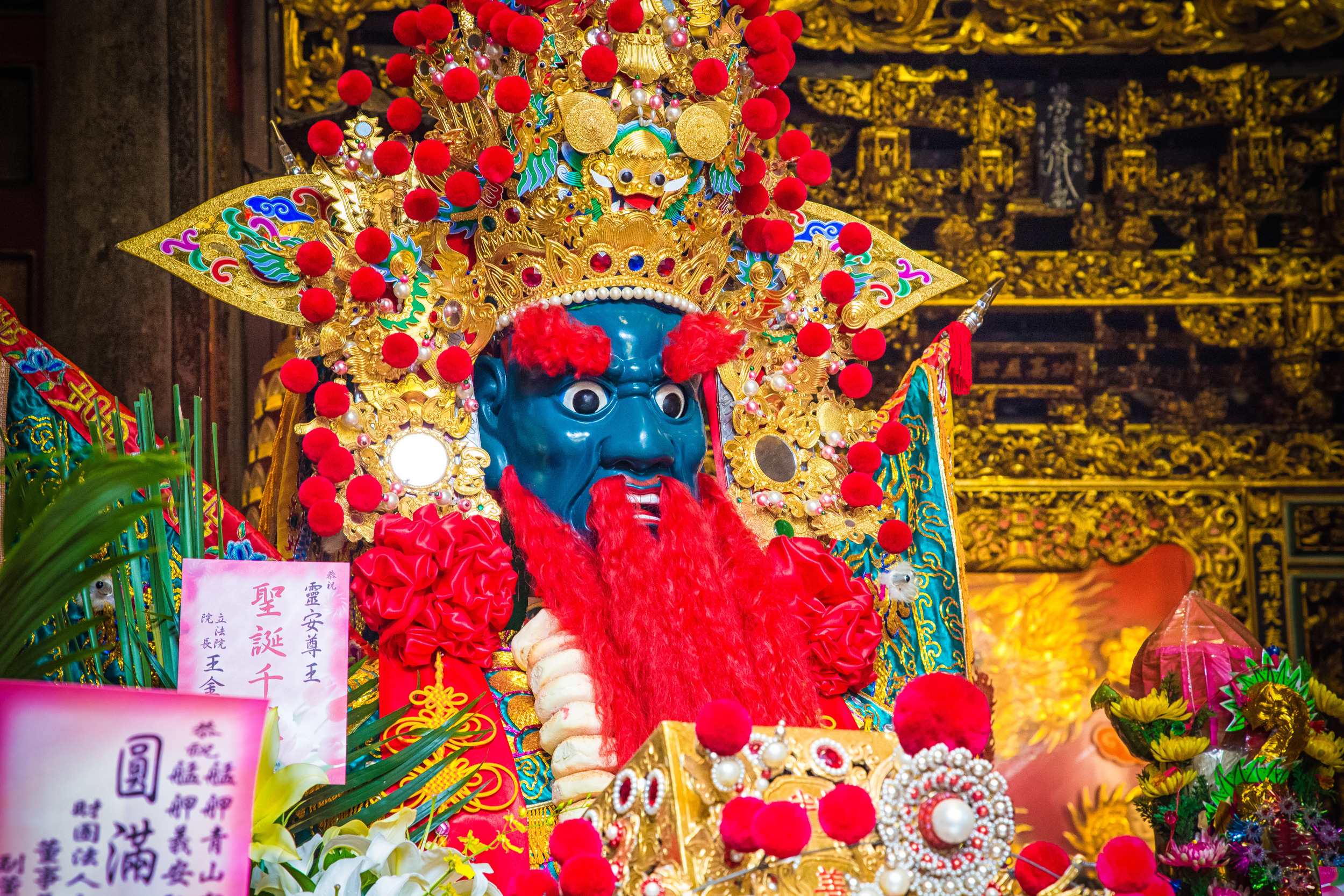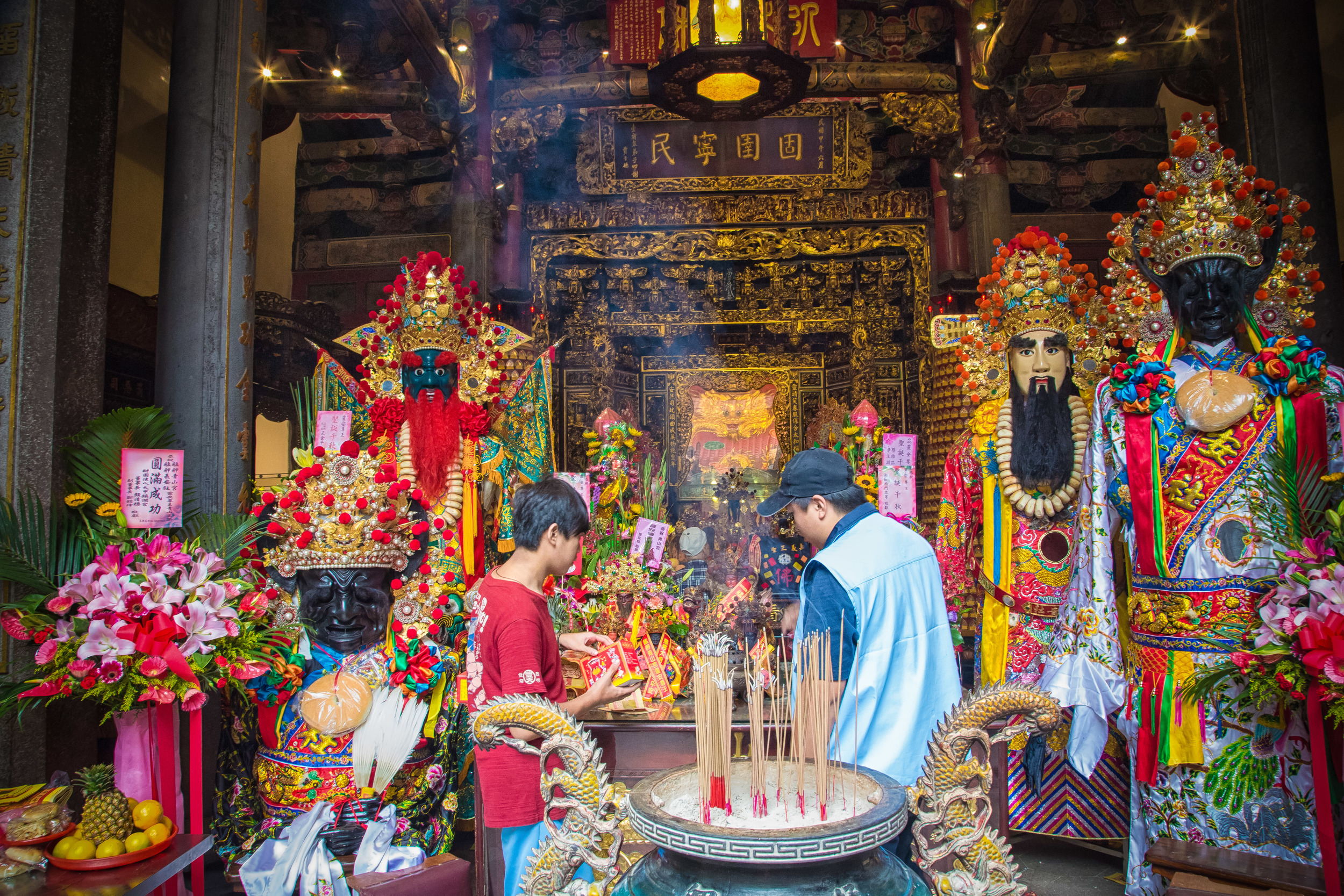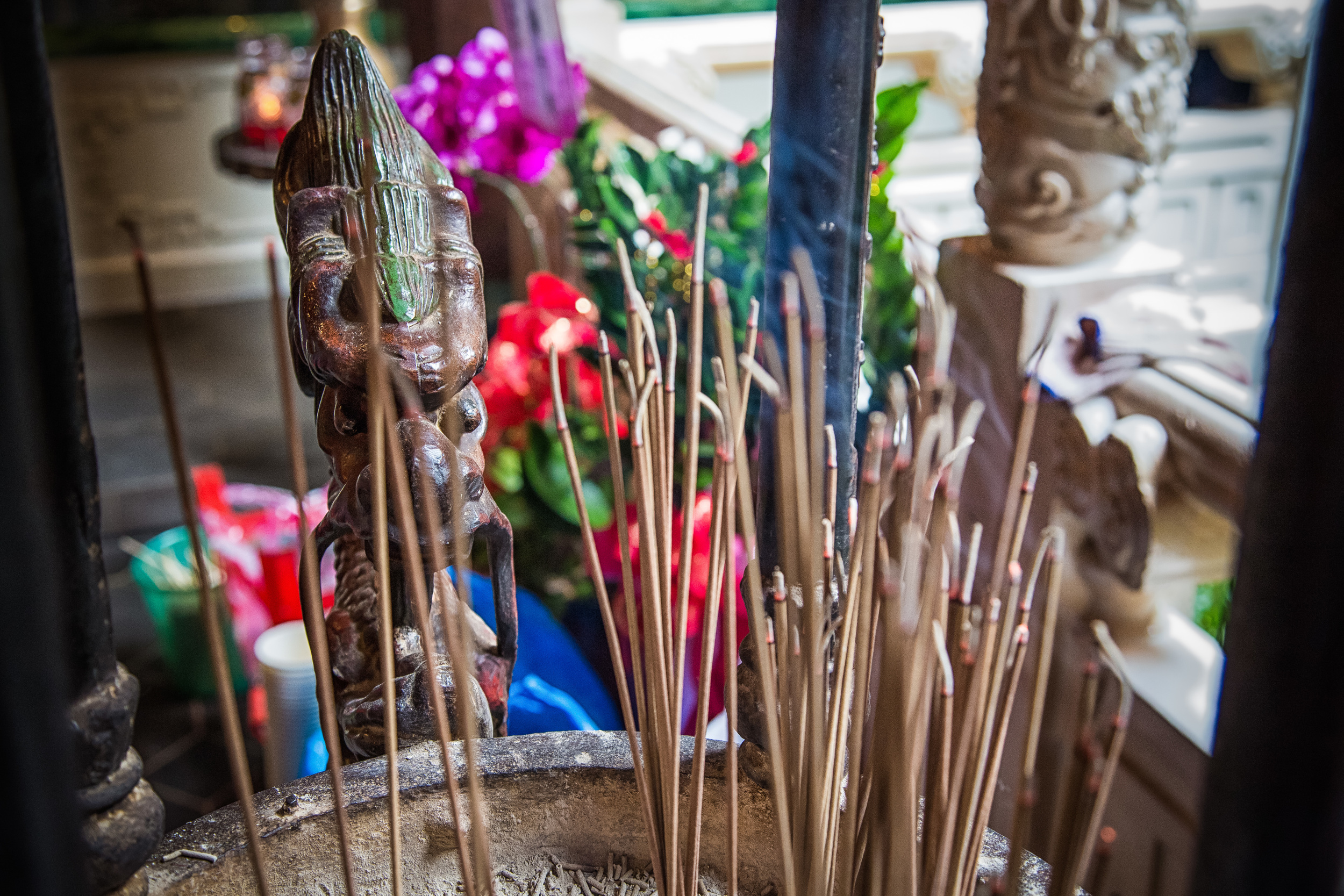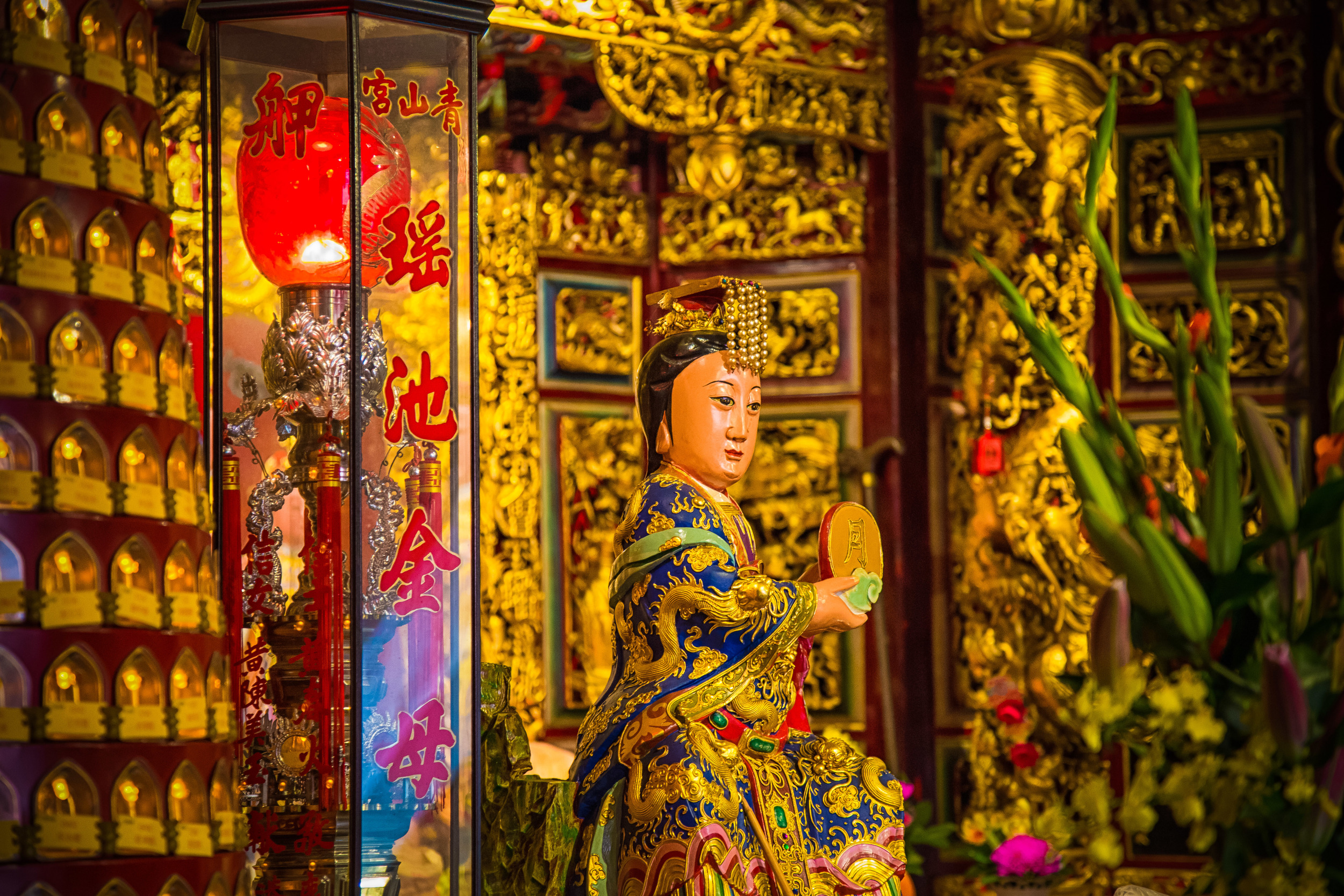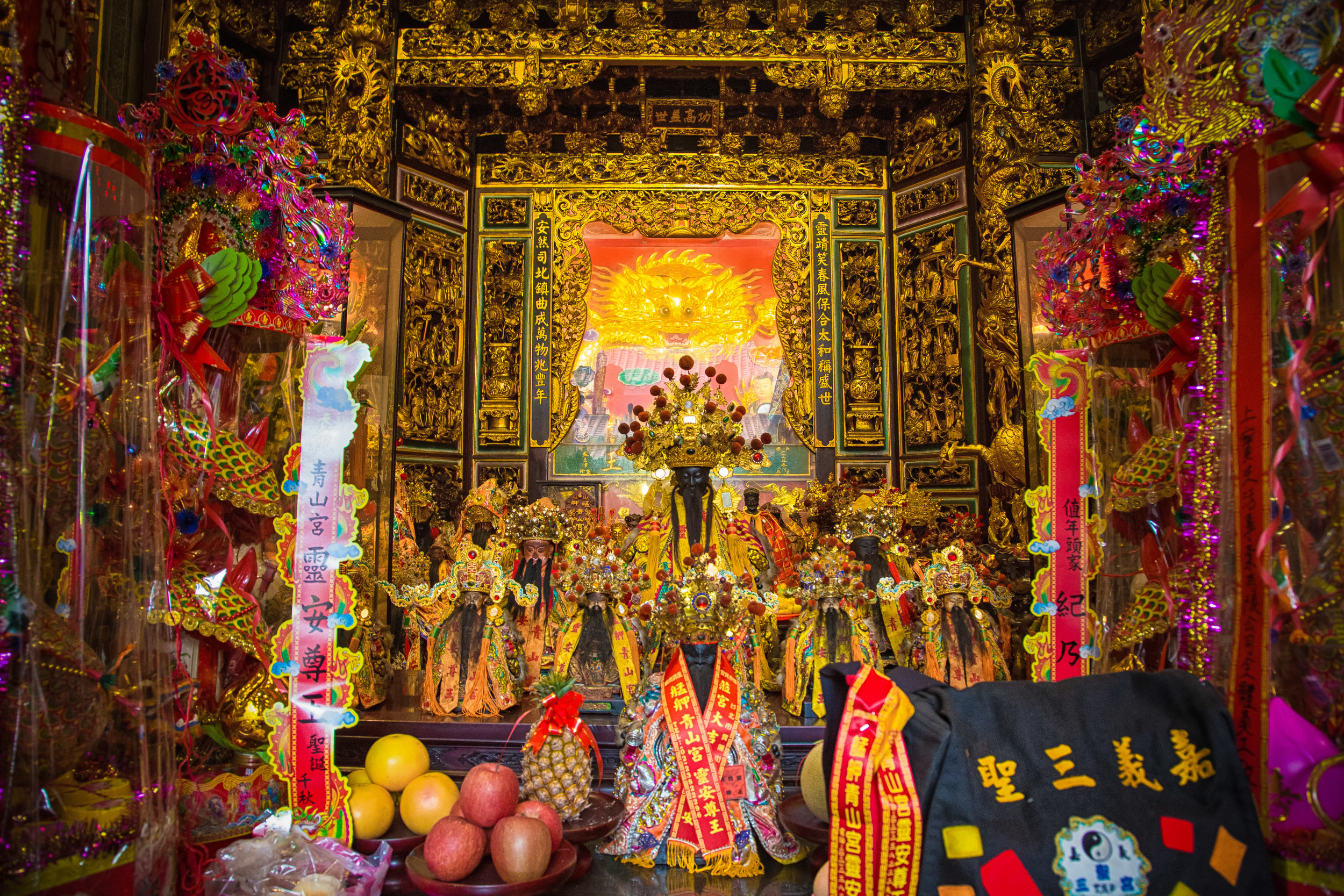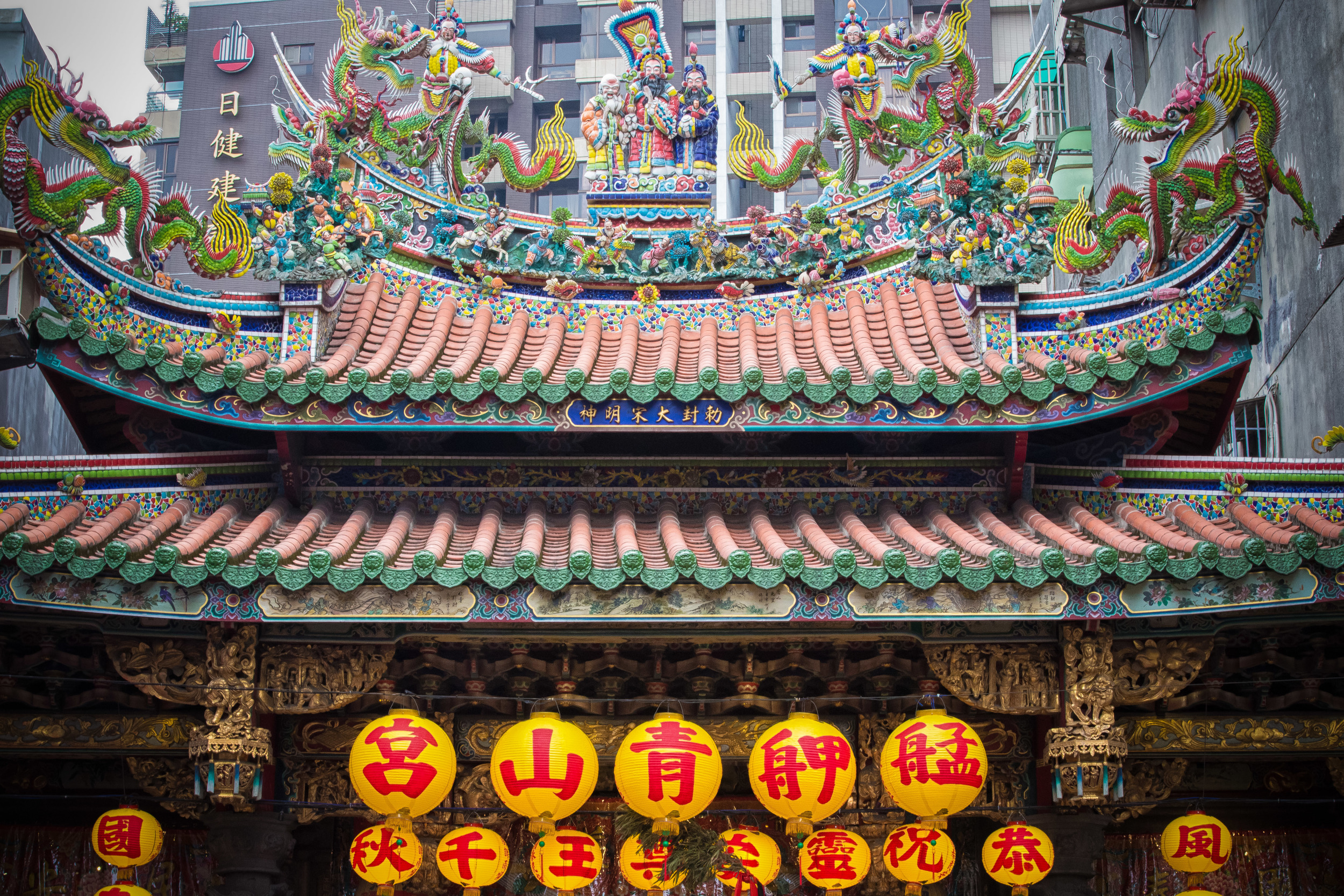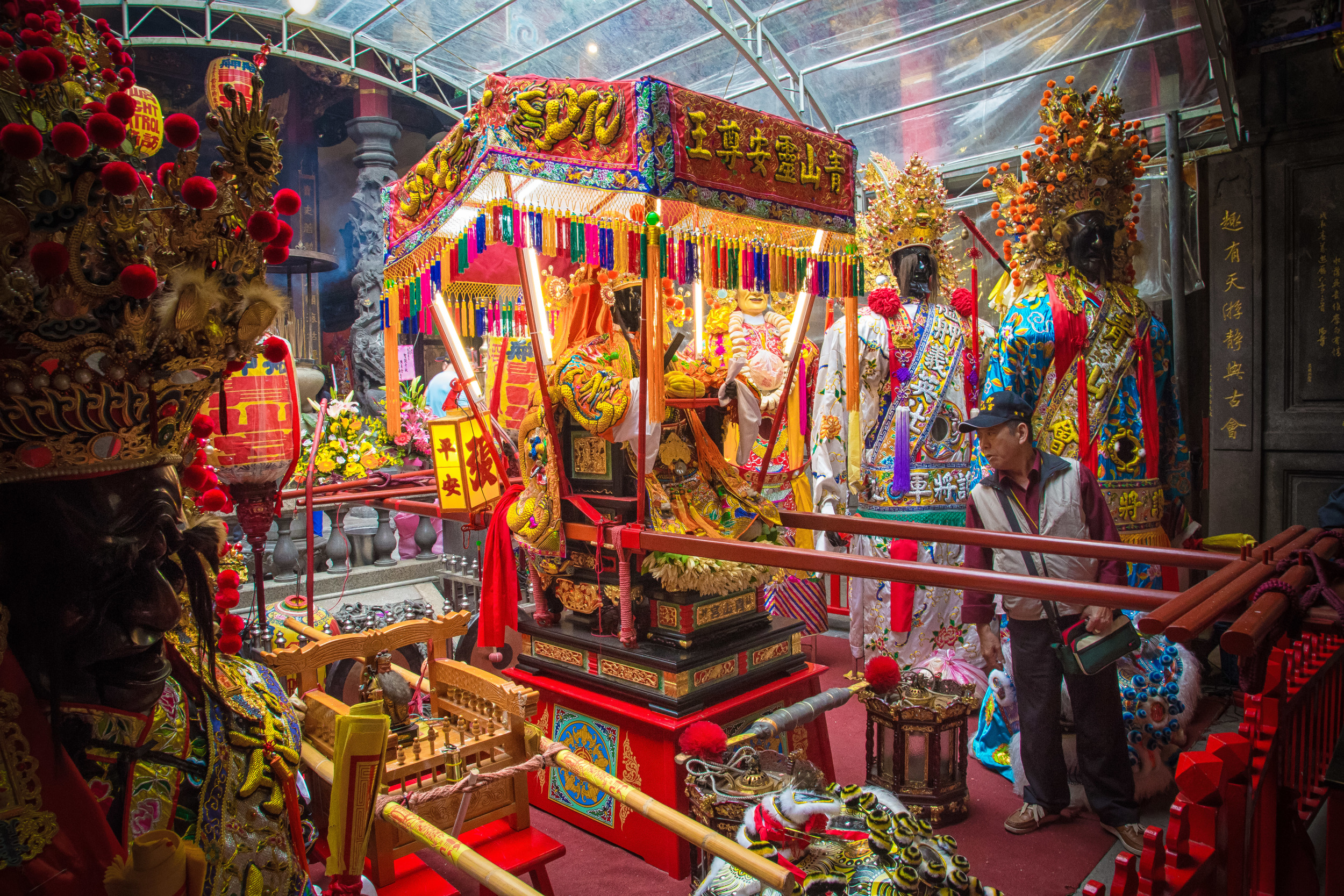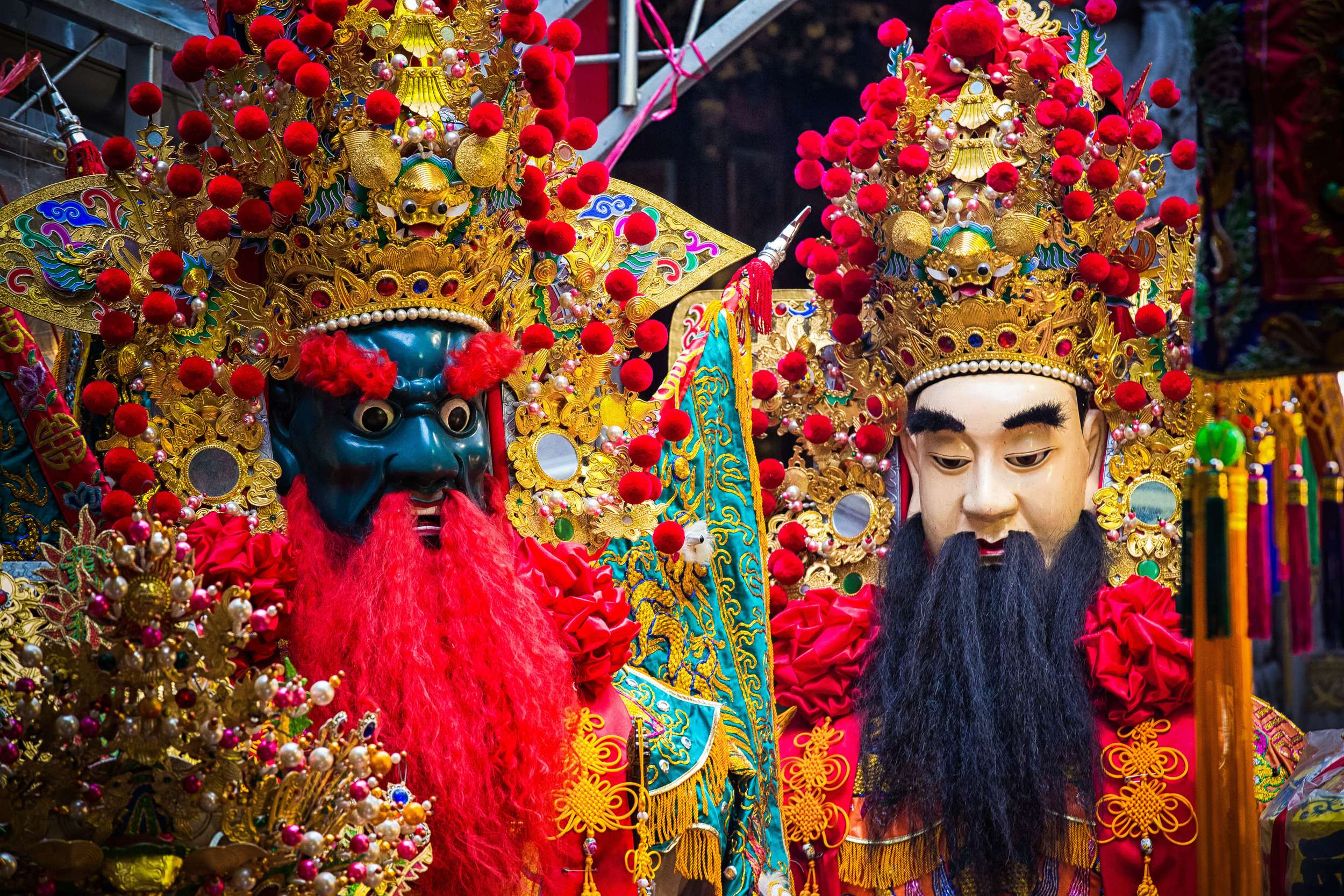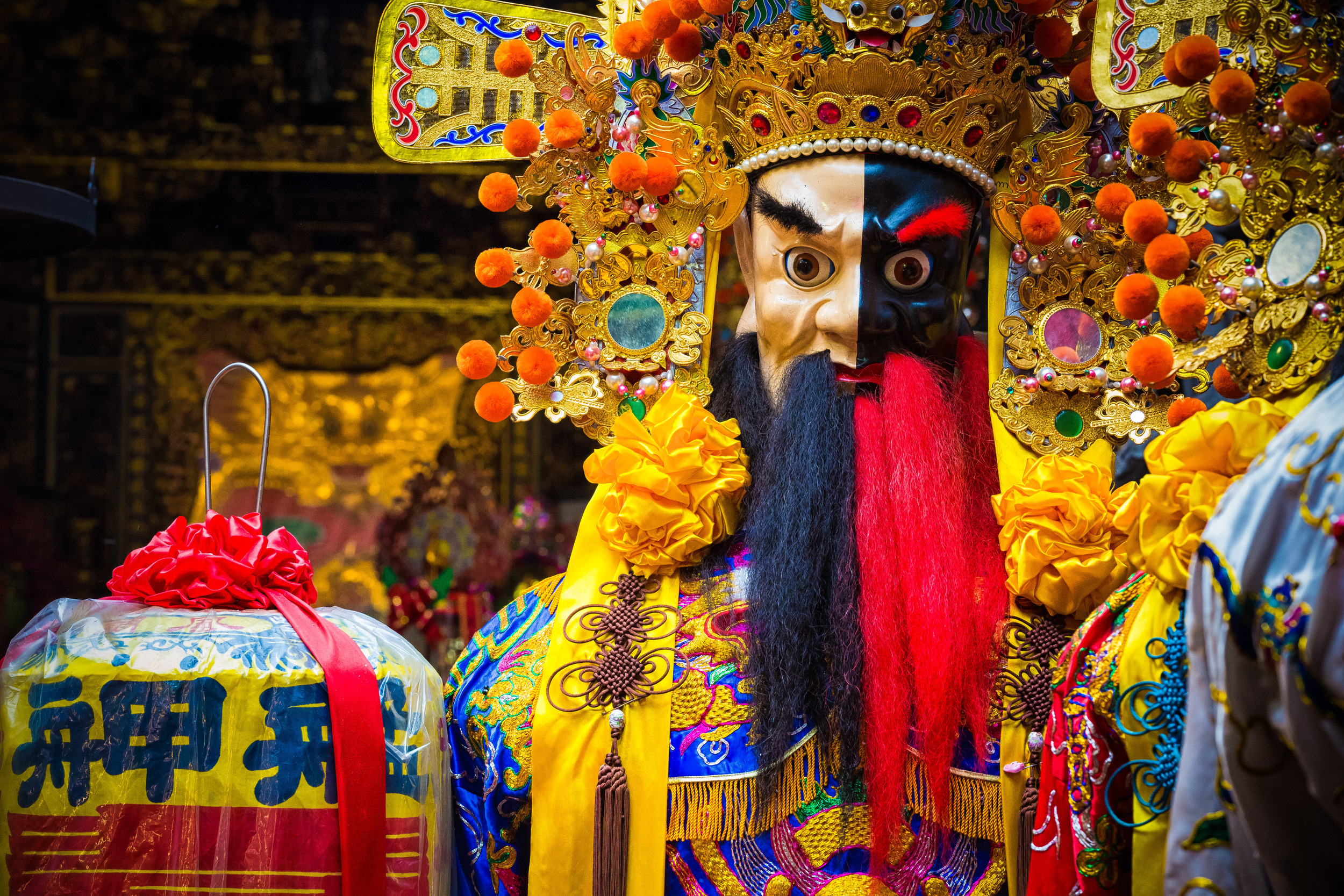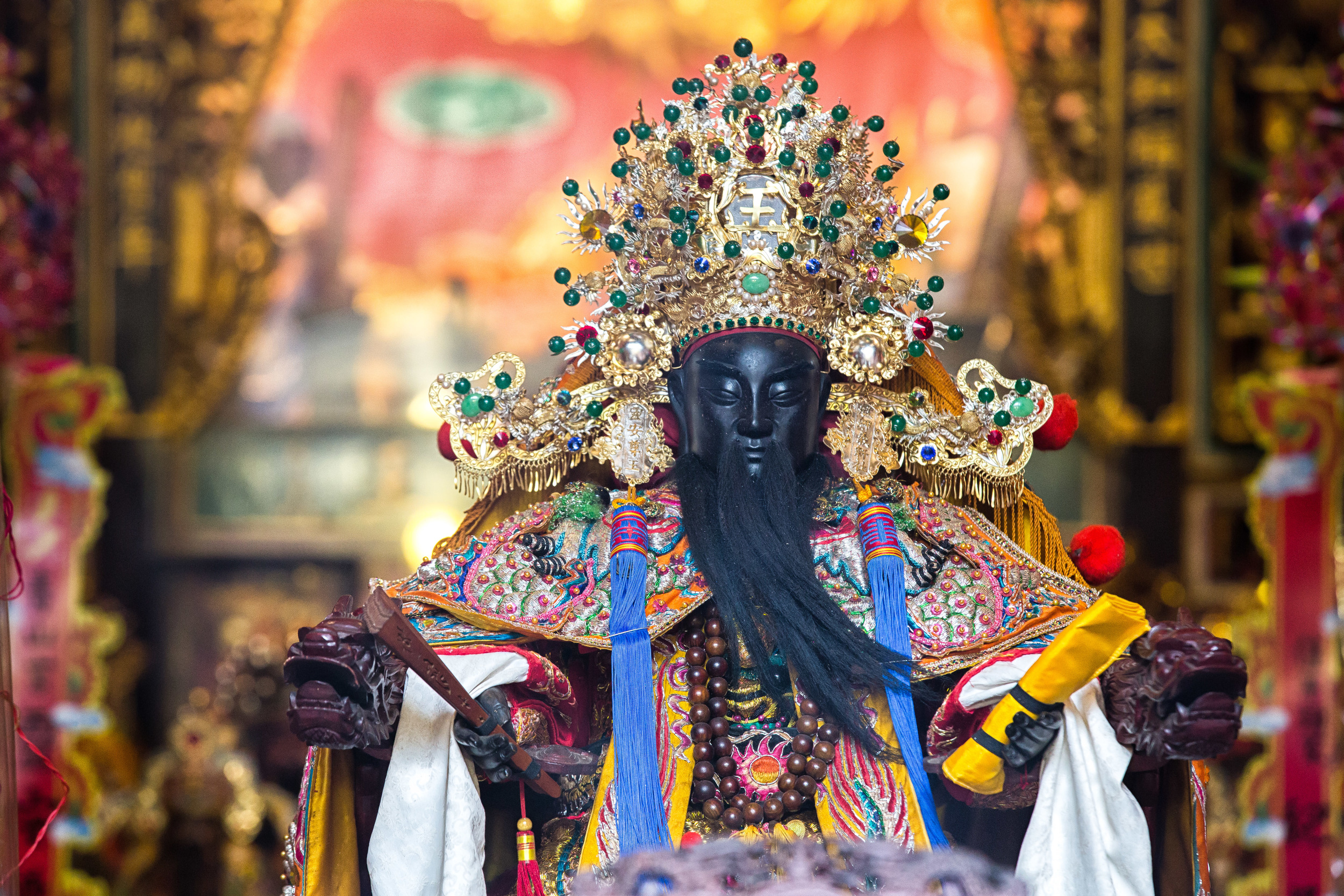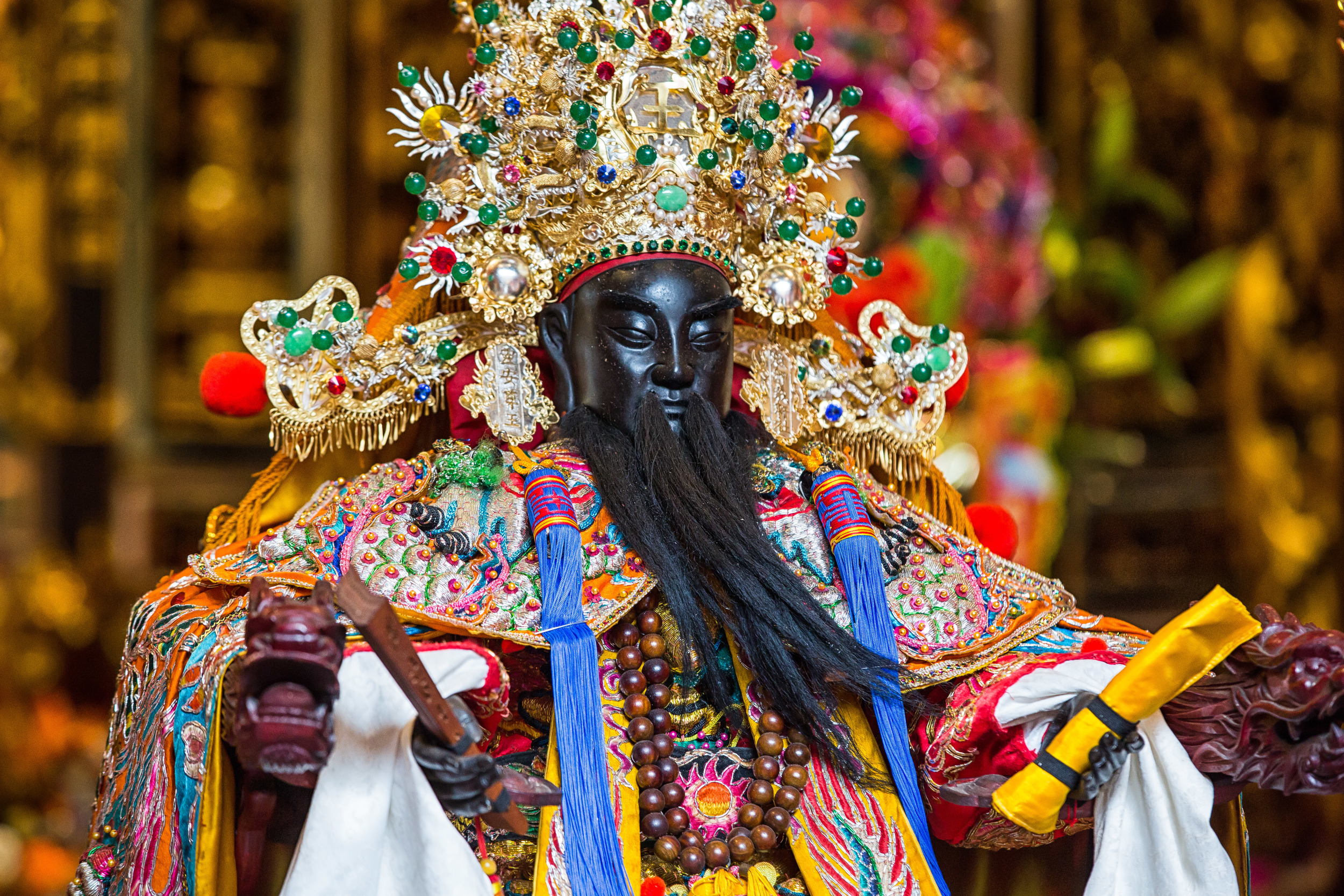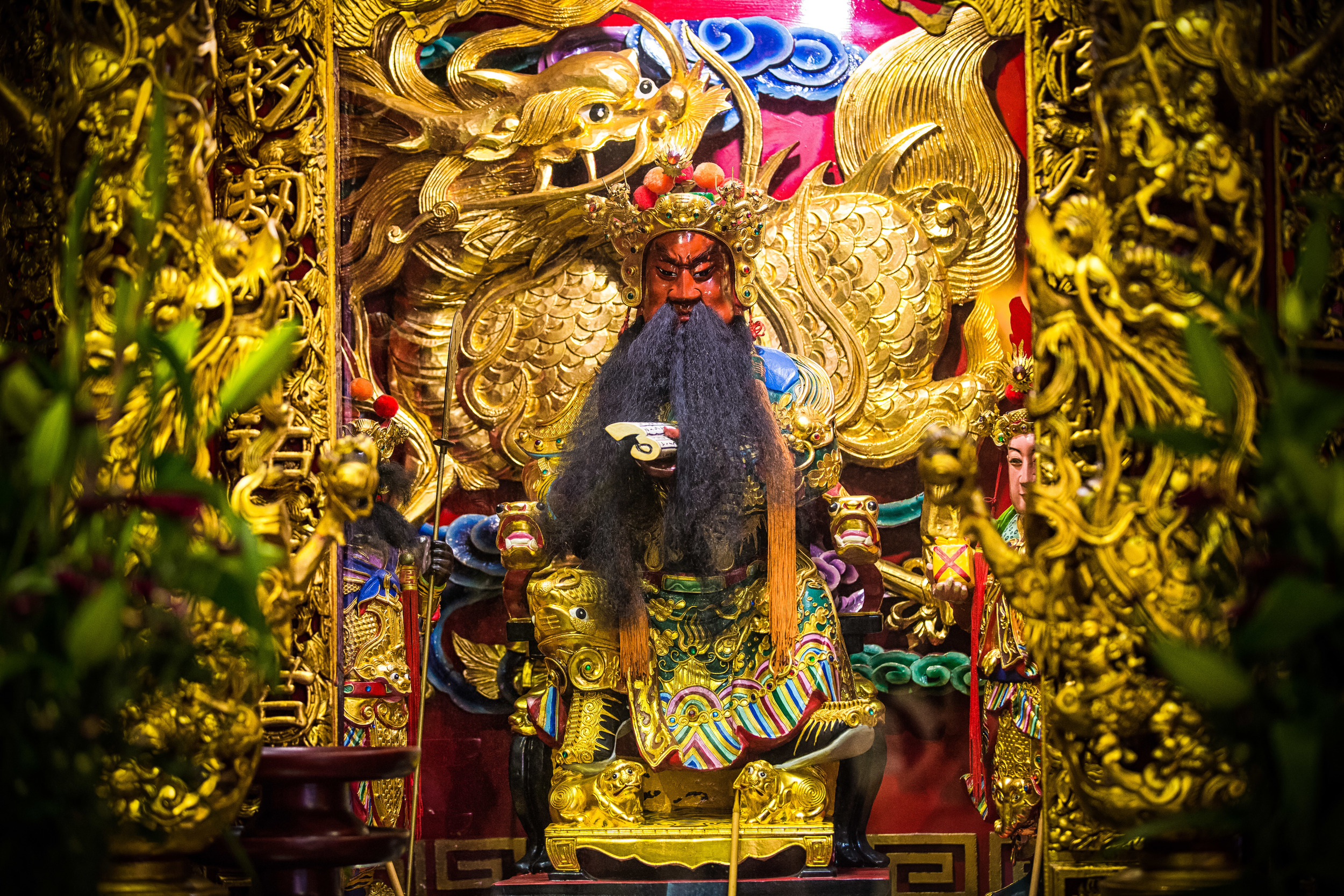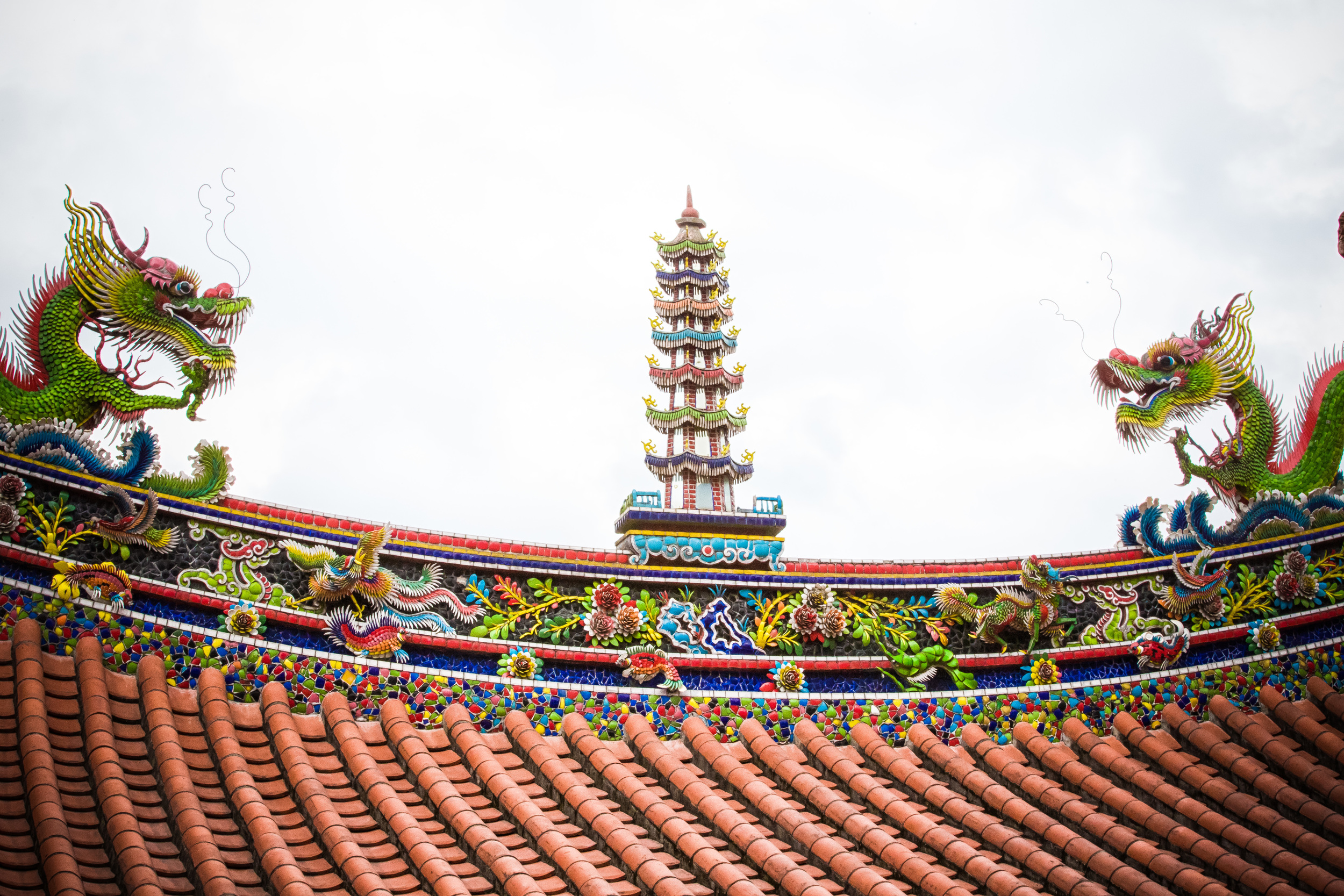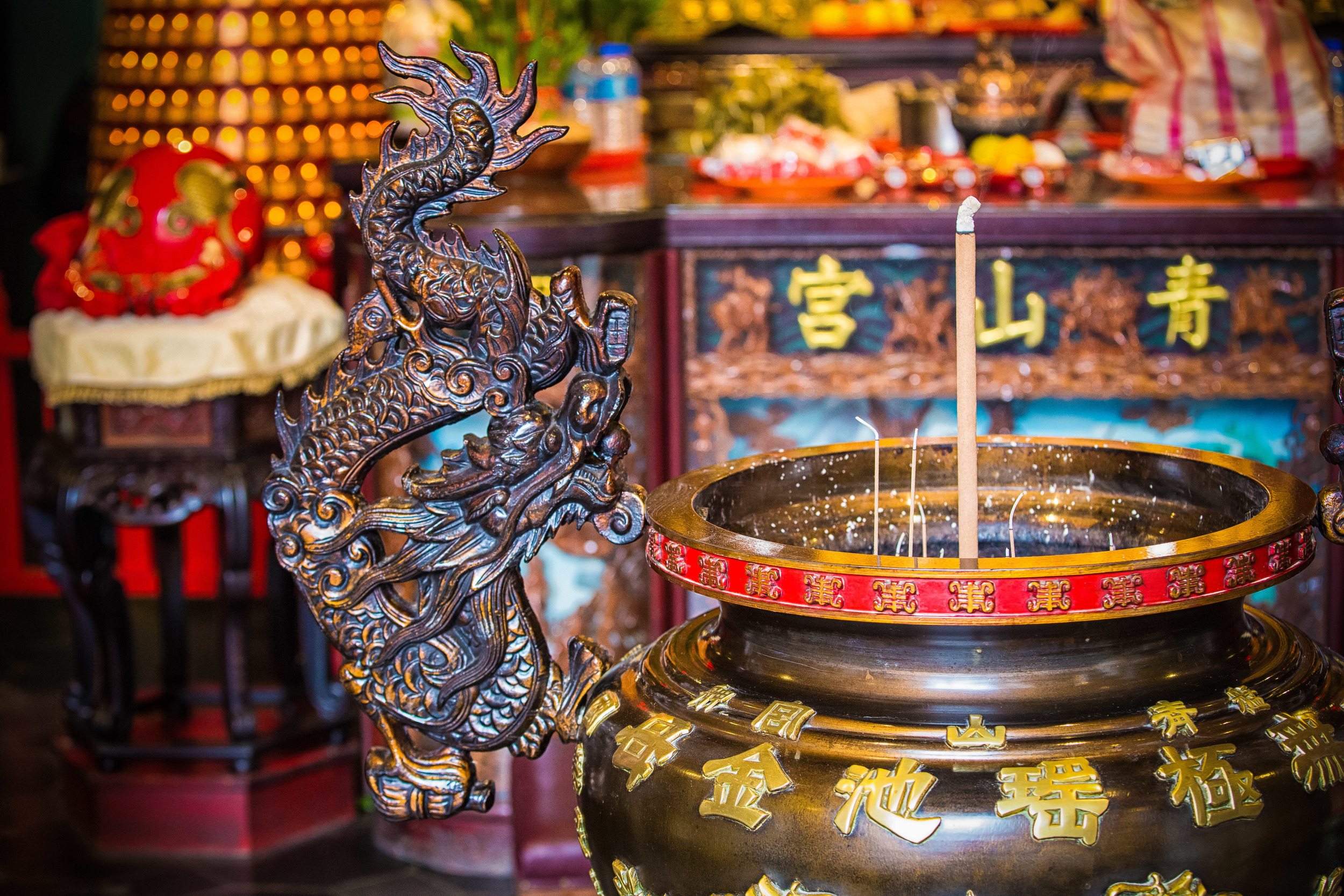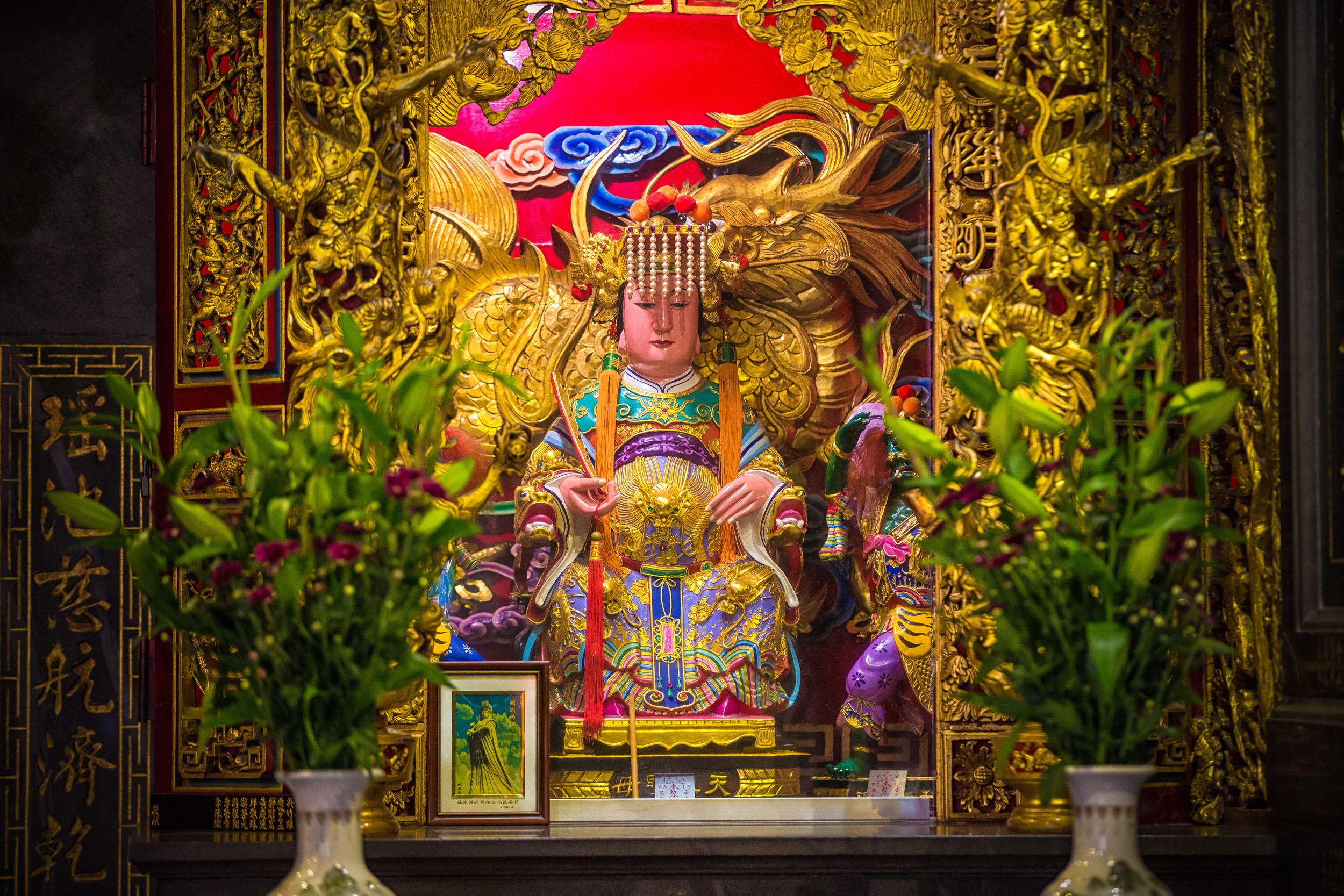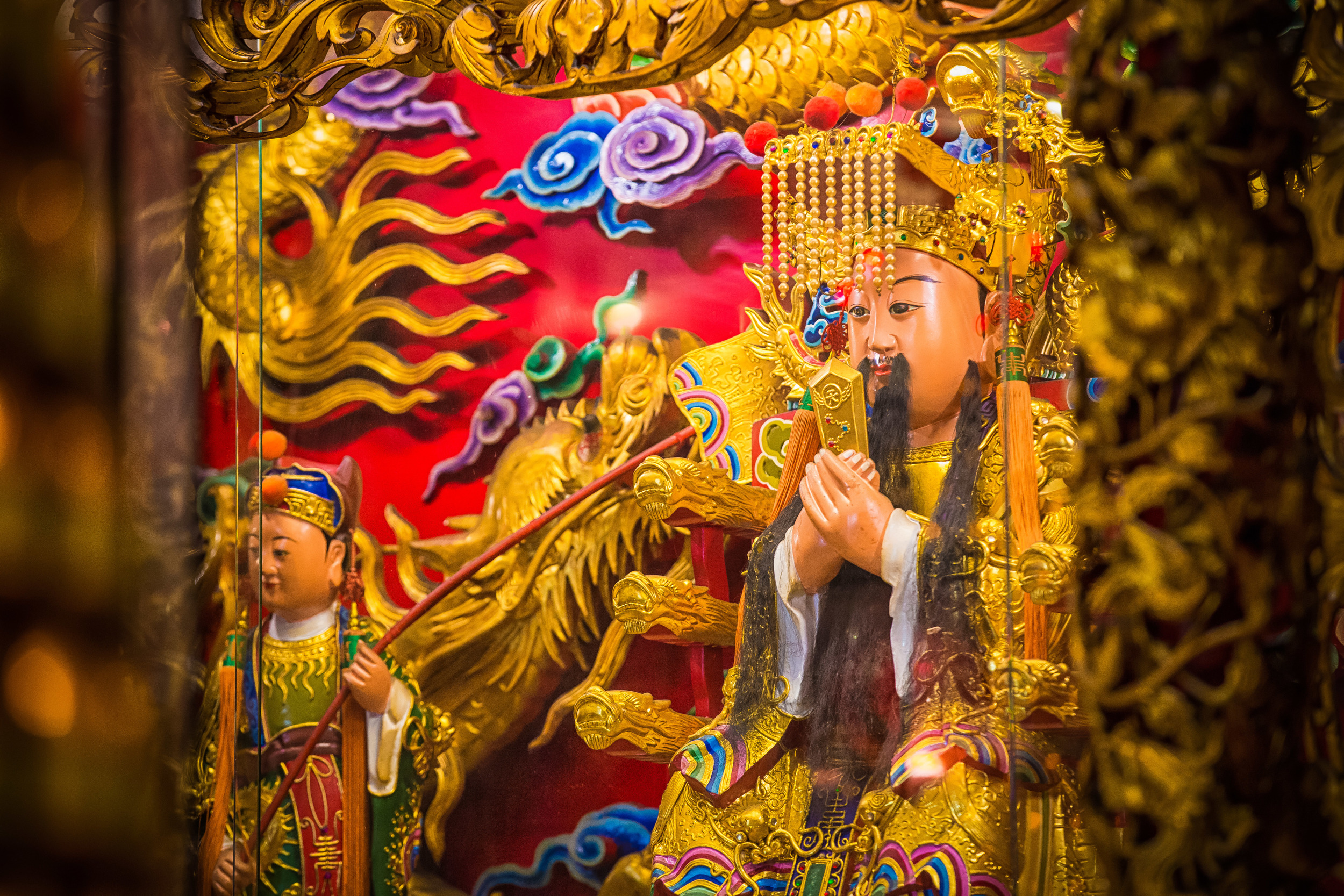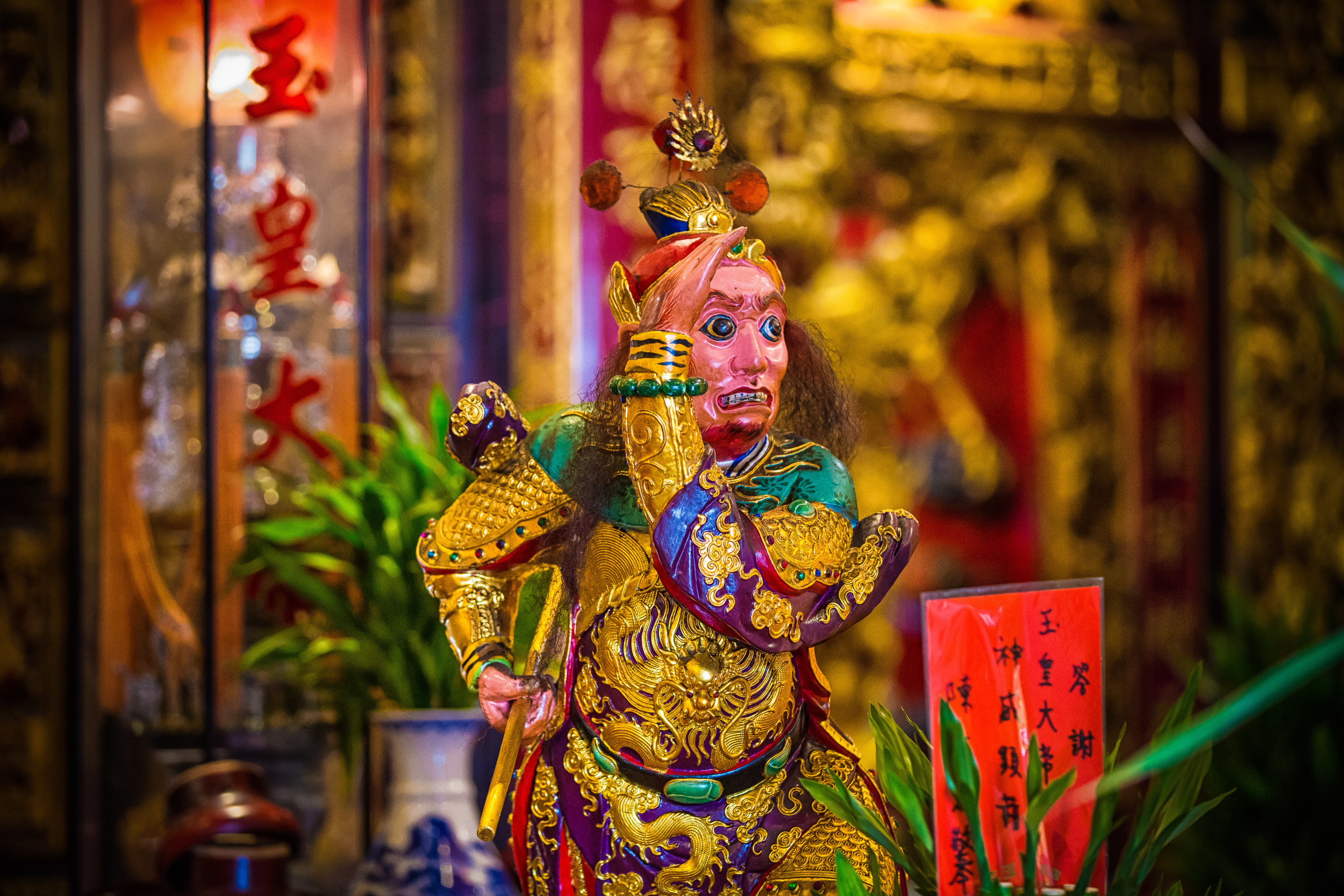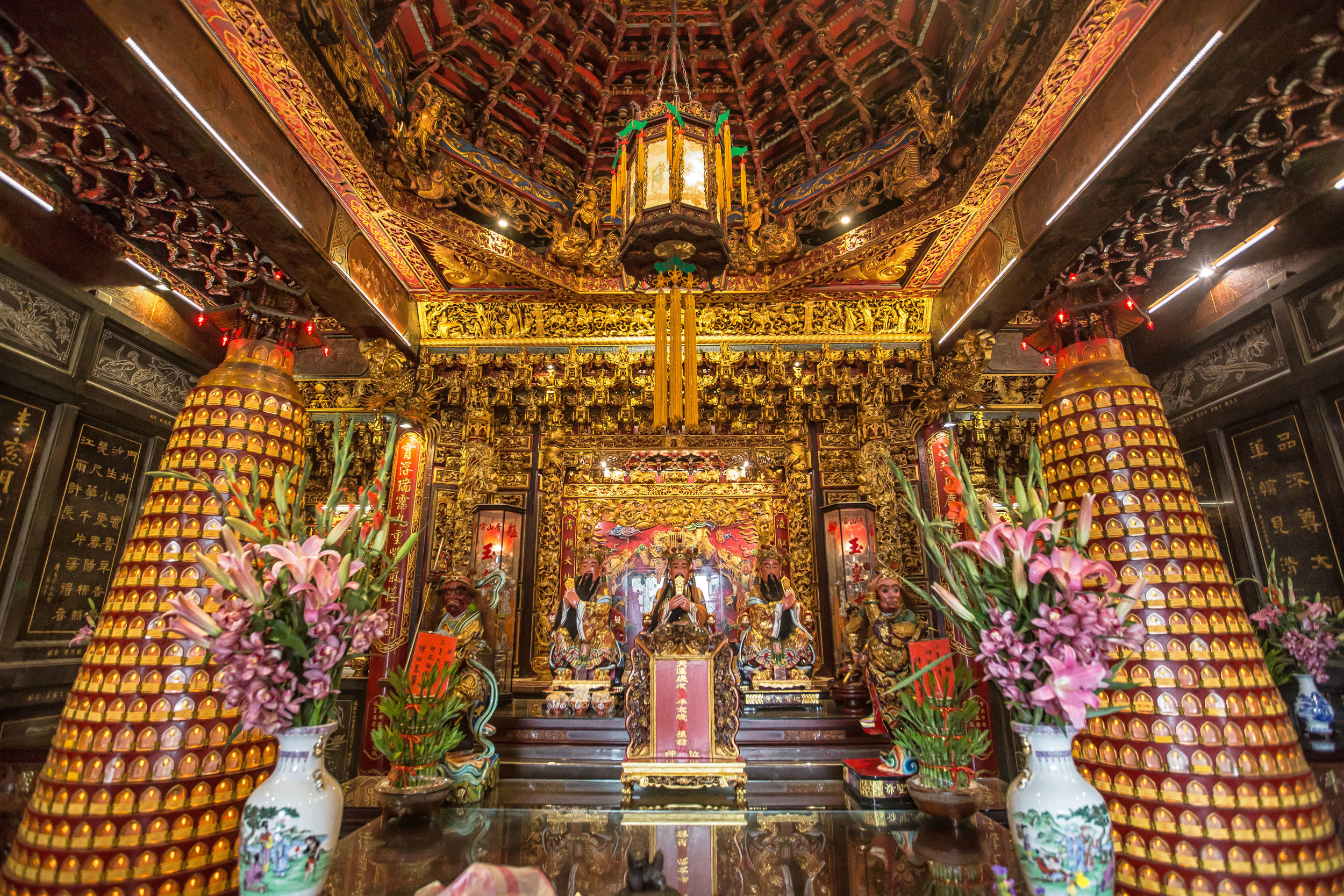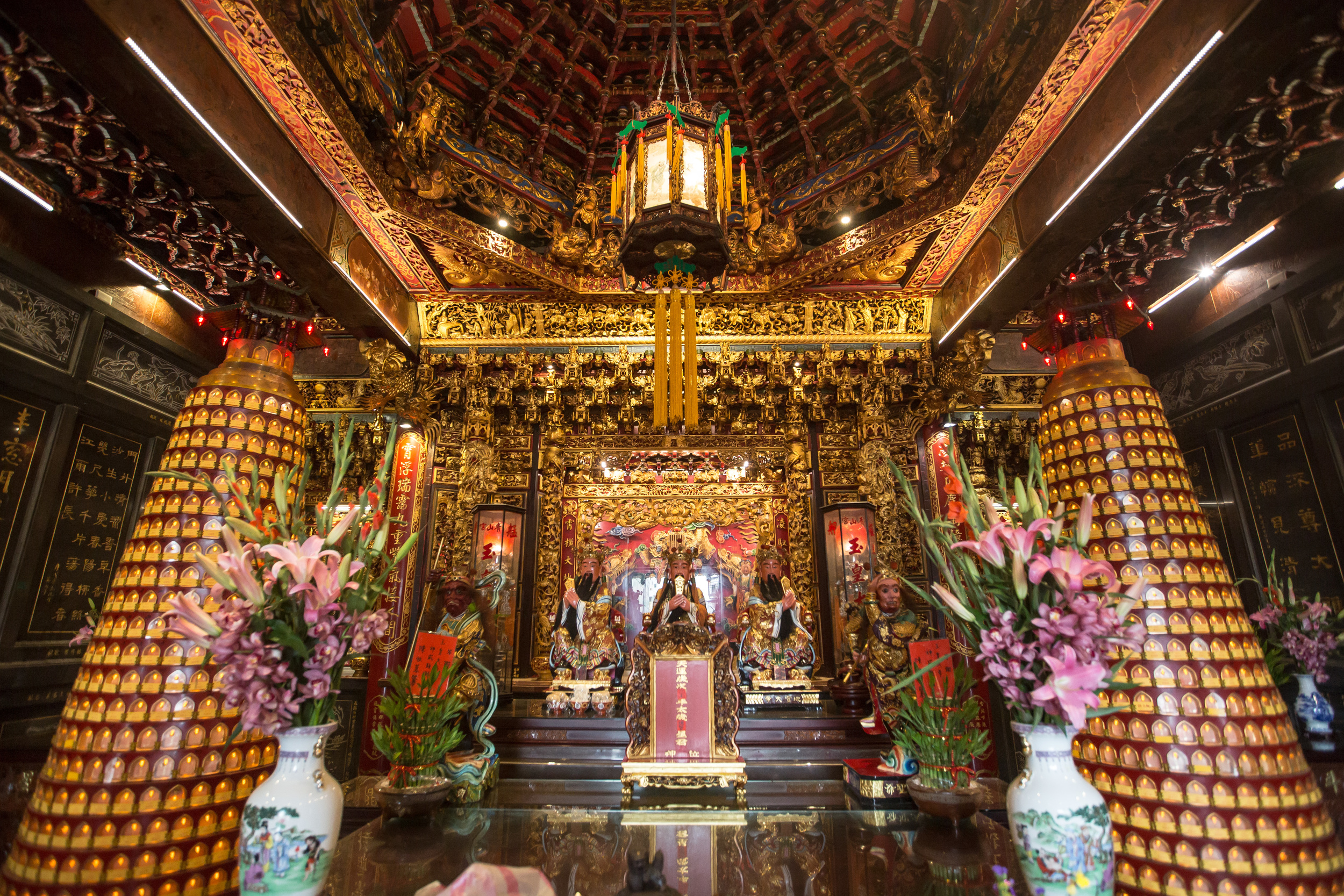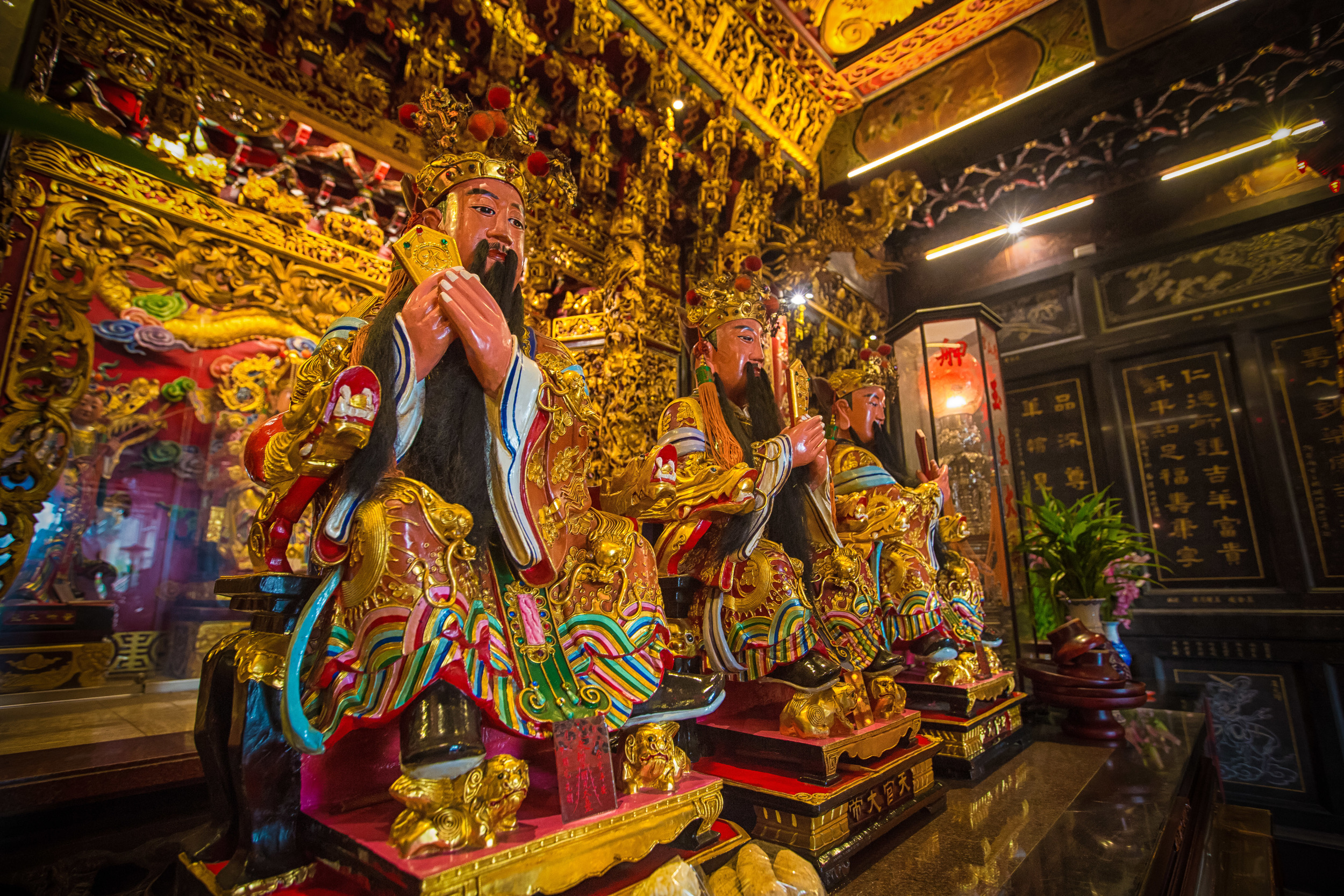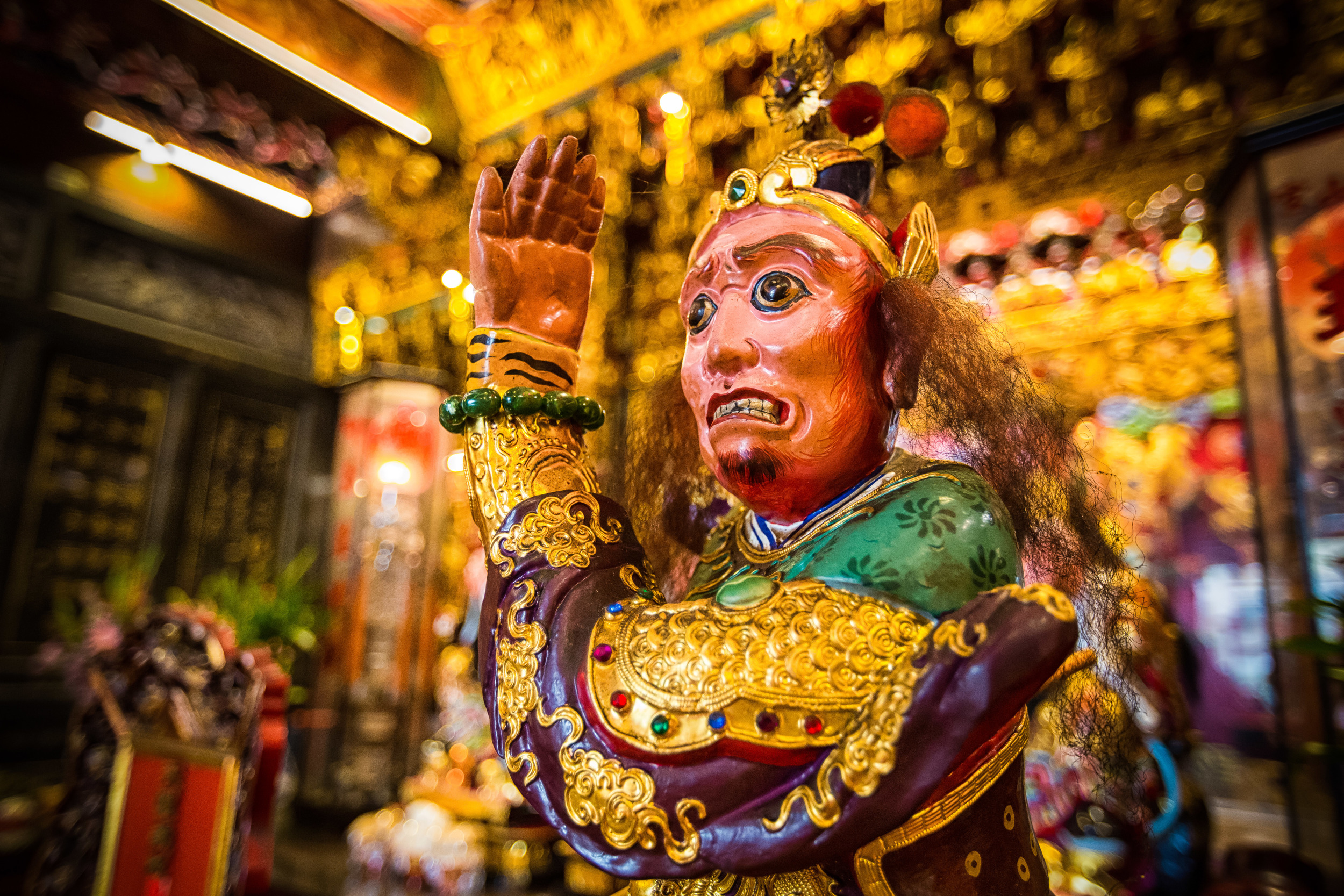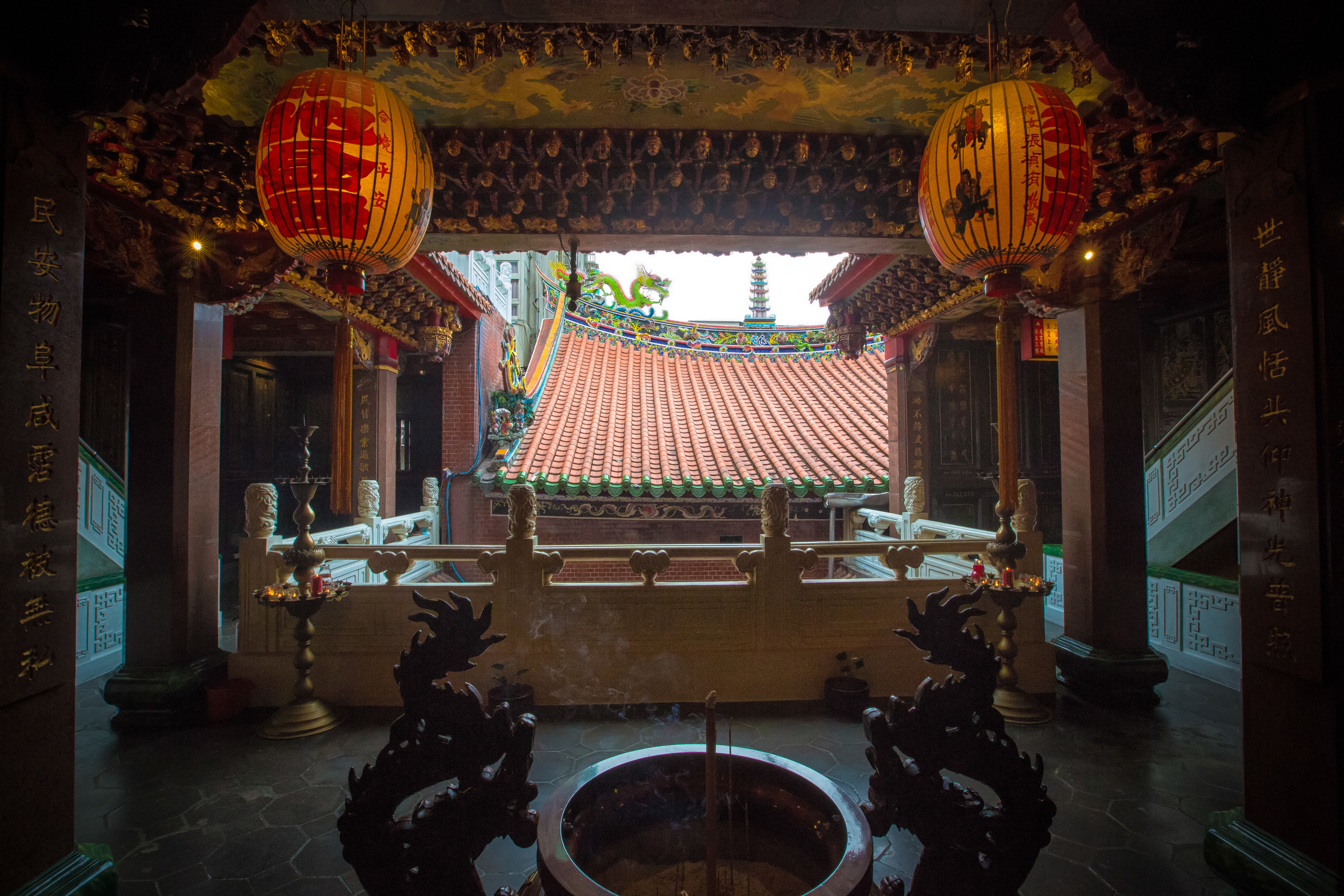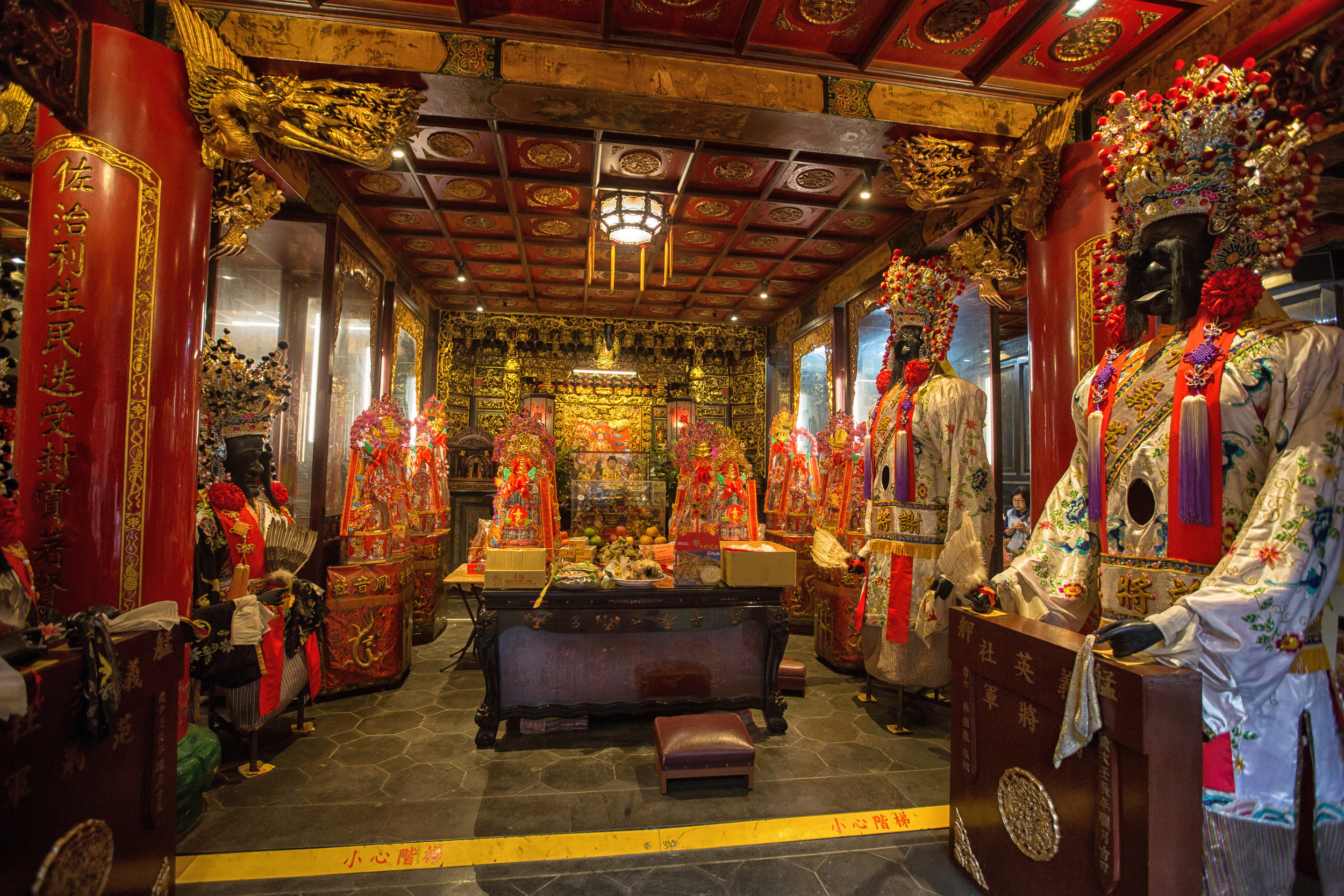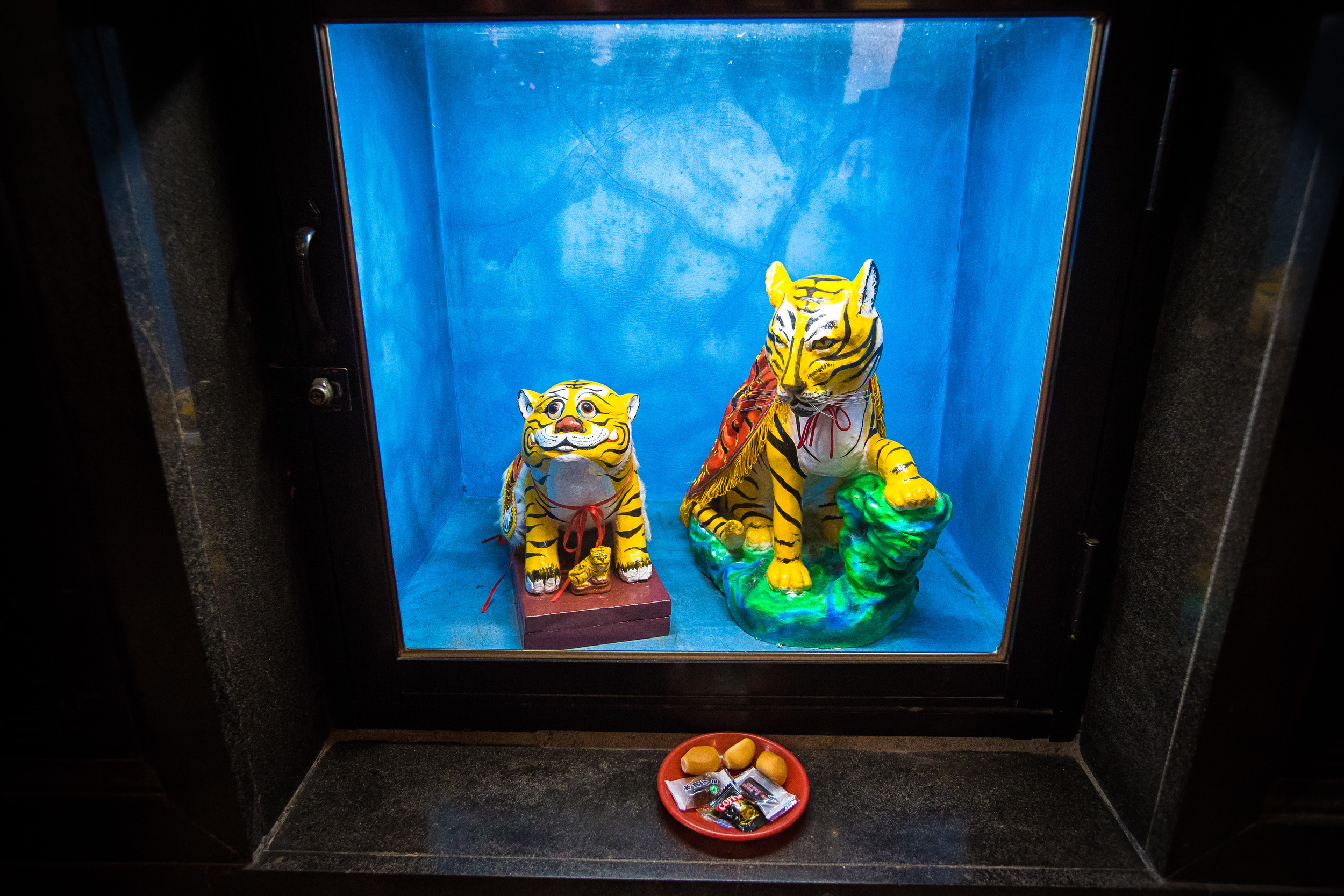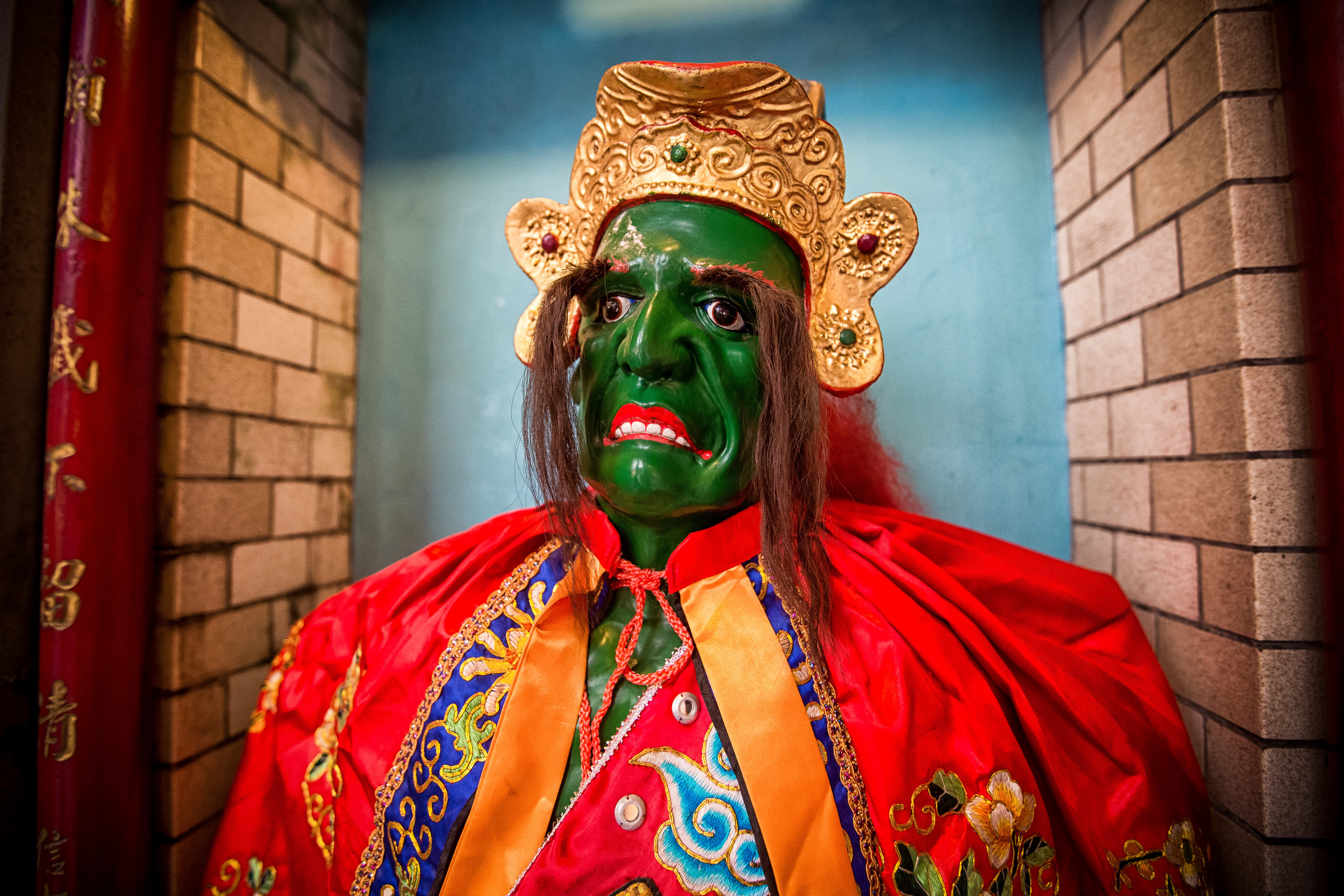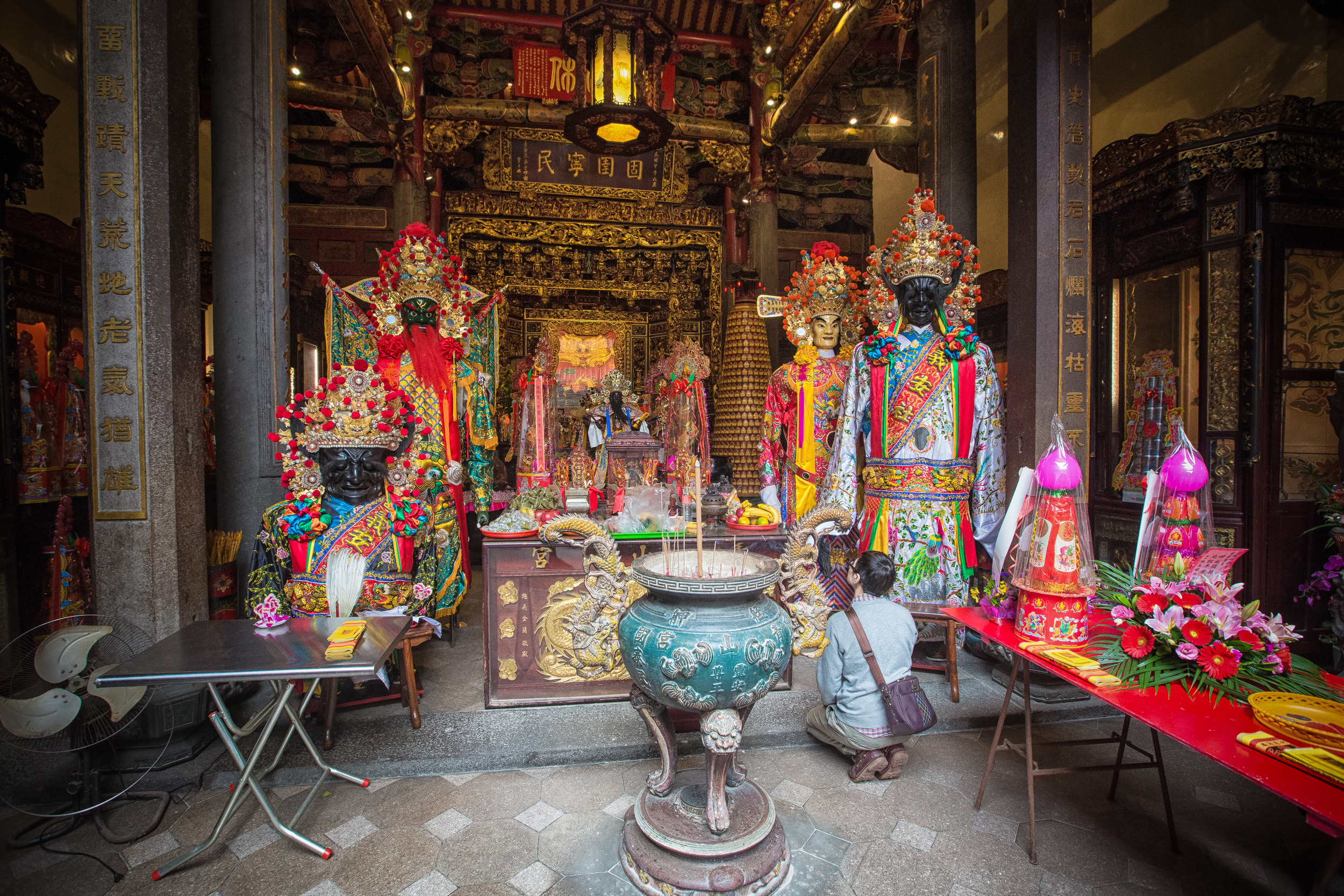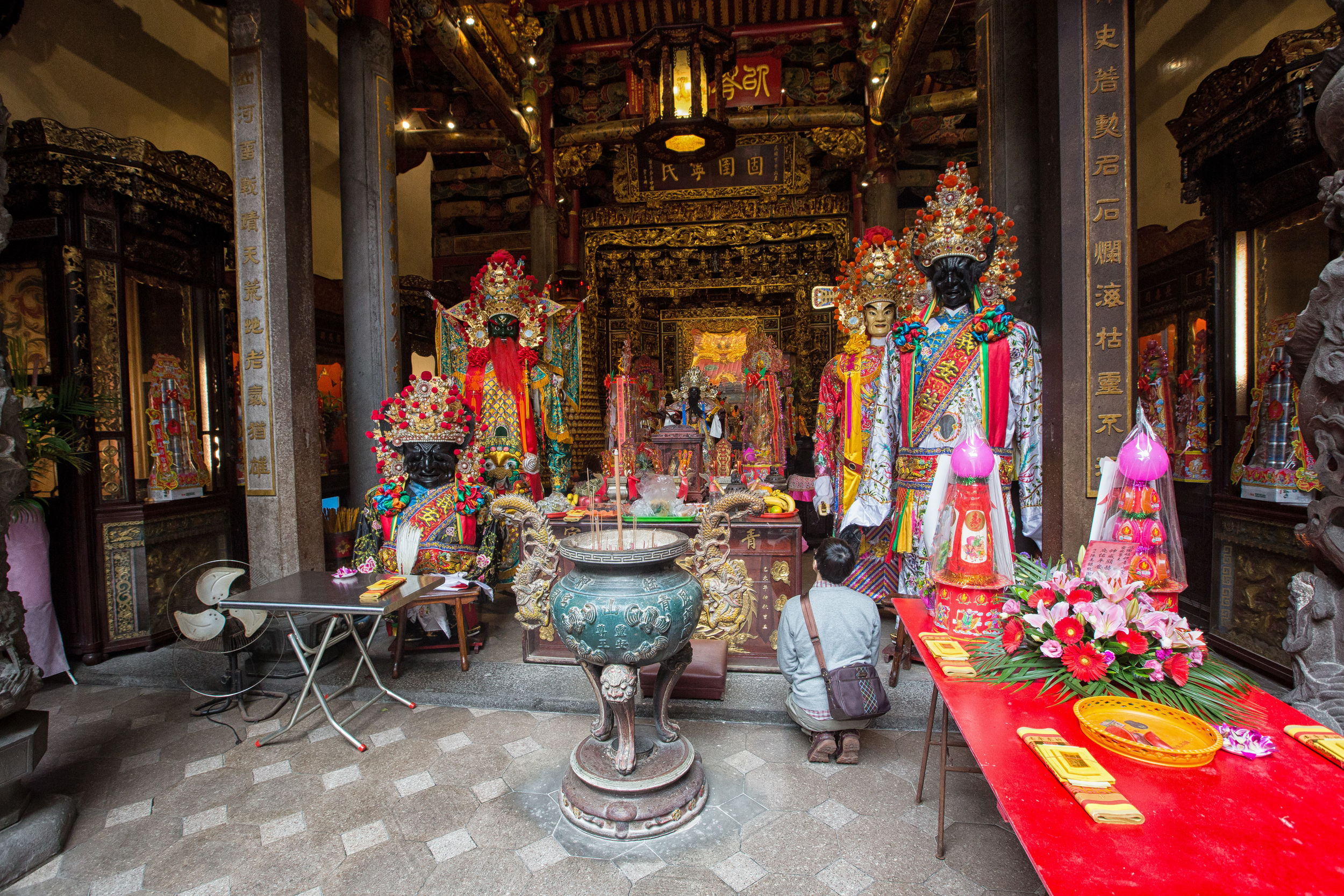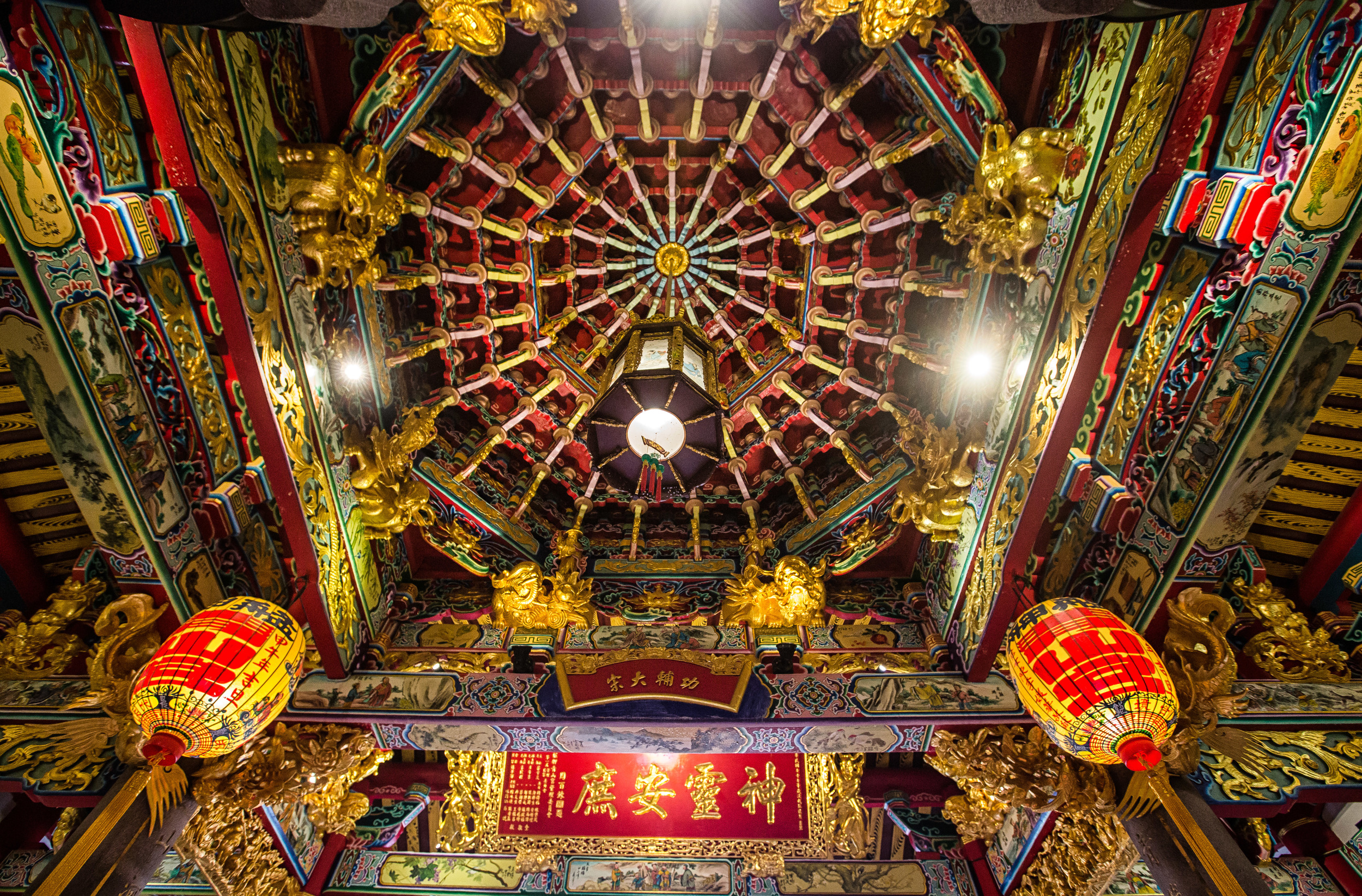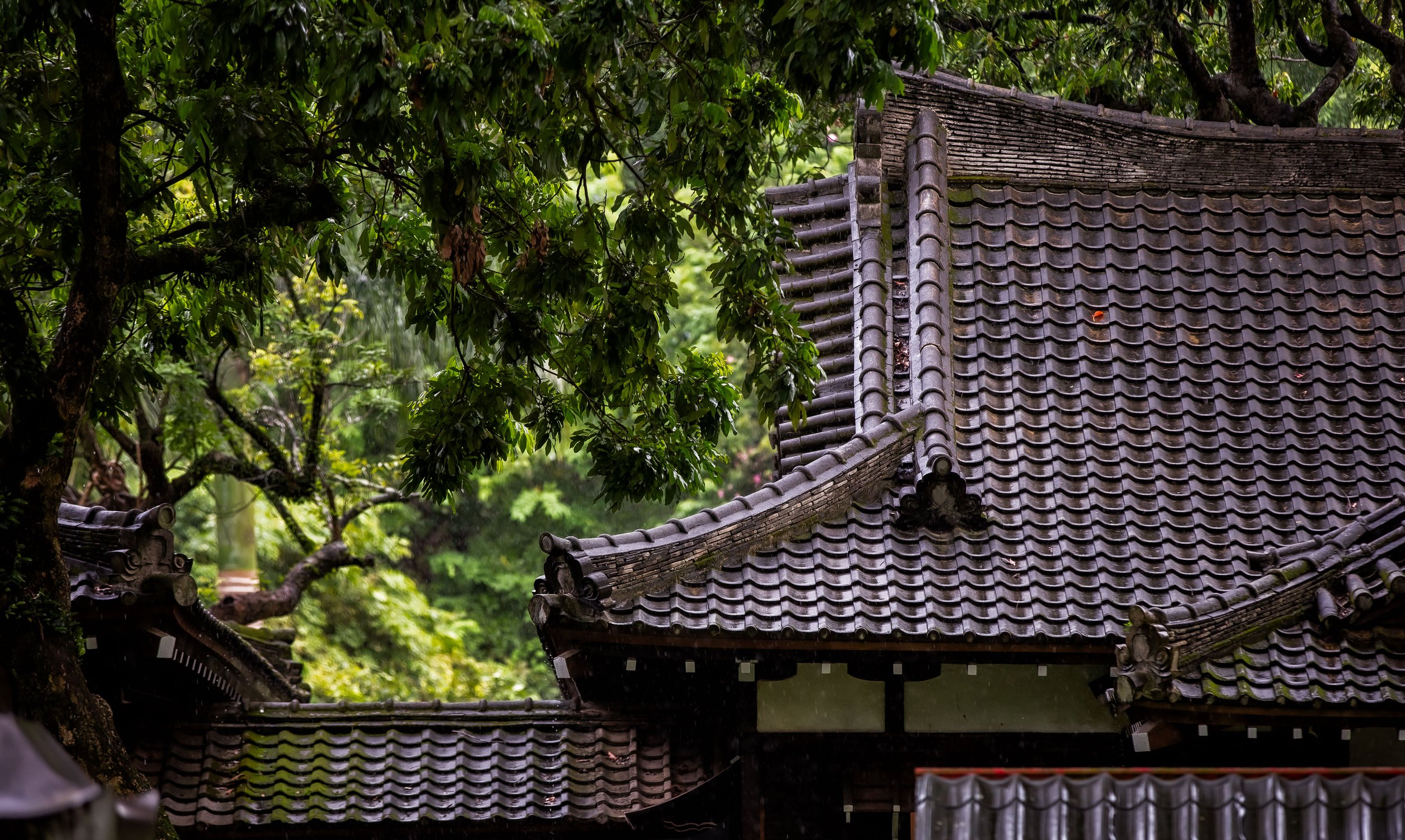The Lunar New Year holiday is a 15 day long celebration celebrated by Asian cultures throughout the world. In Taiwan, before the New Year arrives, people spend a lot of time preparing for the celebrations to come. Yesterday was the first day of the New Year known as "Chu Yi" (初一) and is another busy day spent with family. Families in Taiwan typically wake up in the early hours of the morning to perform certain religious rituals known as “Bai-Bai.” (拜拜) and visit various temples before having another meal together.
2015 Blog Post about Lunar New Year's Day (初一)
Temples at this time are extremely busy as almost every family in Taiwan will visit at least one and there are of course a few temples that people absolutely must visit. I followed the same schedule as last year and visited three smaller Hakka temples near home and then ended the day with a visit to the “Mecca” for Hakka people in Taiwan - “Yi-Min Temple” (義民廟) which is dedicated to Hakka heroes hailed as patriots for giving their lives defending Taiwan from a revolt during the Qing dynasty.
Yi-Min Temple was just as busy this year as it was last year with Hakka people from all over the country congregating at one of their most important cultural shrines. The temple was filled with hundreds if not thousands of people making offerings to the gods, having a free lunch provided by the temple and trying their luck gambling outside of the temple with scratch tickets and the lottery.
Everyone seemed to be in really good cheer and having fun. I enjoyed that the weather was great and the sun shining in the temple made for some nice shots. Yi-Min temple is only about a 40 minute drive from my place and is in Hsinchu county, but despite that I was still able to run into people I know from Taoyuan showing just how important the temple is to the Hakka people in the area.
When Taiwanese people visit temples during Lunar New Year, they usually buy tools for worship at little shops near the temple which include incense sticks, ghost money and some kind of food offering. After lighting the incense they will make their way to a shrine and raise the sticks to their heads and introduce themselves to the God afterwards making a request for good health for themselves and their family as well as a little prosperity if the god sees fit.
Once they finish speaking to the god they bow several times and thank him (her or it) and move on to other shrines. When they finish with all the shrines in the temple (usually there are several) they will leave a food offering on a table in front of the temple which is offered to the god as thanks.
Apart from visiting Yi-Min Temple I also visited Huang-De Temple (皇德宮), a yet to be completed folk religion temple known for its beautiful display of roses and the San-Sheng Palace (聖帝廟), a century old folk-religion temple that mixes Taoism and Buddhism and has a great view of the valley below. I visited Huang-De Temple last year but while on my way to Yi-Min temple I noticed a lot of traffic heading in the direction of San-Sheng Palace so I decided to check it out on my way back!
After a long day of temple-hopping and and breathing in way too much incense, it was time for me to head back home and rest. Taiwanese people on the other hand typically go to temples nearby their "old home" (老家) which means that they will eventually make their way back there to spend more time with their family and have another big meal together!
The second day of the Lunar New Year (初二) is when women typically go back to their home for a reunion with their families which involves more eating yet is a bit more relaxed than New Year's Eve and New Year's Day.
For me though, I'm done with the celebrating for a few days - I'm planning on going hiking for the next two days before heading down south for some more Lunar New Year temple festivities. Below are a few shots of the sunset on the first day of the Lunar New Year with the sun reflecting in the water on a rice paddy on my way back home.
I hope everyone in Taiwan is enjoying the weather and is having a great vacation!
For everyone else - Happy Lunar New Year! 新年快樂!
Gallery / Flickr (High Res Shots)
